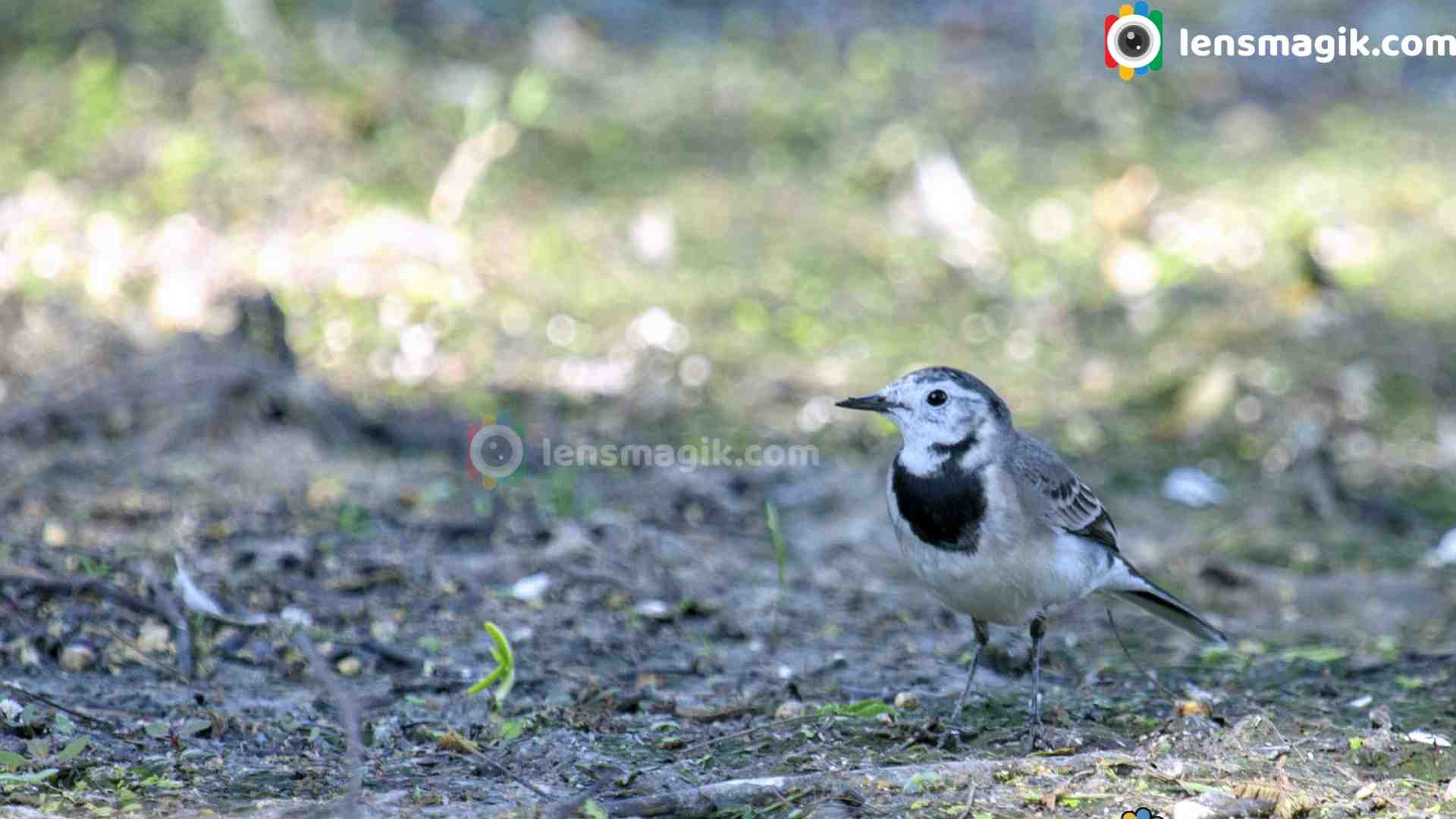
White wagtail is a small passerine bird. It is included in family Motacillidae. It is also included in Pipit and Longclows. White wagtail is a charming little bird. It is recognized by its constant tail wagging. So that its name on its behavior Wagtail. It is resident bird of Mideast parts or migrates to Africa. Some dark sub spices like Pied Wagtail and water wagtail found in Ireland and Great Britain. It generally found near water, ponds, lakes, wetlands and some agriculture areas.
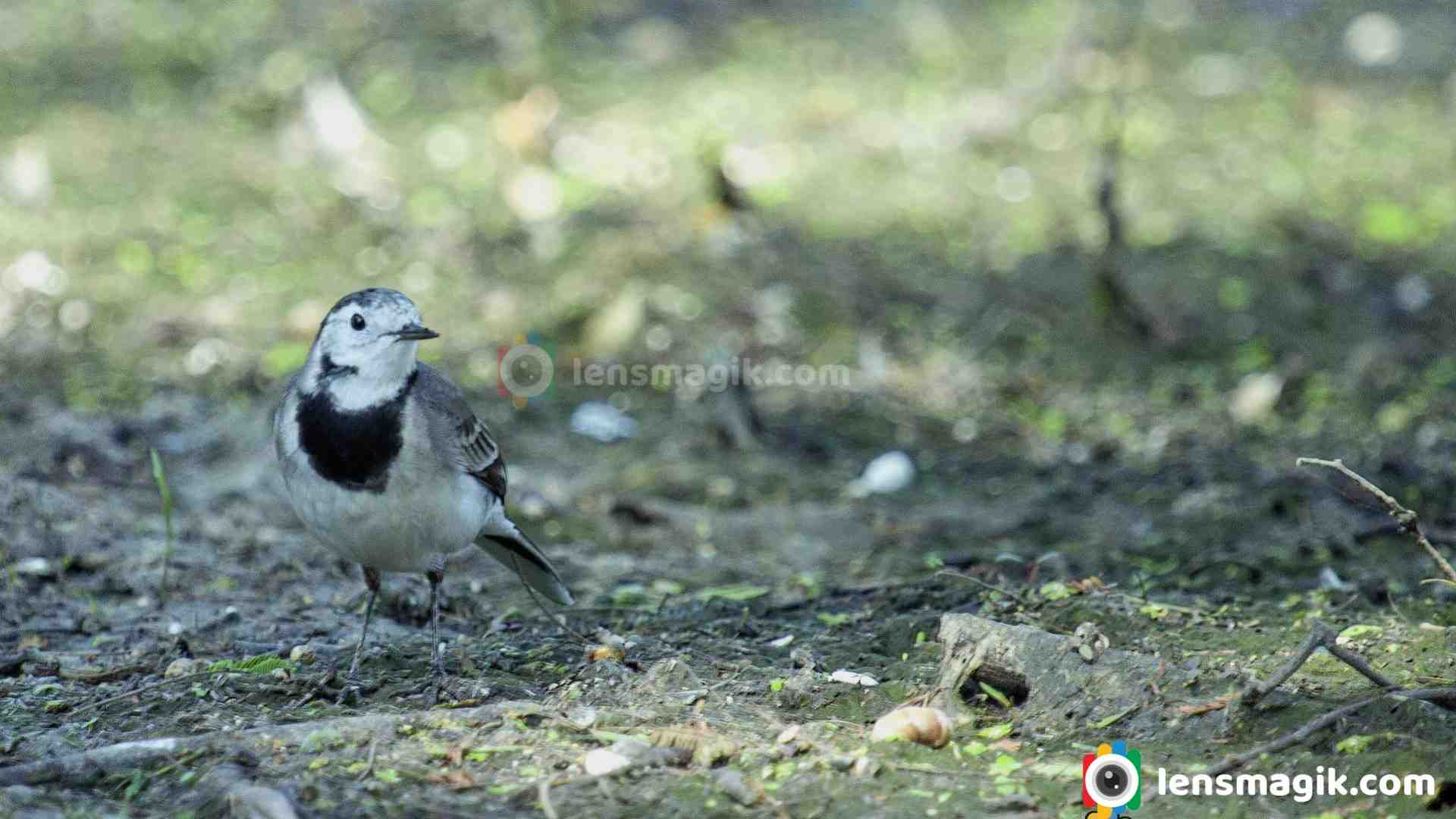
Facts and Description about White Wagtail :
- Size : It is small in size about 16 -19 cm. Weight around 25 gm. It has slender body and Long tail.
- Color : It is black and white in color. Sub spices has some variation in color.
- Diet : It feeds invertebrates and small insects.
- Habitat : It generally found near water bodies like pond, lake, wetland. They are adaptable and also found in urban areas also.
- Behavior : It is active foragers and active all the time lookout for insects. Most distinctive characteristic is its tail constantly moving for balancing , attracting mates and communications.
- White wagtail is National bird of Latvia.
- Lifespan of white wagtail in wild is up to 12 years.
- There are many sub spices with little varying plumage pattern.
- White wagtail generally seen in Pair or in group.
- It breed in Europe, Asia and some part of North Africa.
- The call of White Wagtail is Chisick .
- Breeding season for white wagtail is April to August.
- They lay 3-8 eggs cream colored.
- It is in Least concern in IUCN list.
White wagtail bird is found in many sanctuaries in Gujarat like Thol Bird Sanctuary, Nal Sarovar Sanctuary, Pariej Wetland and many more wetland and lakes in Gujarat. I found first time at Thol Lake in Gujarat during summer. It generally migrate for food and cold season. It was very long time i capture in my camera. I shoot it at ground level by crawling and get good result as well .
Location : Photos taken at Thol Bird Sanctuary
Camera Used : Canon 1000 D, Canon 100-400 mm lens.
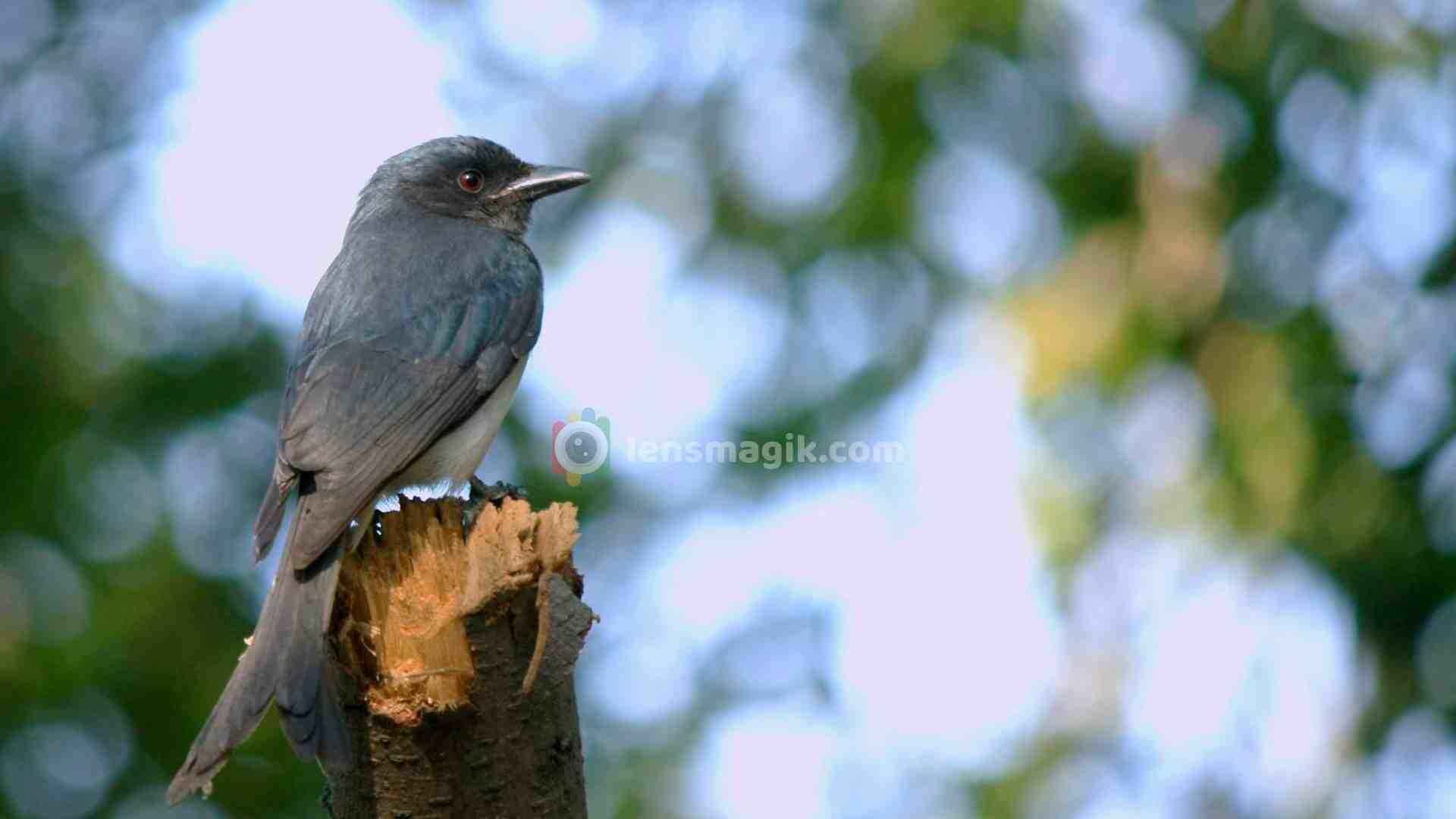
White Bellied Drongo is a spices of Drongo bird which is a member of Dicruridae family. The George Edwards which is English Naturalist used name The Fork Tail'd Indian Butcher Bird. It is generally found at open forest or dry scrub areas. I found it at Thol Bird Sanctuary near thol village , Kadi taluka. It is also a Dicruridae family bird which is very similar to black drongo only difference is white color in underparts. Tail is long and looks like fork .
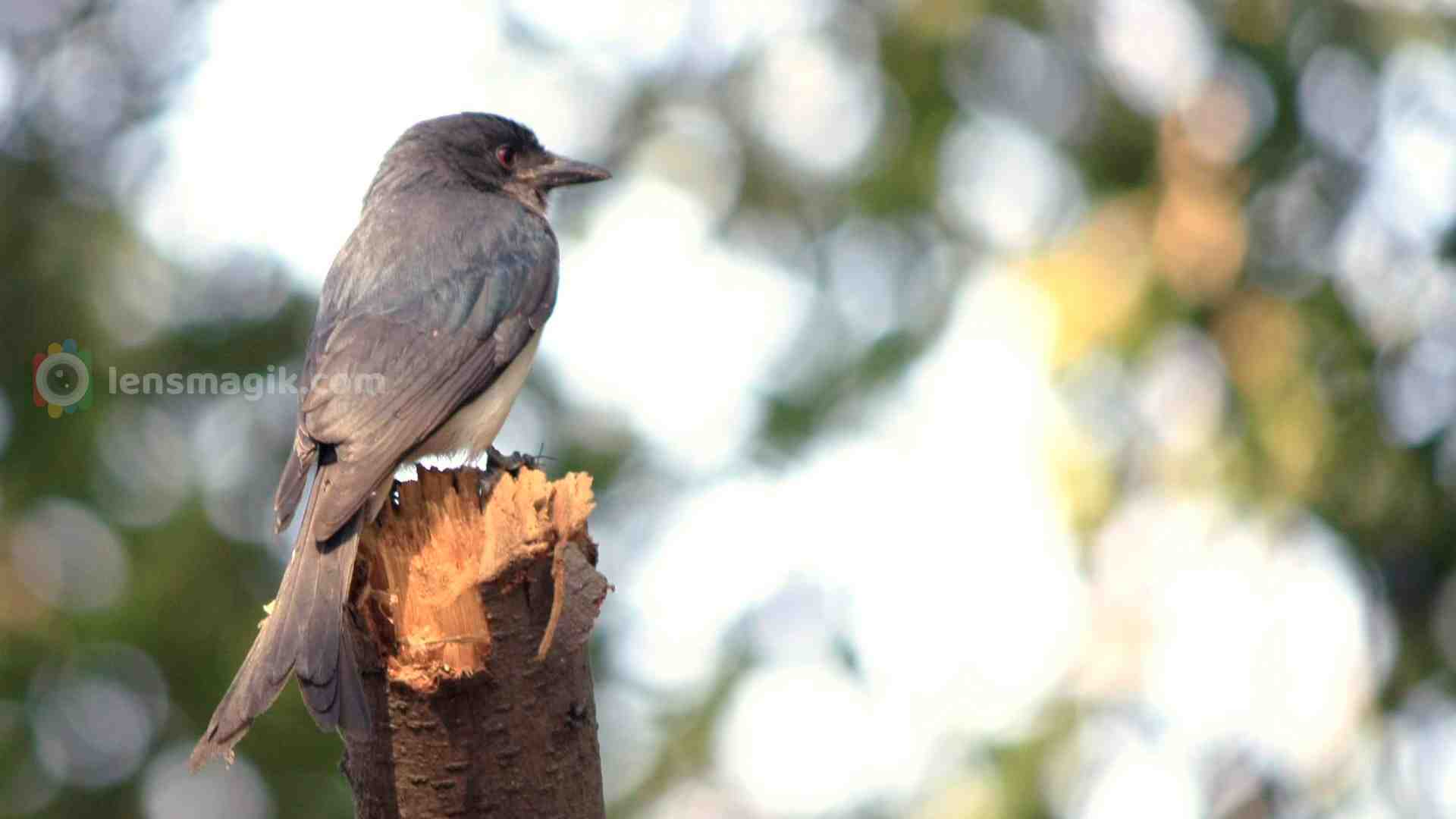
Description and Facts about White Bellied Drongo :
- White bellied Drongo is similar to Black Drongo . It has black body , greyish throat and belly is white.
- Tail is looks like fork and less deep then black drongo.
- Male has shorter tail then female.
- White bellied drongo found in forest and dry areas. It is a resident bird in India.
- They are in group of 2 or 3 generally.
- Breeding season for Drongo is February to July.
- They lay 2 -4 eggs on 20-30 feet height on tree.
Also a Black Drongo is very similar to white bellied drongo. In Thol Bird Sanctuary both spices found. Also they found an many other places of Gujarat because they are resident birds. Drongo bird is also very aggressive during breeding season and after laying eggs to protect them.
Photo Taken at Thol Bird Sanctuary, Gujarat
Gear used : Canon 1000 D with canon 55-250 mm lens
Read more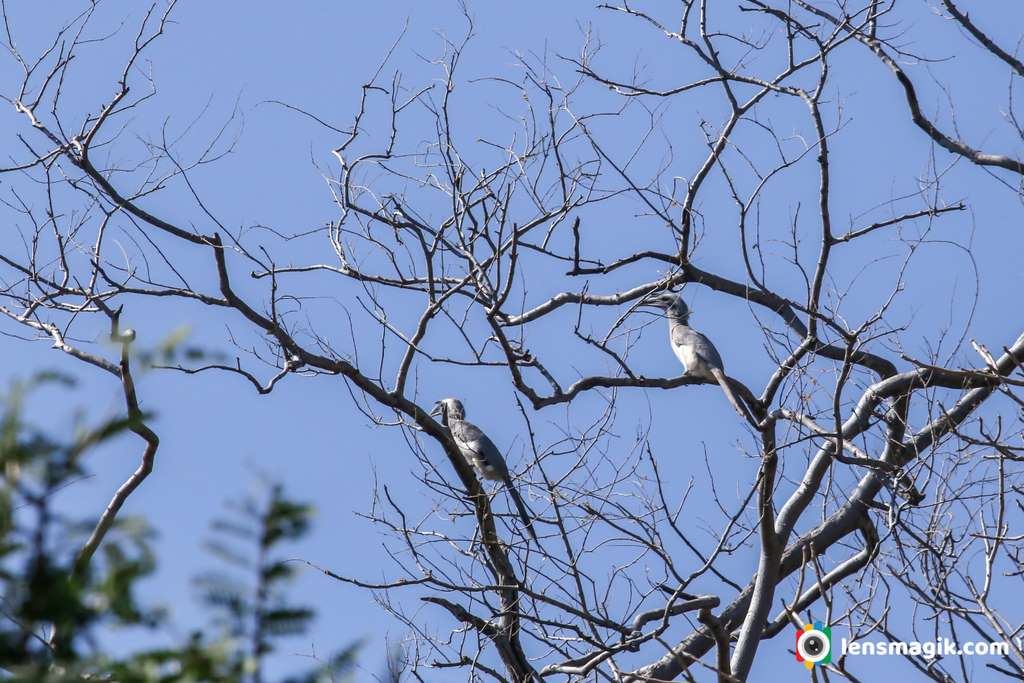
Indian Grey Hornbill is now found in Gujarat many places in Arravalli Hills. I found it at Jessore Sanctuary near palanpur. There are also many more places where Indian Grey Hornbill found in Gujarat like Polo Forest, Sarita Udhyan Gandhinagar also Balaram many places and many forest area and outskirts of forest. Before 10 years there are less chances of Indian Grey Hornbill in Gujarat but now a days population increase of Indian Grey Hornbill. My friend Parikshit Acharya found many years ago at Jessore Sanctuary for the first time at Jessore and his artical was published in BNHS ( Bombey Natural History Society). After that we found it at many places in North Gujarat. There are also chances in south Gujarat but we didn't explore much in south Gujarat.
About Indian Grey Hornbill :
- Indian Grey Hornbill is a common hornbill.
- They generally found in pair.
- Color of Indian Grey hornbill is light grey as per its name and dull white belly and feathers also in grey color.
- As his name is Hornbill its horn is long and curvey. Horn color is black or dark grey.
- It is medium size 60 cm in lenght.
- In male hornbill skin around eye is dark and in female hornbill its pale raddish.
- Hornbill spices found generally at 2000ft height. It found also in cities on large trees.
- Indian Grey Hornbill call like black Kite.
- April to June is nesting and breeding season for Indian Grey Hornbill. It lays 1-5 eggs.
- Indian Grey Hornbill found all over India and also in Nepal, Pakistan and Bangladesh.
- Indian Grey Hornbill feed fruits, berries, insects, snakes, lizards etc.
- Indian Grey Hornbill is in Least concern in IUCN list.
- The Dayak tribe consider that if Hornbills are flying over house is sign of good fortune to come.
- The Sulu Hornbill spices is the rarest hornbill in the world. They generally found at Philippines.
- Hornbill lifespan around 30-35 years but they live less may be because of Habitats.
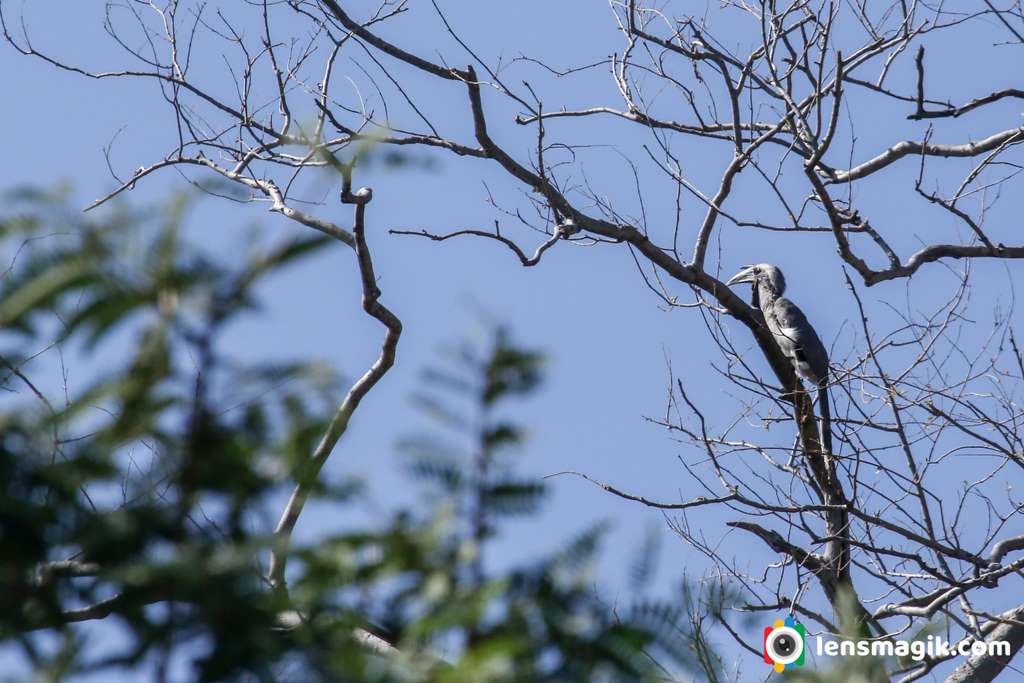
Hornbill Spices :
There are many spices of Hornbill bird in world. But in India there are some of them found. So i listed below the Hornbills Of India . I don't have all Hornbills Images but you can refer on Nature in Focus link www.natureinfocus.in/animals/the-hornbills-of-india for all Hornbills of India Images.
- Malabar Grey Hornbill
- Rufous Necked Hornbill
- Wreathed Hornbill
- Oriental Pied Hornbill
- Indian Grey Hornbill
- Narcondam Hornbill
- Austen's Brown Hornbill
- Malabar Pied Hornbill
Indian Grey Hornbill generally seen in pair so if you found one then another is also their. Capturing hornbill is bit tough because they are on large trees so you need good binocular and good camera lenses to have a good Image of Hornbill. I was not much lucky but i have a record shot of Indian Grey Hornbill and have a tick in my bird list of Indian Subcontinent.
Gear Used : Canon 6D, Canon 100-400mm lens
Location : Jessore Sloth Bear Sanctuary, Way to Kedarnath Temple.
Read more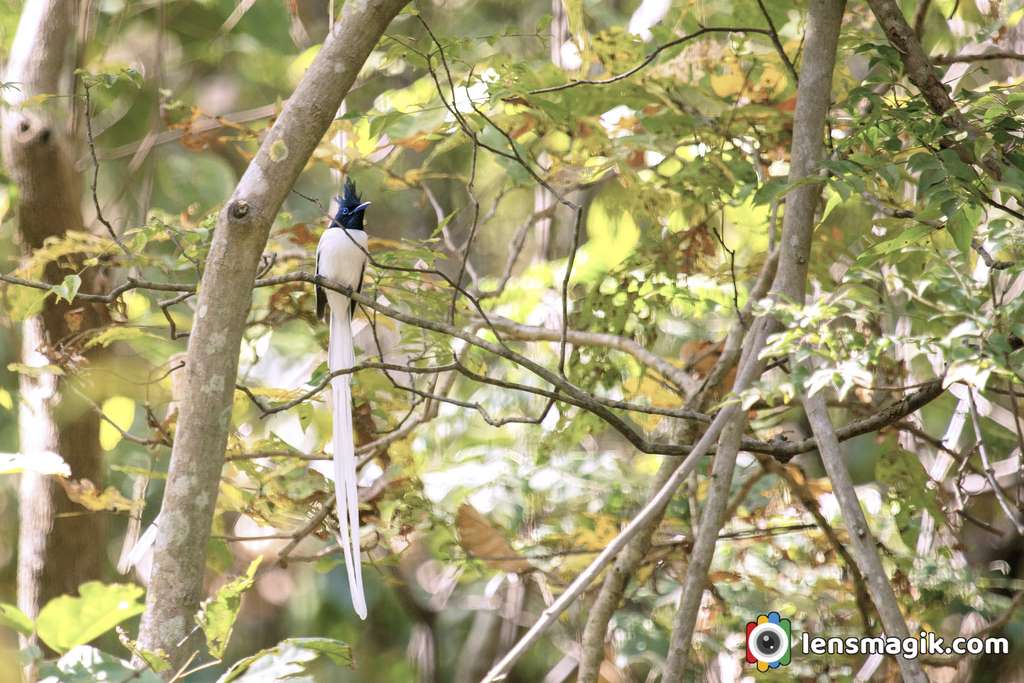
Indian Paradise Flycatcher is previously known as Asian Paradise Flycatcher short form ( APFC ). It is widly spread in India and in Asia. All Flycatcher birds are medium in size. Asian paradise flycatcher size also medium. The Indian Paradise flycatcher is in lease concern on IUCN red list. There are three sub spices of Paradise Flycatcher
- T. P. Paradisi
- Himalayan Paradise Flycatcher
- Ceylon Paradise Flycatcher
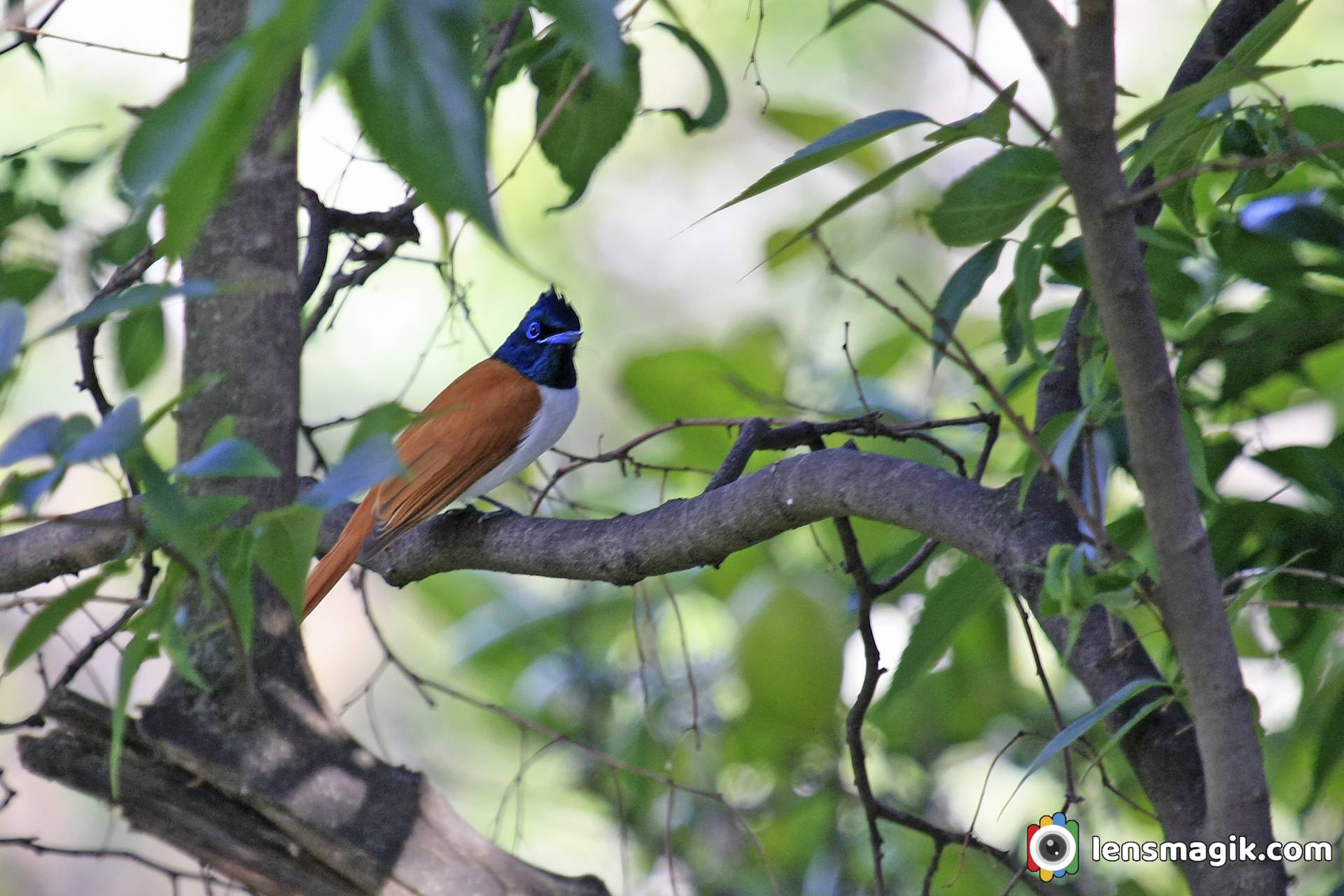
About Indian Paradise Flycatcher Bird :
- Adult Indian Paradise flycatcher size is around 19-22 cm.
- Flycatcher head color is black with crown and crest.
- Male paradise flycatcher is white in color and female is rufous.
- Young Male Asian paradise flycatcher is much similar like female.
- Young male paradise flycatcher color is rufous and it has short tail.
- After 2015 Indian Paradise Flycatcher, Amur Paradise Flycatcher and Blyth's Paradise flycatcher are known as Asian Paradise Flycatcher.
- Indian Paradise Flycatcher is the State bird of Madhya Pradesh.
- Indian Paradise Flycatcher is known as Dudhraj in Gujarati.
- Indian Paradise Flycatcher lay one eggs per day and it lay 4-8 eggs after nesting. Incubation period is around 13-15 days .
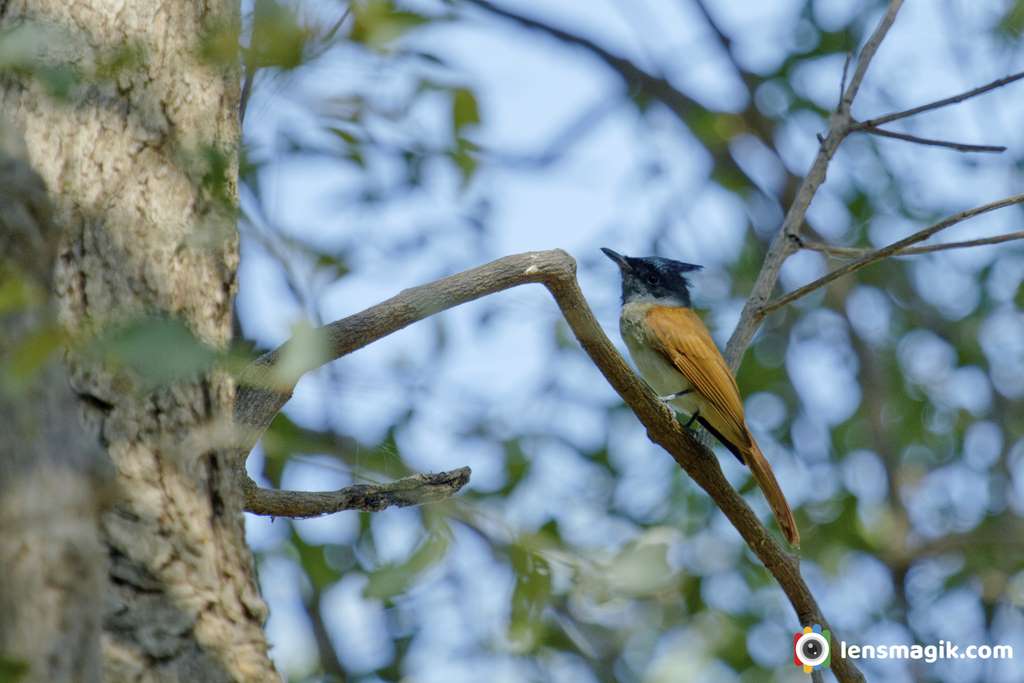
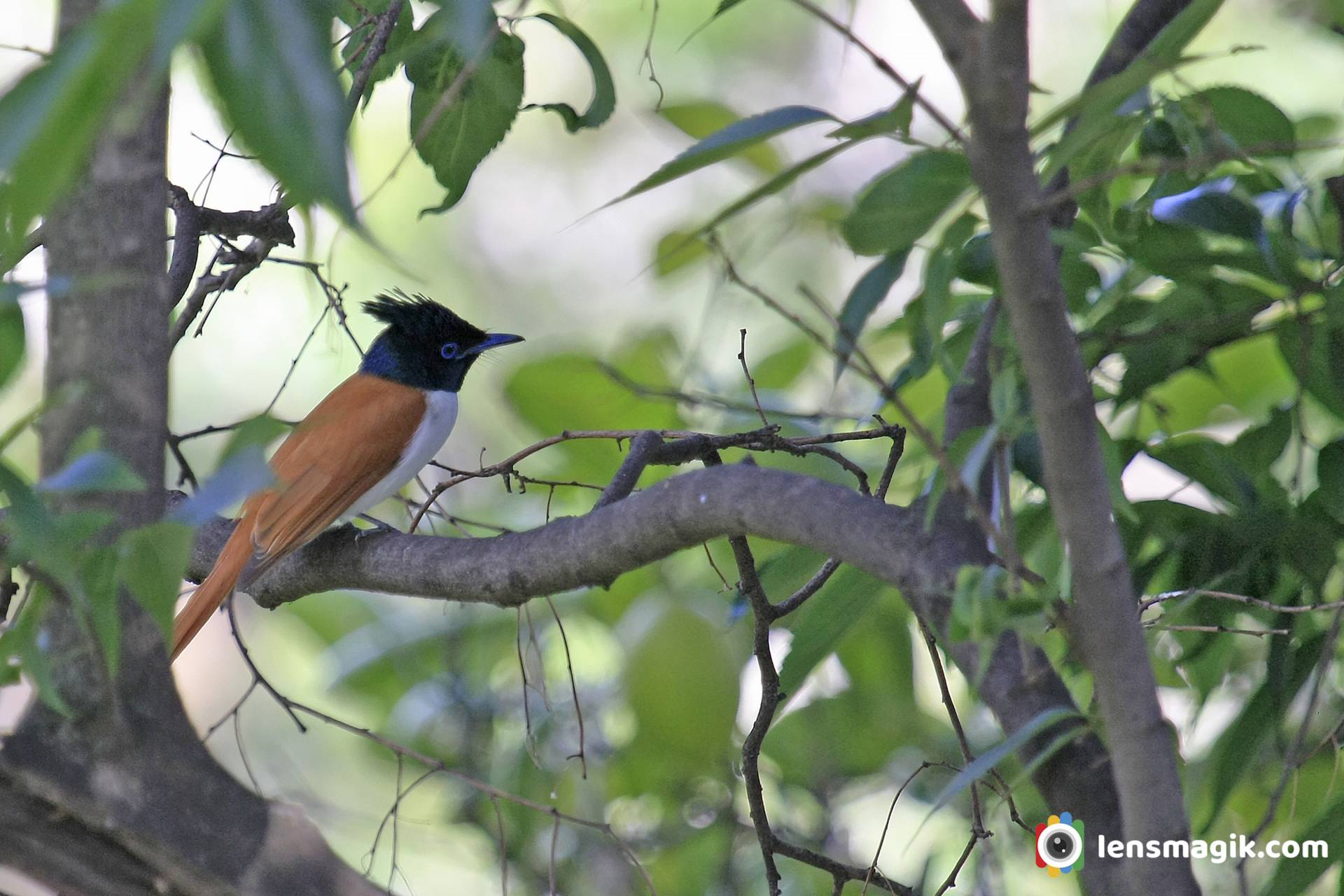
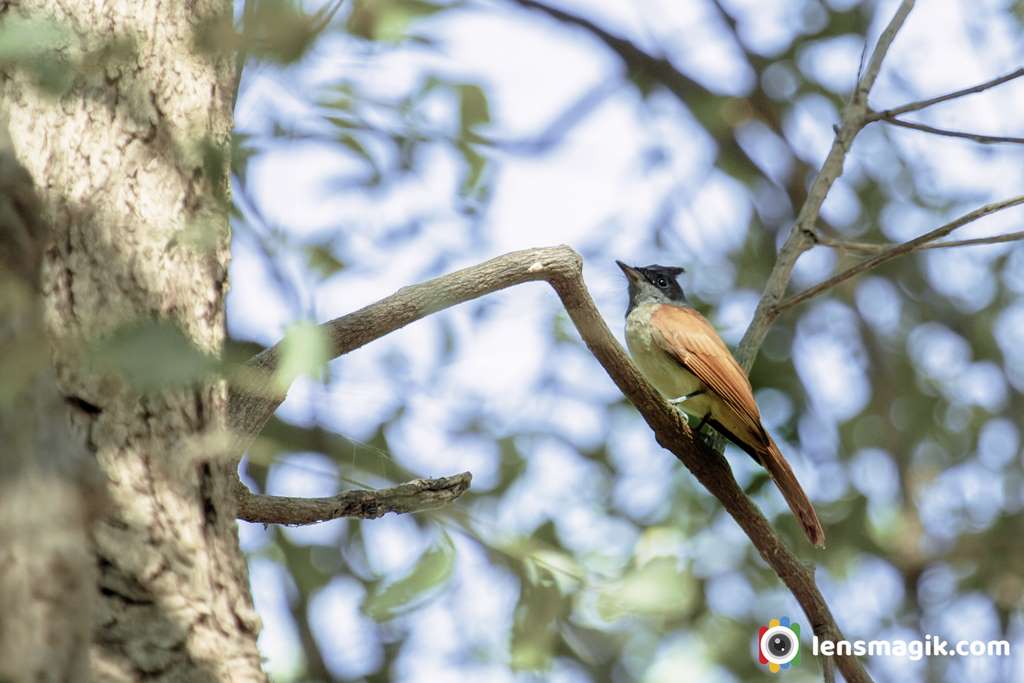
Paradise Flycatcher Name is from Greek terpsi mean ' Delighting in ' and phonos mean ' Voice ' . So it is Delighting In Voice Bird. The Indian Paradise flycatcher or Asian Paradise flycatcher found in Central and south India, Bangladesh , Myanmar, Shri Lanka and many more regions of Asia. Indian Paradise Flycatcher eat insects like moths, beetles, Butterflies, Ants and Spiders too. The Average lifespan of Indian Paradise Flycatcher is aroun 8-10 years. I found Indian Paradise Flycatcher during my Manali trekking and Also at Thol Lake. During my trek to manali i found both Male and female Indian paradise flycatcher but unfortunately i capture only female paradise flycatcher. At Thol Lake i found only Female Paradise flycatcher. I get Male Indian Paradise flycatcher at Corbett national Park during my saffari ride. But some poor quality result photos.
Camera Used : Canon 6 D, Canon 1000 D, Canon 100-400 mm lens
Location : Male Indian Paradise Flycatcher found at Corbett National Park , Female Indian Paradise flycatcher found at Thol Bird Sanctuary and also at Manali trekking at Rumsu village.
Read more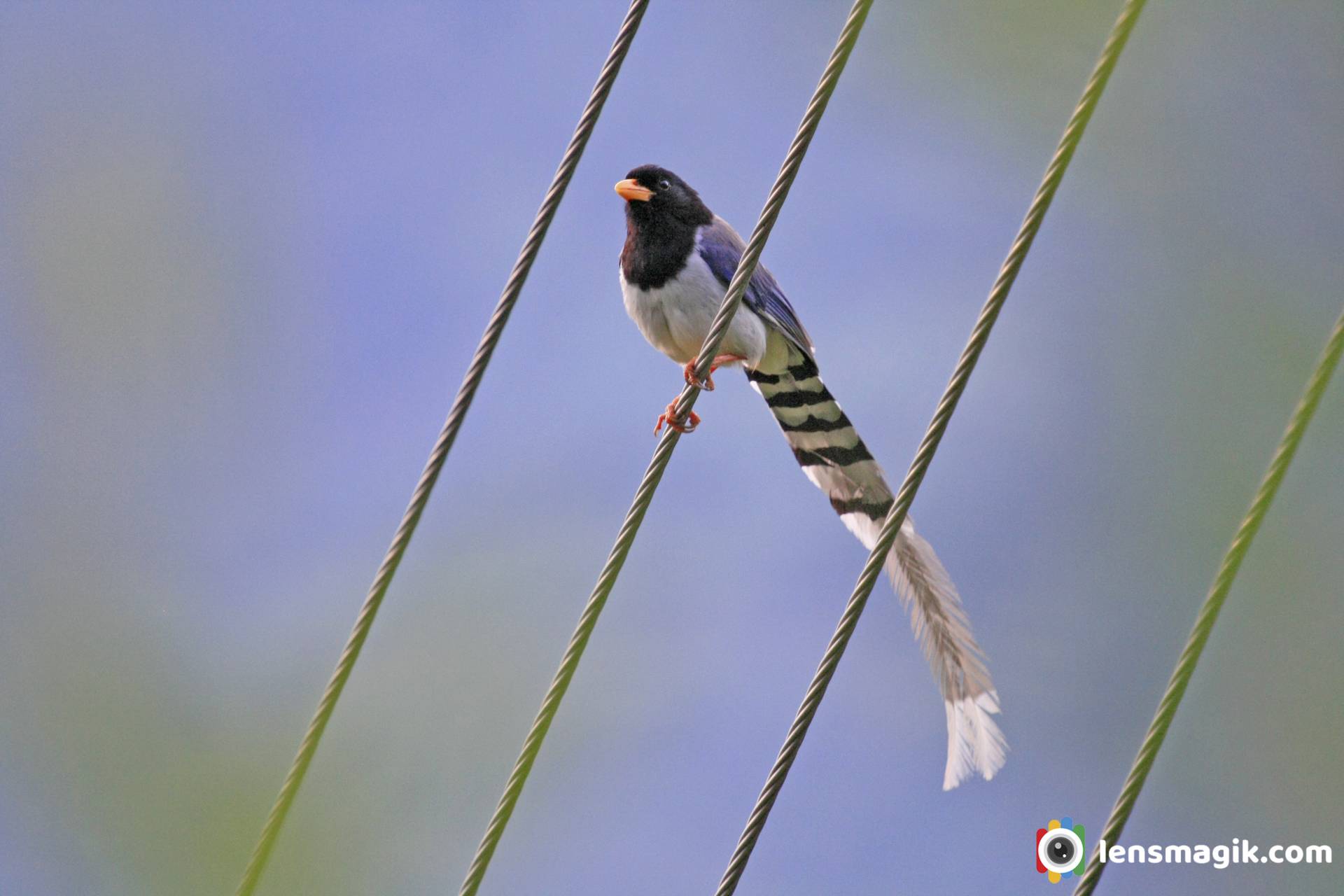
A bird with long tail Yellow Billed Blue Magpie bird found in NE India and mostly in Himalayas. During my trek to manali chandrakhani pass our base camp dobhi is beautiful place and i found lots of birds around my base camp. Yellow Billed Blue Magpie Bird is easily identify because of its long tail. A beautiful bird with long tail looks blue in color and strips on tail. It founds mostly in himalayan range. It is resident bird of Himalayas. It belongs to crow and jay family.
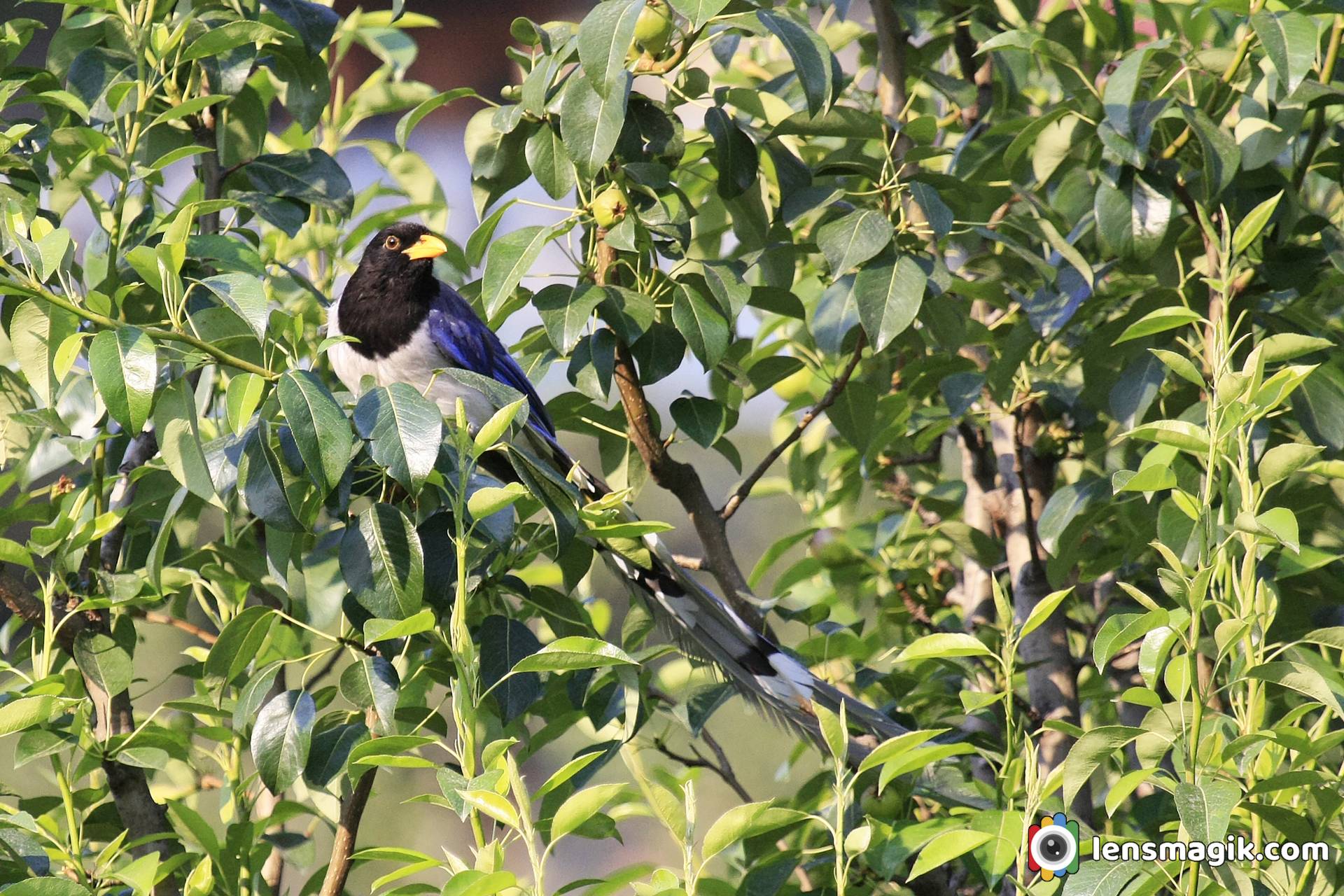
Description of Yellow Billed Blue Magpie :
- It has Yello bill and small white crescent on nape.
- Duller blue Grey Mantle and wings.
- Juvenile similar to adult but has duller head and upperparts also more extensive white on nape and dull olive yellow bill.
- In western himalayas has white underparts and bluer mantle and wings than Eastern Himalayas which has greyer mantle and wings and primrose yellow wash to underparts.
- Call of Yellow billed blue magpie is A wheezy bu - zeep - peck - peck , pop - upclea , pu- pu -weer and a high clear - clear.
- Usually its in pairs or flock of up to ten.
- They build nest on fork of tree and made by roots and grass.
- The clutch consists 3 or 4 eggs.
- They eat small mammals, fruits, insects etc.
- Breeding zone in between 5000 ft to 9700 ft approx.
- Its length about 66 cm and tail length 45 cm approx.
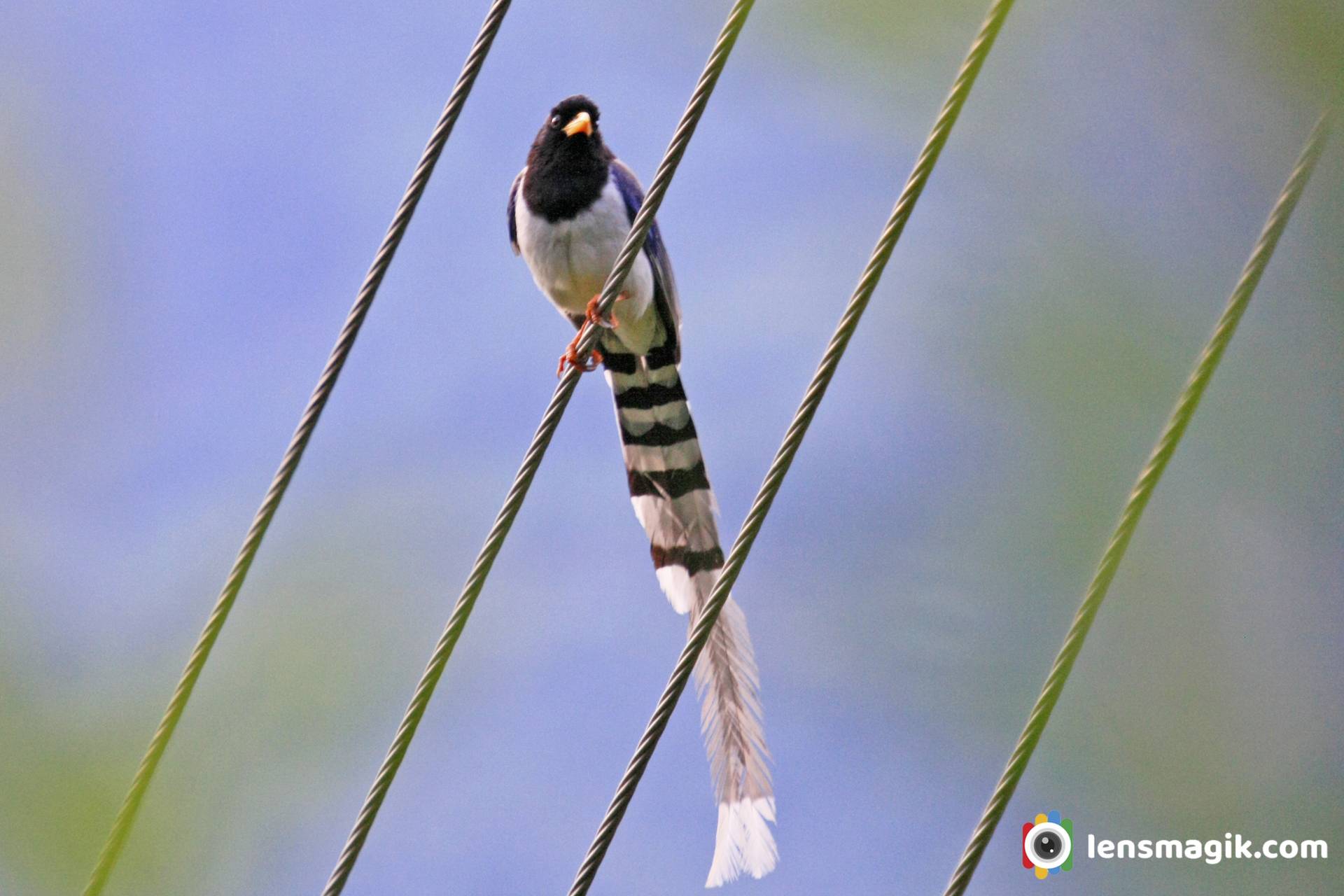
Himalayan Mountain range is best place for birding and landscape photography. Different areas of NE himalayas and E Himalayas have different landscape views of Himalayas. Some good places to go by trek are Manali chandrakhani pass, Har ki Dun trek, Valley of Gods, Sattal, Valley of Flowers, Kaza, Spitti Valley , Singalila National Park etc...
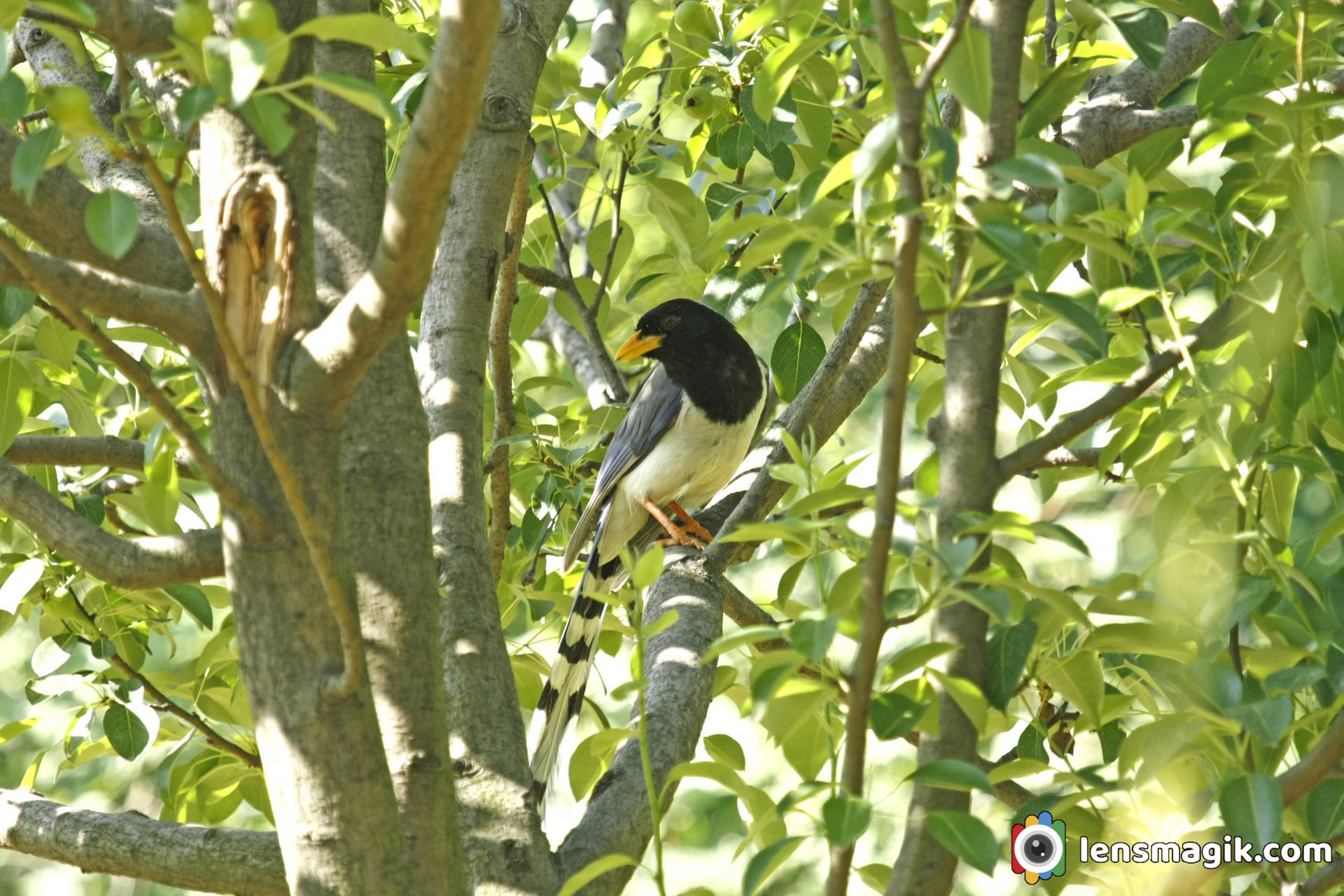
Gear Used : Canon 1000 D , Canon 100-400 mm lens
Read moreBirds Of Gujarat ( Dendrocitta vagabunda ) : Rufous Treepie bird is a member of Crow family. It found in open scrub, forests, urban area and agriculture areas. The bird with long tail and beautiful color combination of Tail is bullish grey and stipped black. I shoot it at Jessore sloth bear sanctuary during Kedarnath temple trek. It generally found in India, Pakistan, Myanmar, Thailand and Bangladesh.
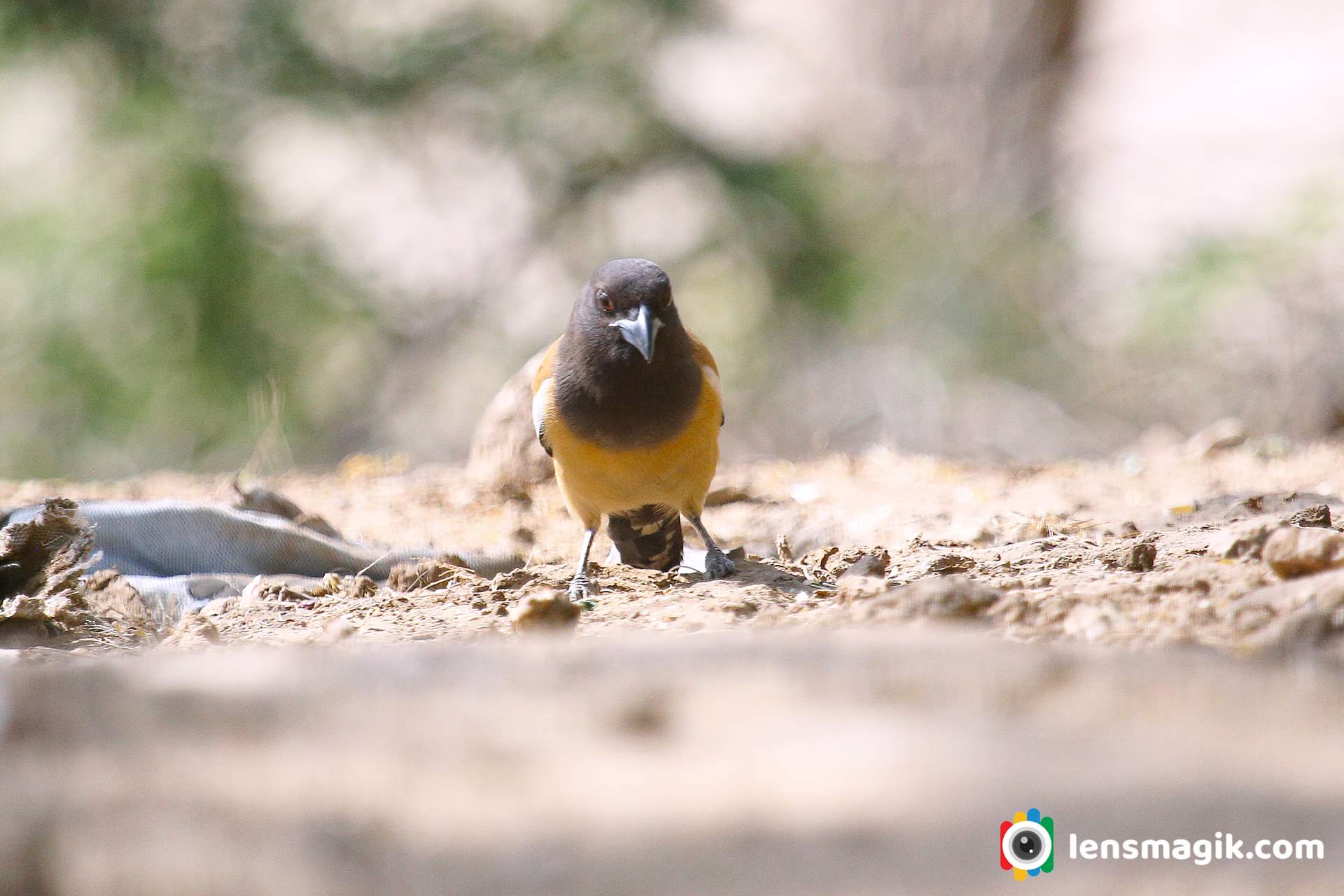
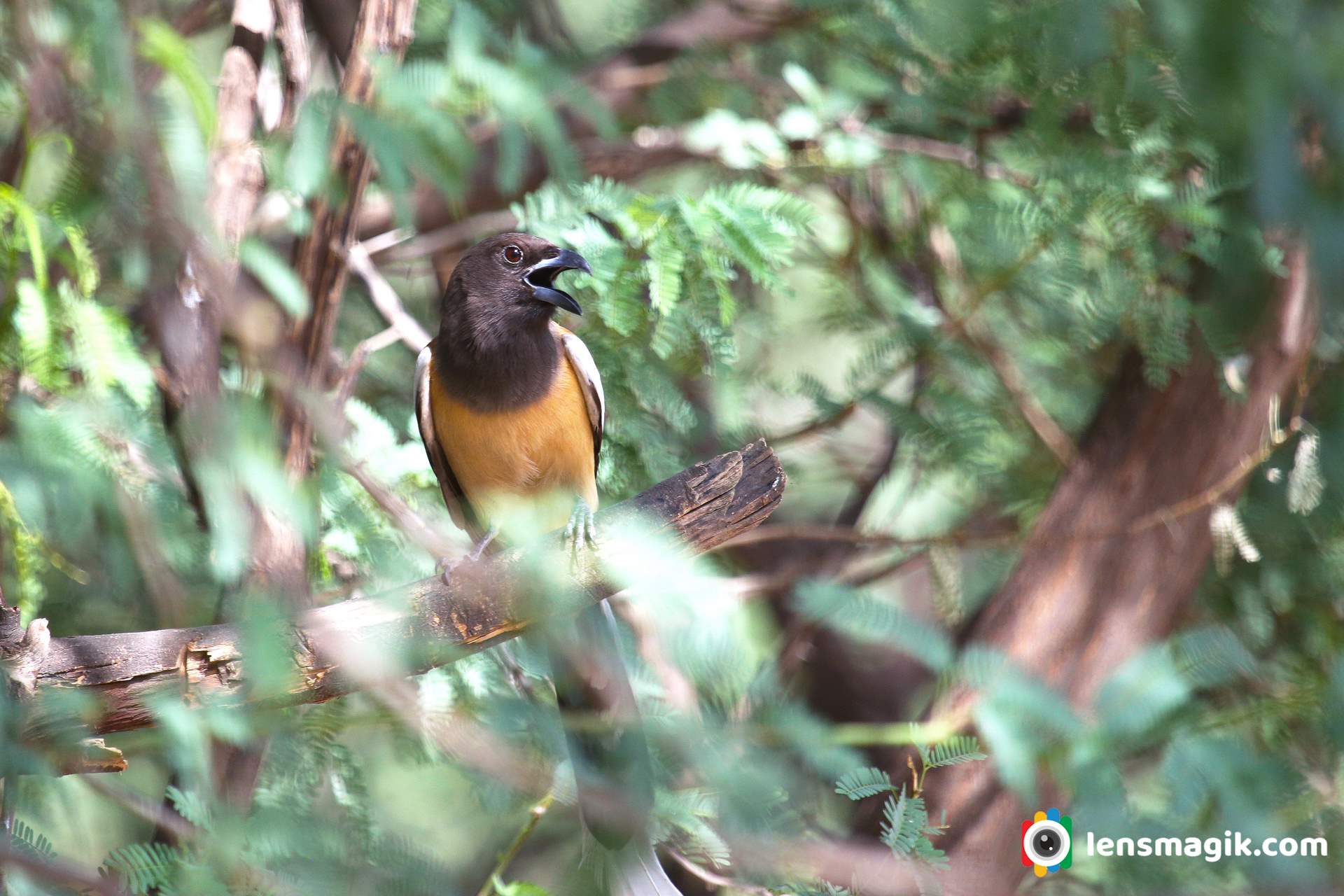
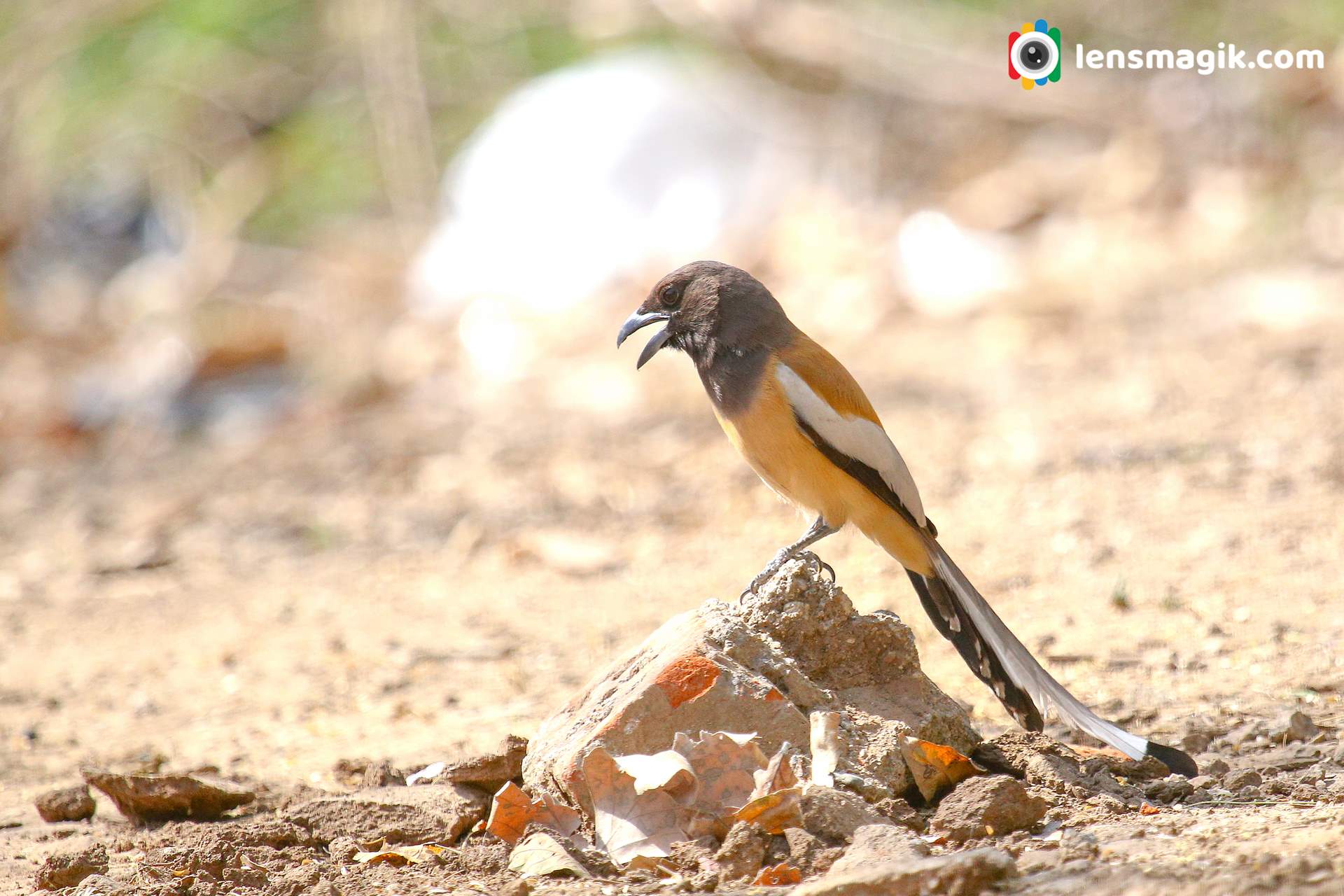
Description About Rufous Treepie :
- Body color is cinnamon and black head of Rufous Treepie bird.
- It has long Tail with bullish grey and black tipped.
- White patch in wings.
- The lower back and underparts are tawny brown to orange brown in color.
- Feet and legs are black.
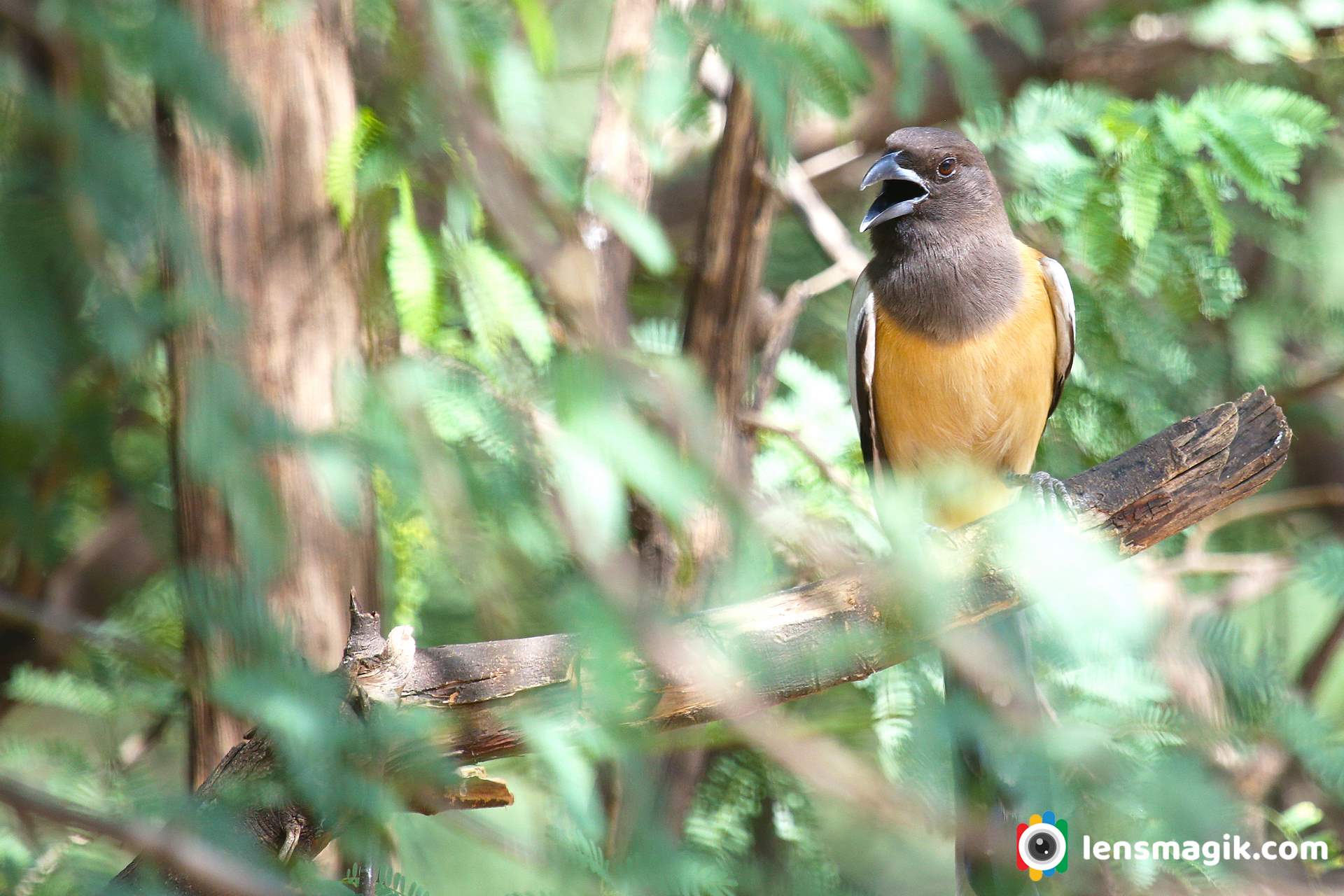
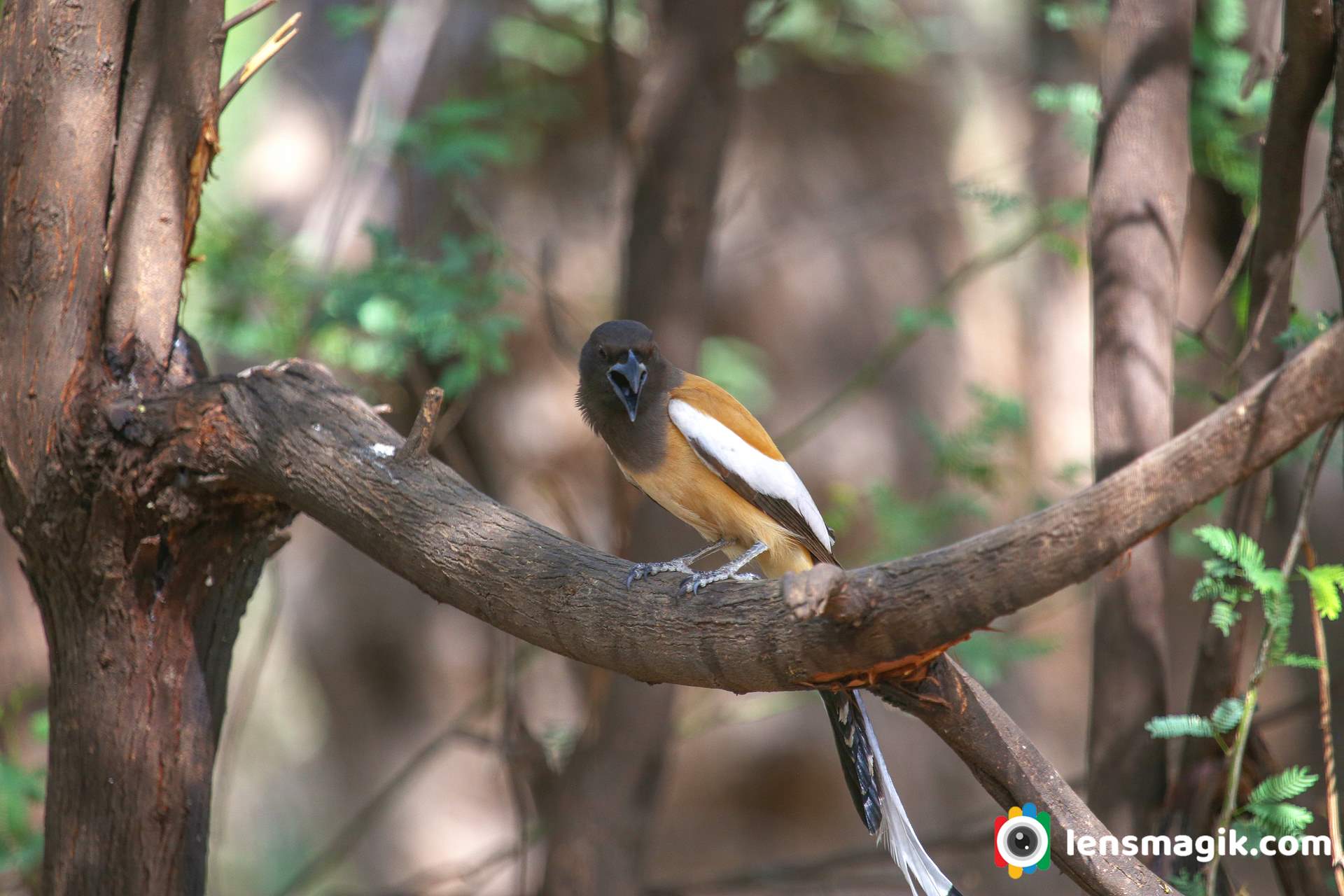
Things to Know about Rufous Treepie Bird :
- In India Rufous Treepie breeding season is April to June.
- It generally lays 3 to 5 eggs.
- It built nest in bushes and trees.
- Rufous Treepie Bird call is bob - o - link or ko - tree .
- Kotri is the local name of the Rufous Treepie bird.
- Gujarati Name of Rufous Treepie is Kherkhato
- Treepie also known for feed on fruits of which are toxic to mammals.
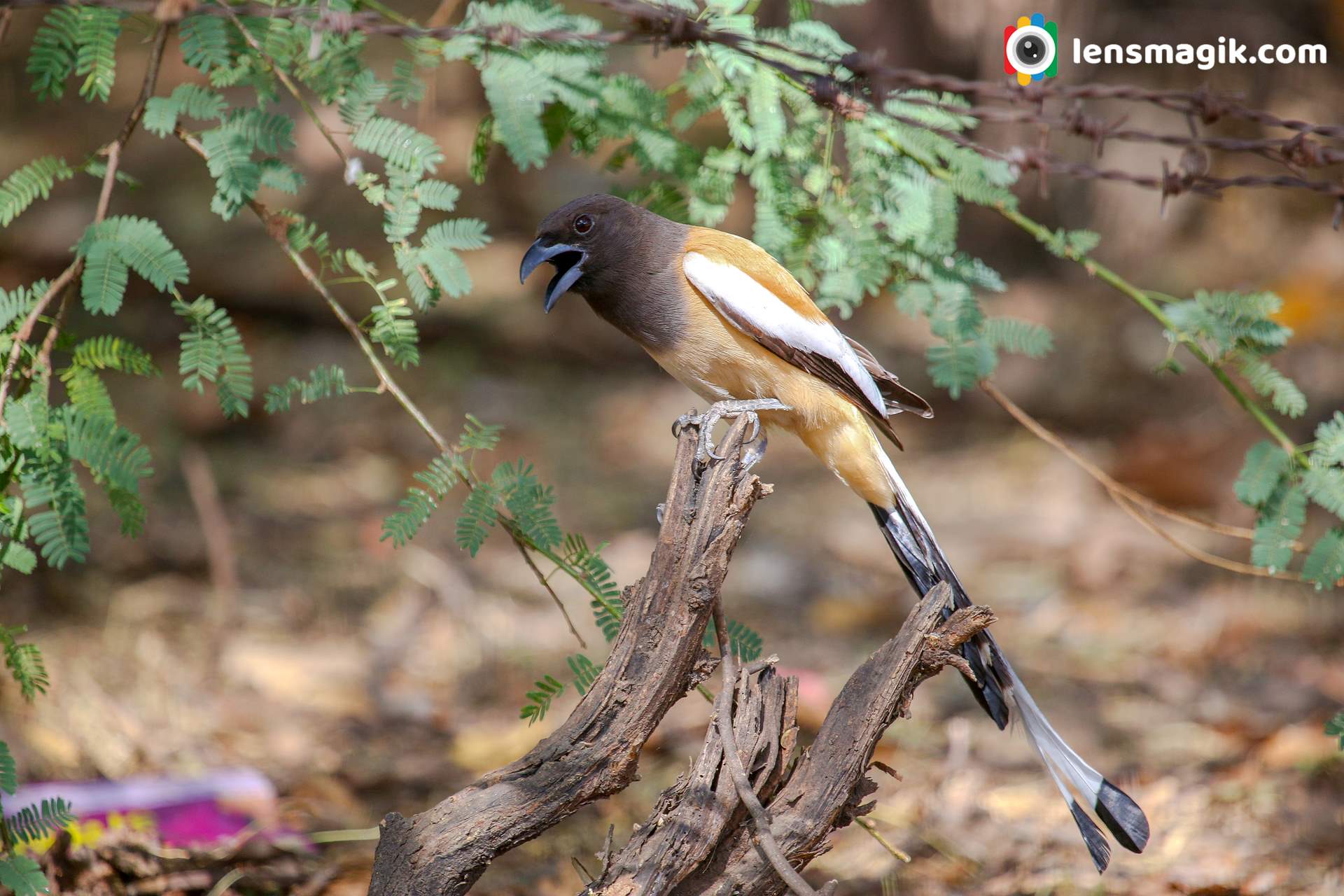
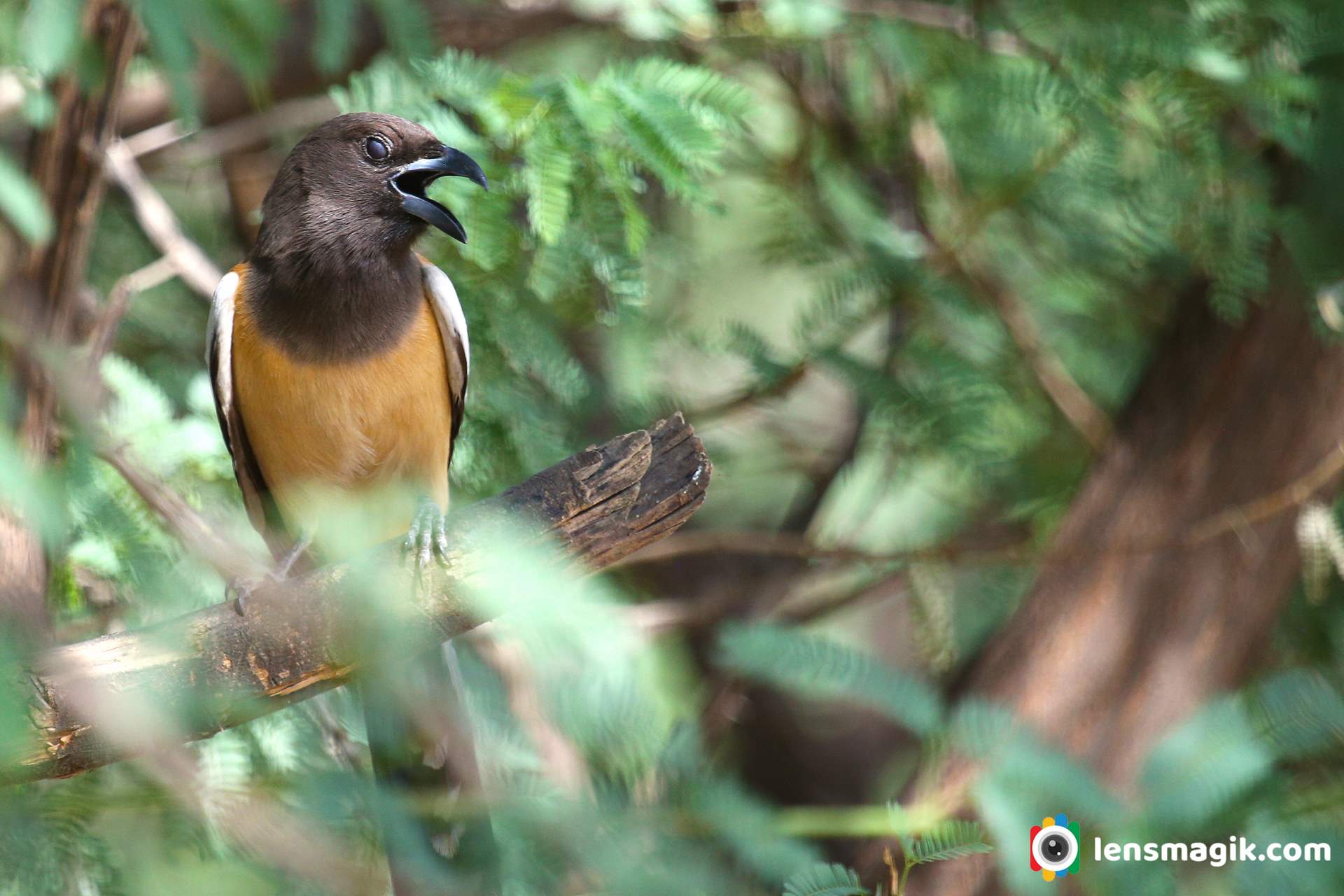
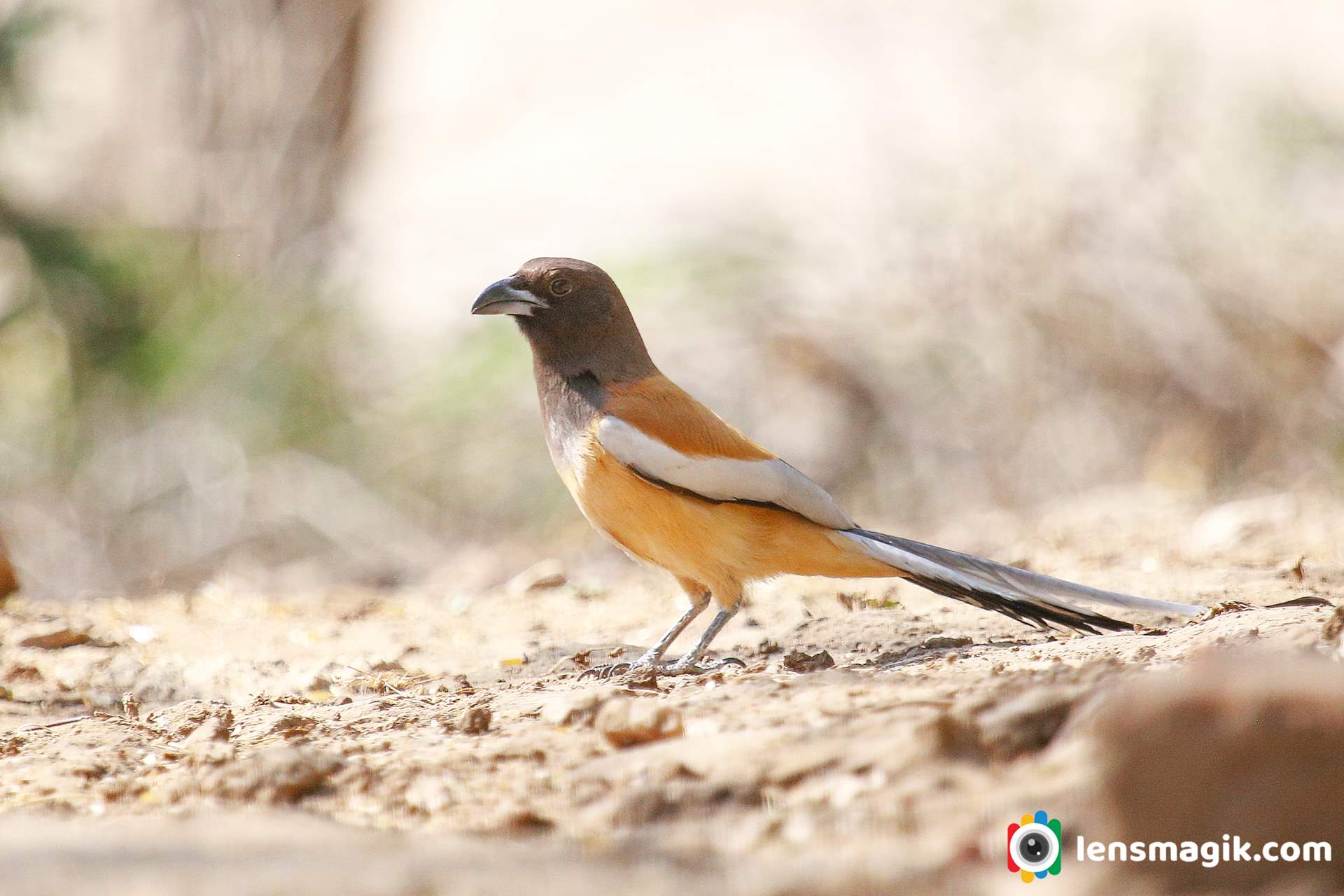
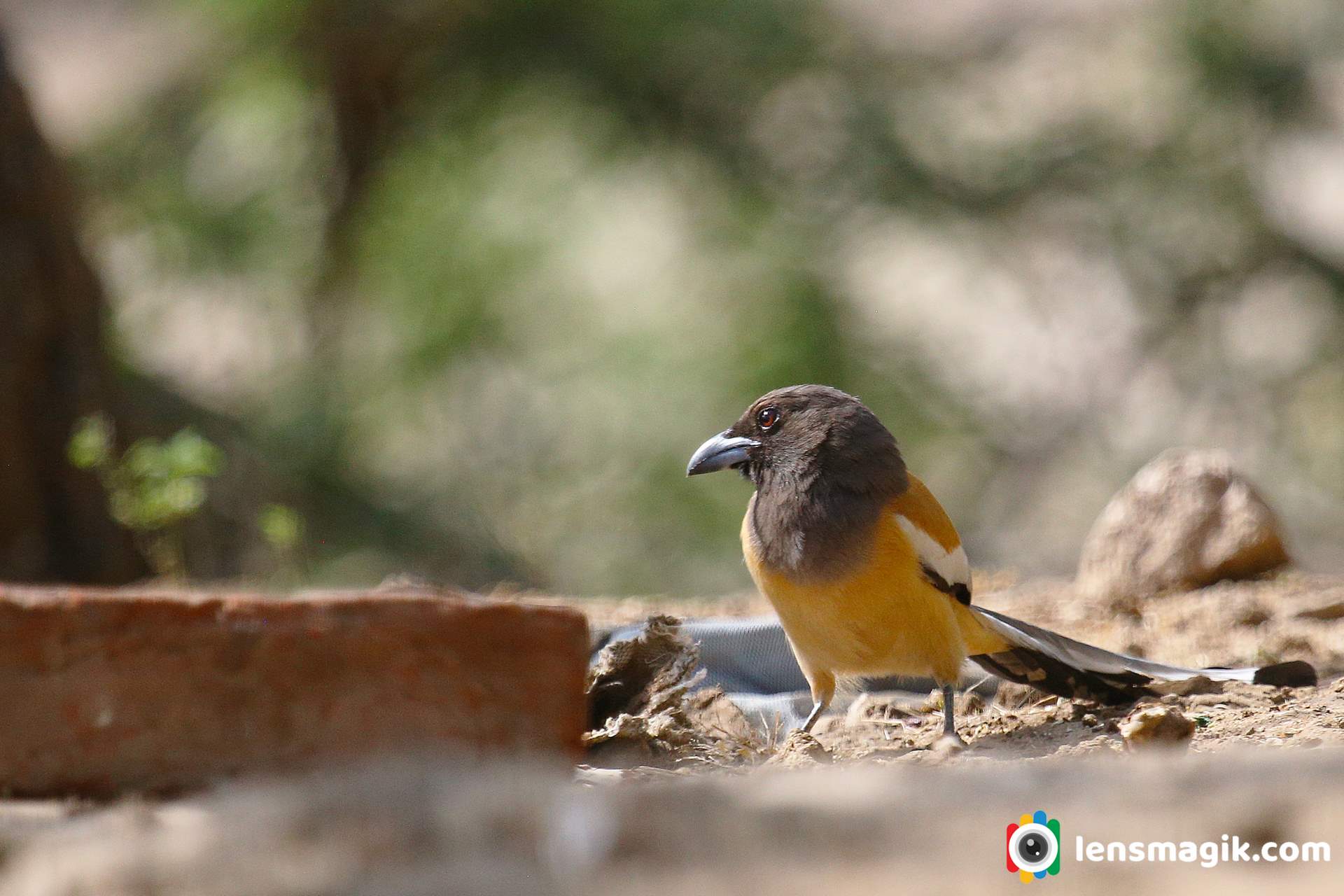
The bird Rufous Treepie is familier to get photographed. It has large sound so you can easily find him in a jungle by sound directions. Also a color is attractive so found easily.
Photos Taken At Jessore Sanctuary, Gujarat.
Gear Used : Canon 1000 D , Canon 55-250 mm Lens
Read moreAccentor is a small bird of prunellidae family. In India it is generally found in East Sikkim area. It built its nest low in a bush. When i was on a trip to Singalila National Park. I found at sandakphu area. Sandakphu is high altitude place in Singalila National Park located in West Bengal. From here you can see Mt. Kanchenjunga very clear which is highest peak of West Bengal. Lots of Birds here. To visit Singalila Park November to February you can found lots of snow and good landscapes too with snow on Mt Kanchenjunga. Also if you are going for birding you can visit March to May/June Month is the best . It is very cold weather during winter November to February at Singalila National park.
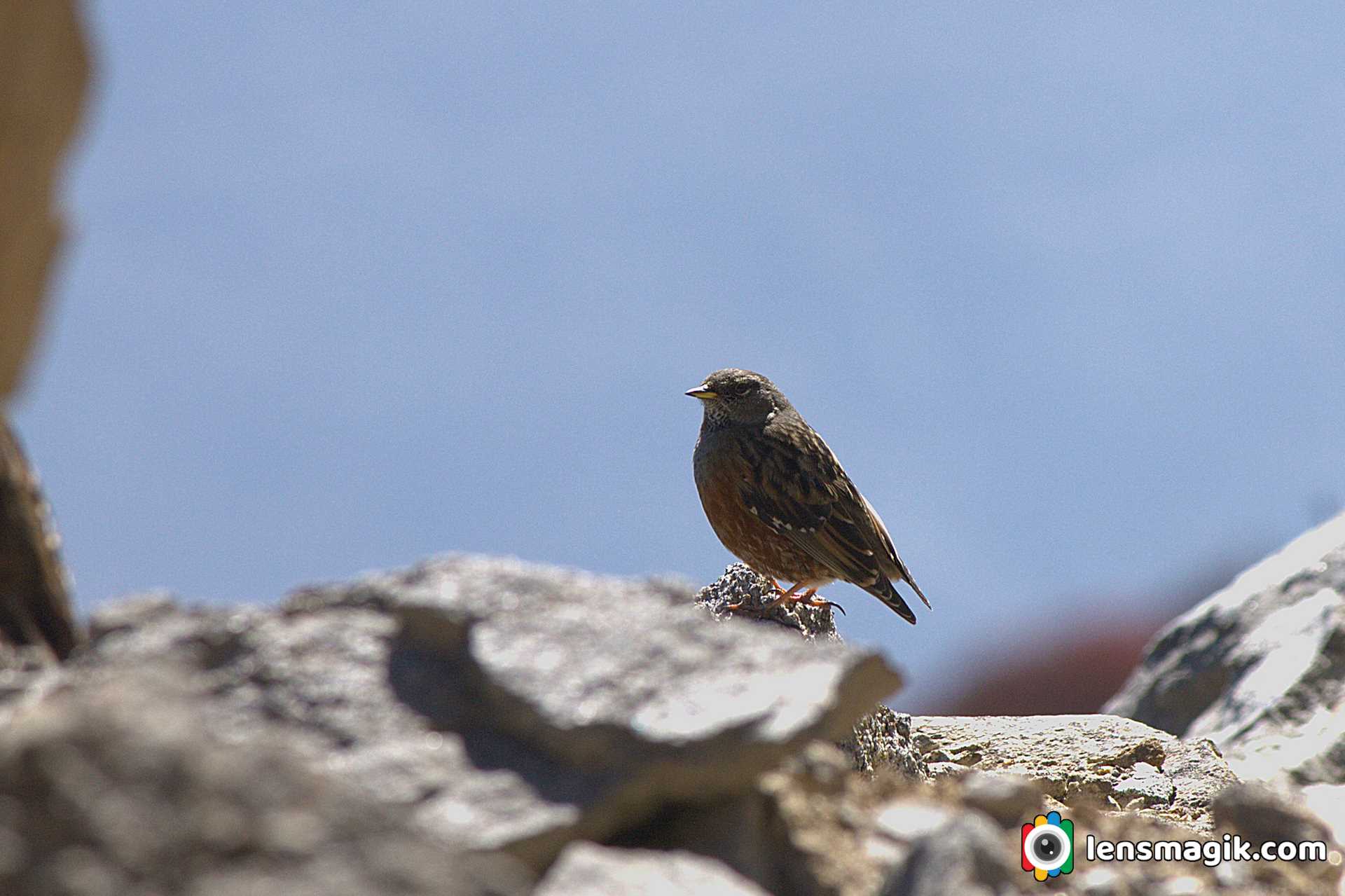
About Alpine Accentor Bird :
- Alpine Accentor bird is robin size bird. Length of bird is around 15 -17 cm.
- Bird just like similar to house sparrow in color with brown back streaked.
- Adult Alpine Accentor have red brown spotting on underparts
- Also adult have grey head too.
- In Asia Accentor found at 2000 m above height. Specially at Himalayas.
- It build nest in bush.
- It laying 3-4 plain (not spotted) eggs of sky blue color.
Singalila National Park :
Singalila national park is located in West Bengal. There are lots of birds in this sanctuary. Also its good for trekking at Sandakphu. From here you can see Mt. Kanchenjunga easily and very closely. Also a beautiful Himalayan Mountain range with snow. Amazing weather very cold in winter and moderate in summer. Summer season is the best for birding at sandakphu.
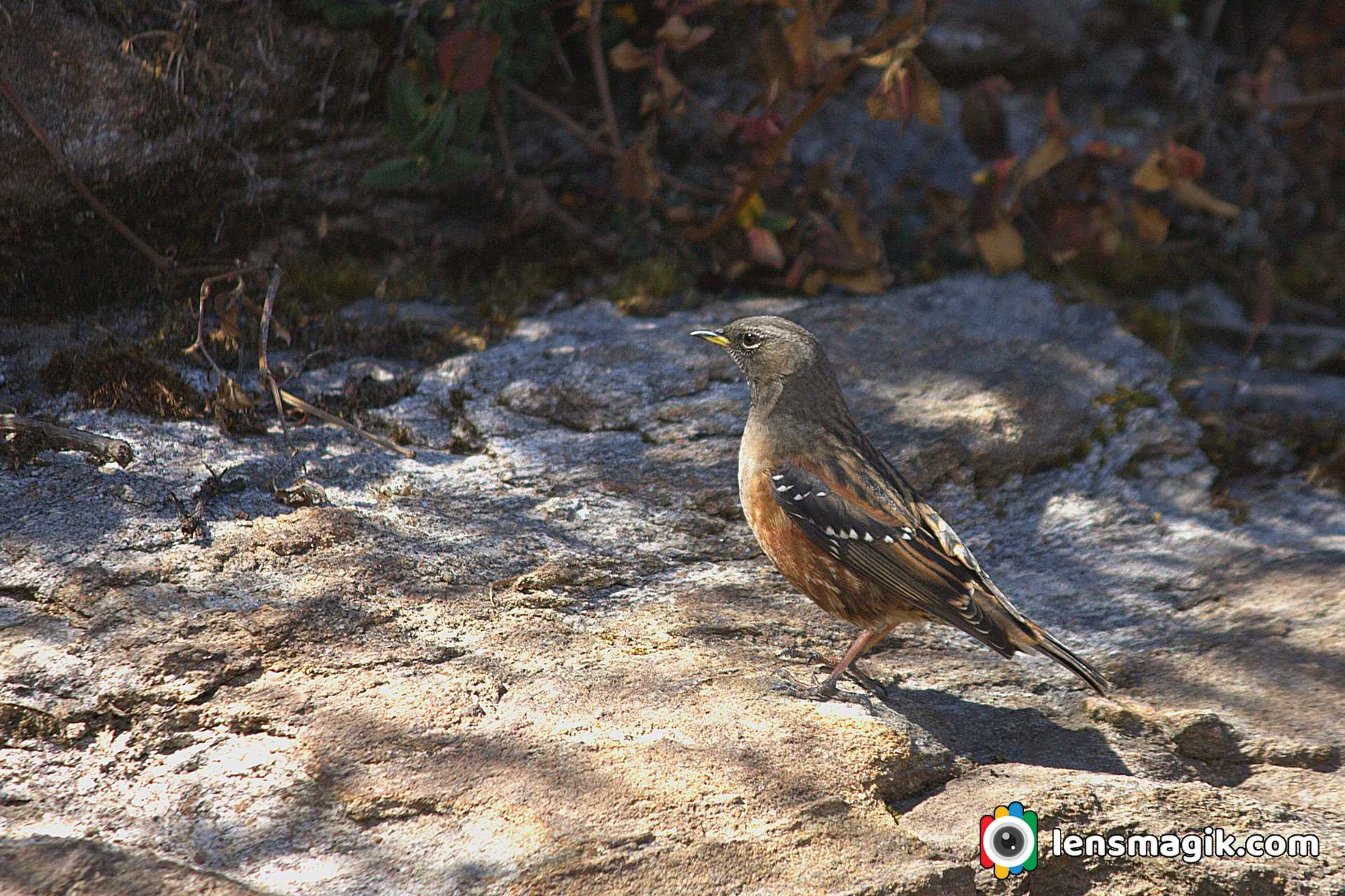
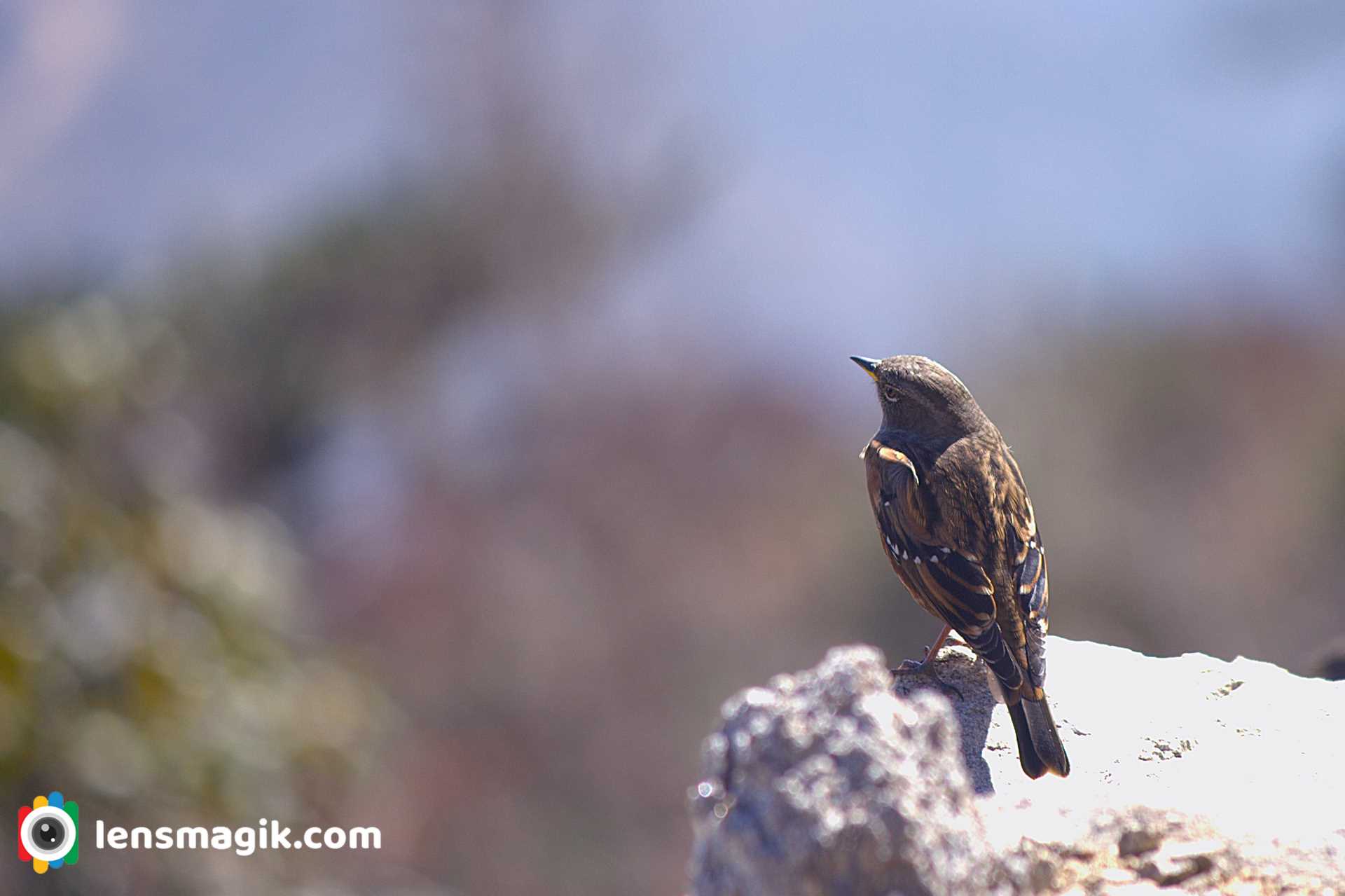

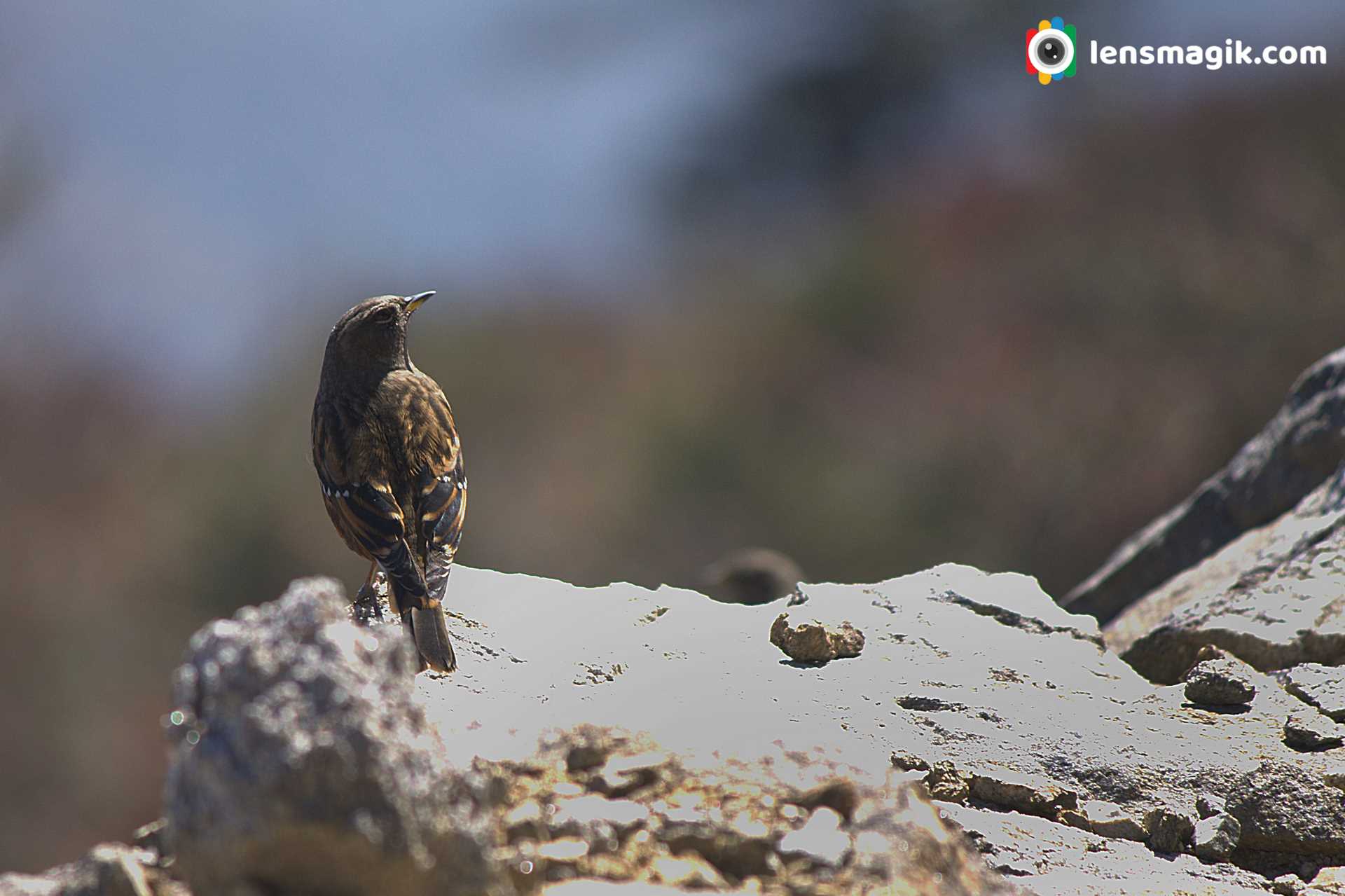
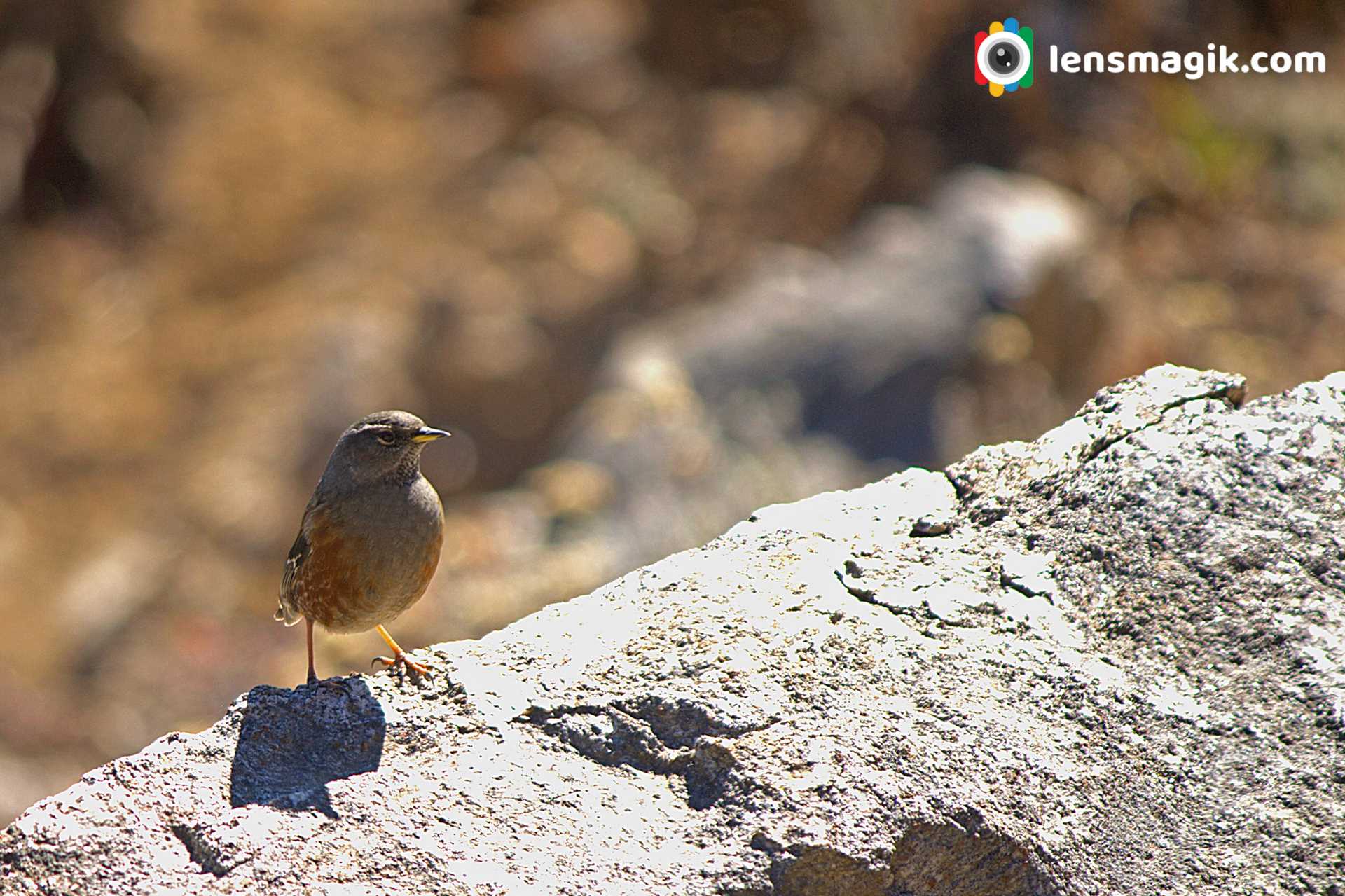
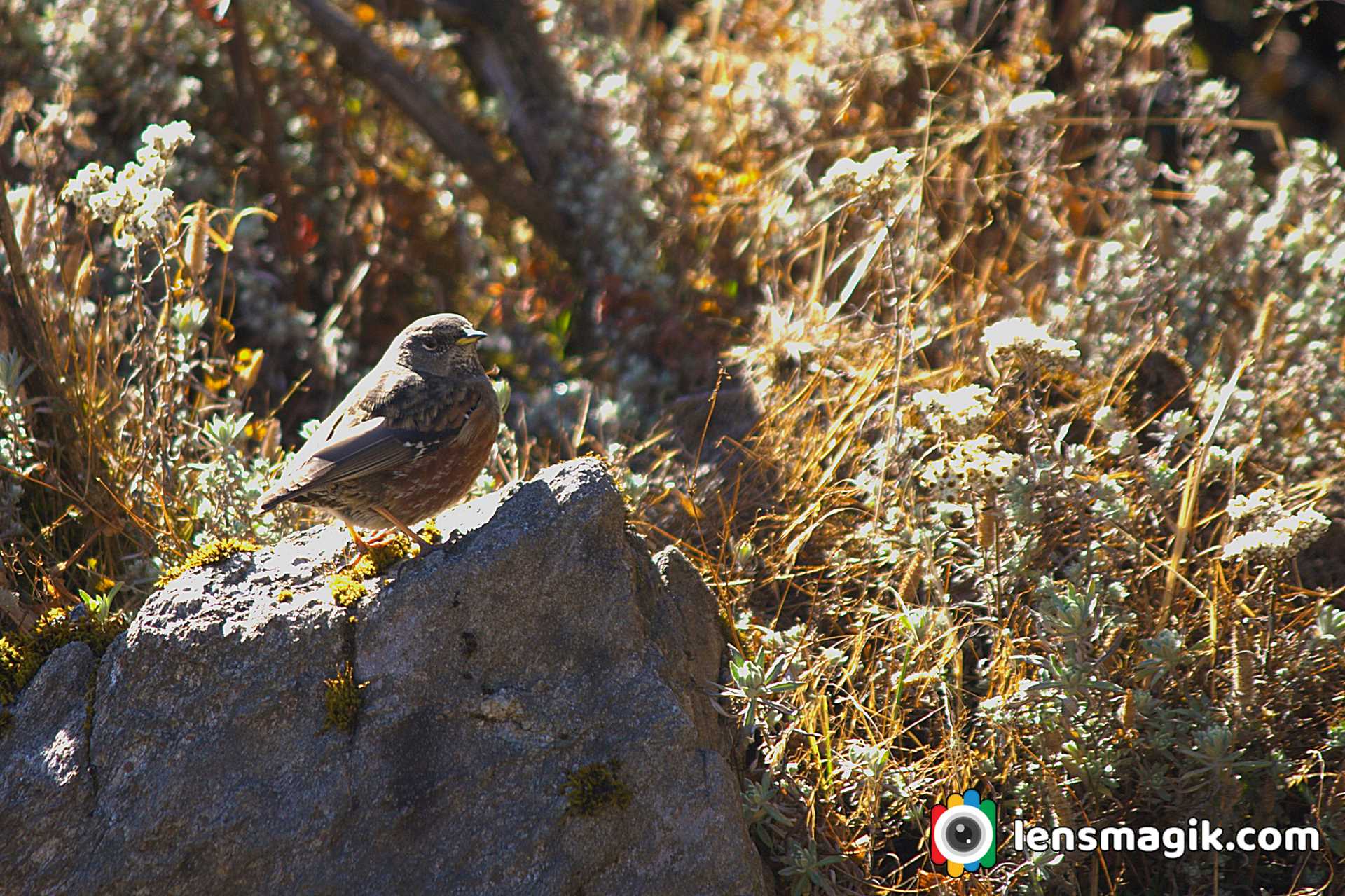
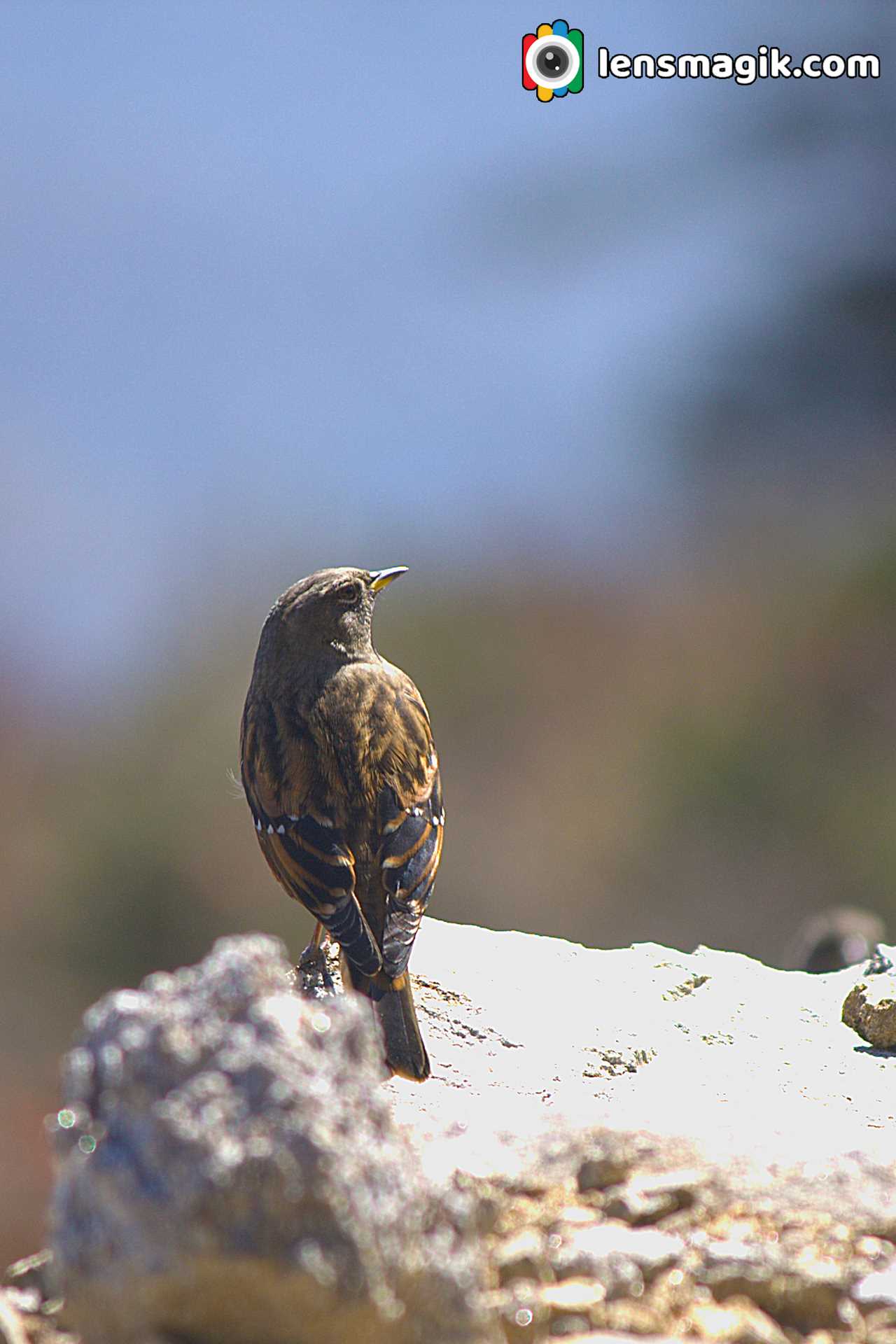
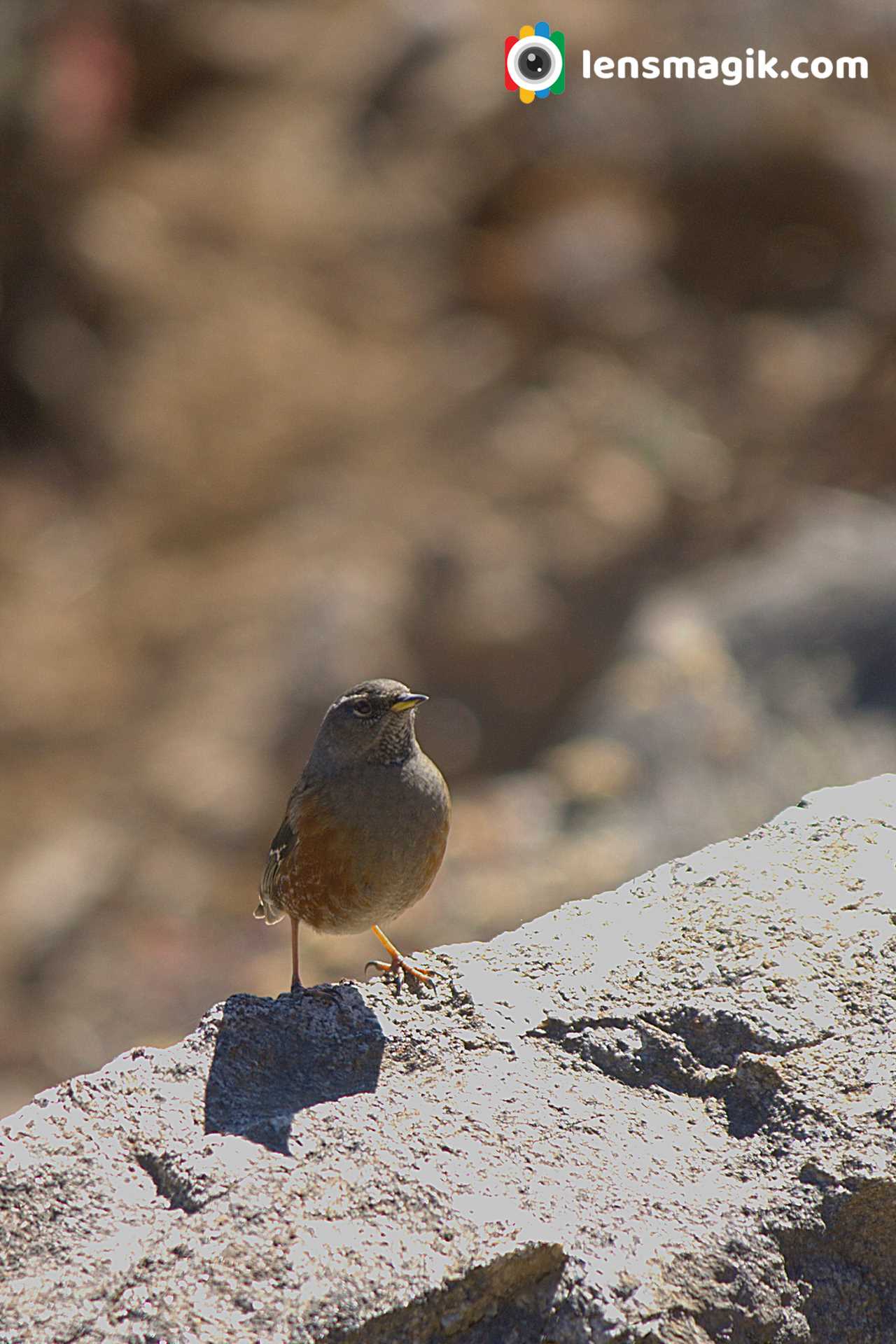
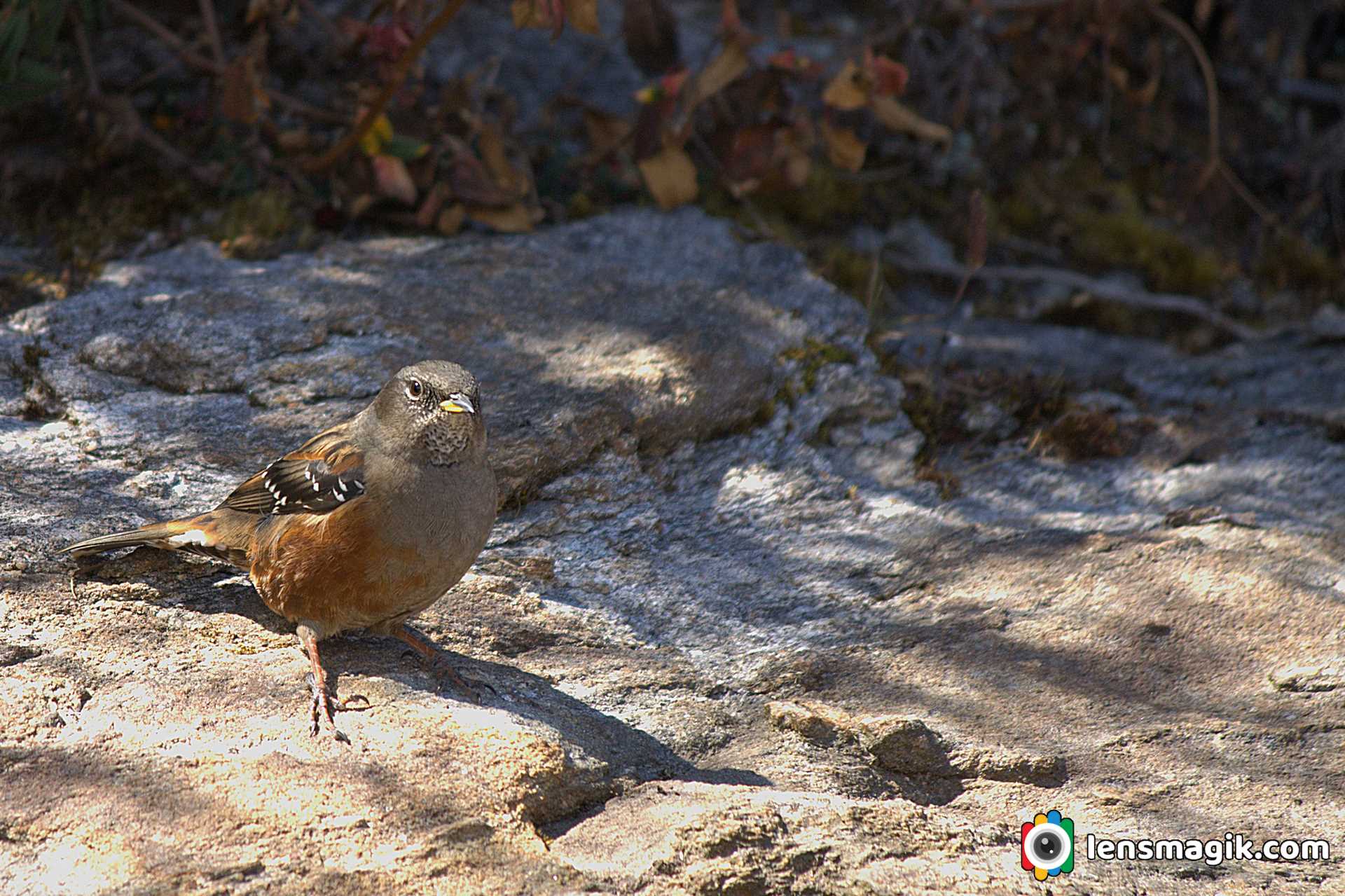
Alpine Accentor bird Binominal Name is Prunella Collaris . Total 9 subspices are recognised of Alpine Accentor bird.
Gear used : Canon 1000 D, Canon 55-250 mm Lens.
Road To Heaven is named to the road from Khavda to Dholavira in Kutch Gujarat. The road is so wonderful and scenery so it known as Road to Heaven . Khavda to Dholavira distance is around 58km but from Khavda there is a single line narrow road passes through small villages around 15-20 km approx. The main road starts after it and it is around 30-35 km approx. strait to Dholavira. Road is under constriction but almost 70-80% work done. The road heading to the city of Harappan Civilization Dholavira which is one of the largest site of Harappan Civilization and Indus valley Civilization.
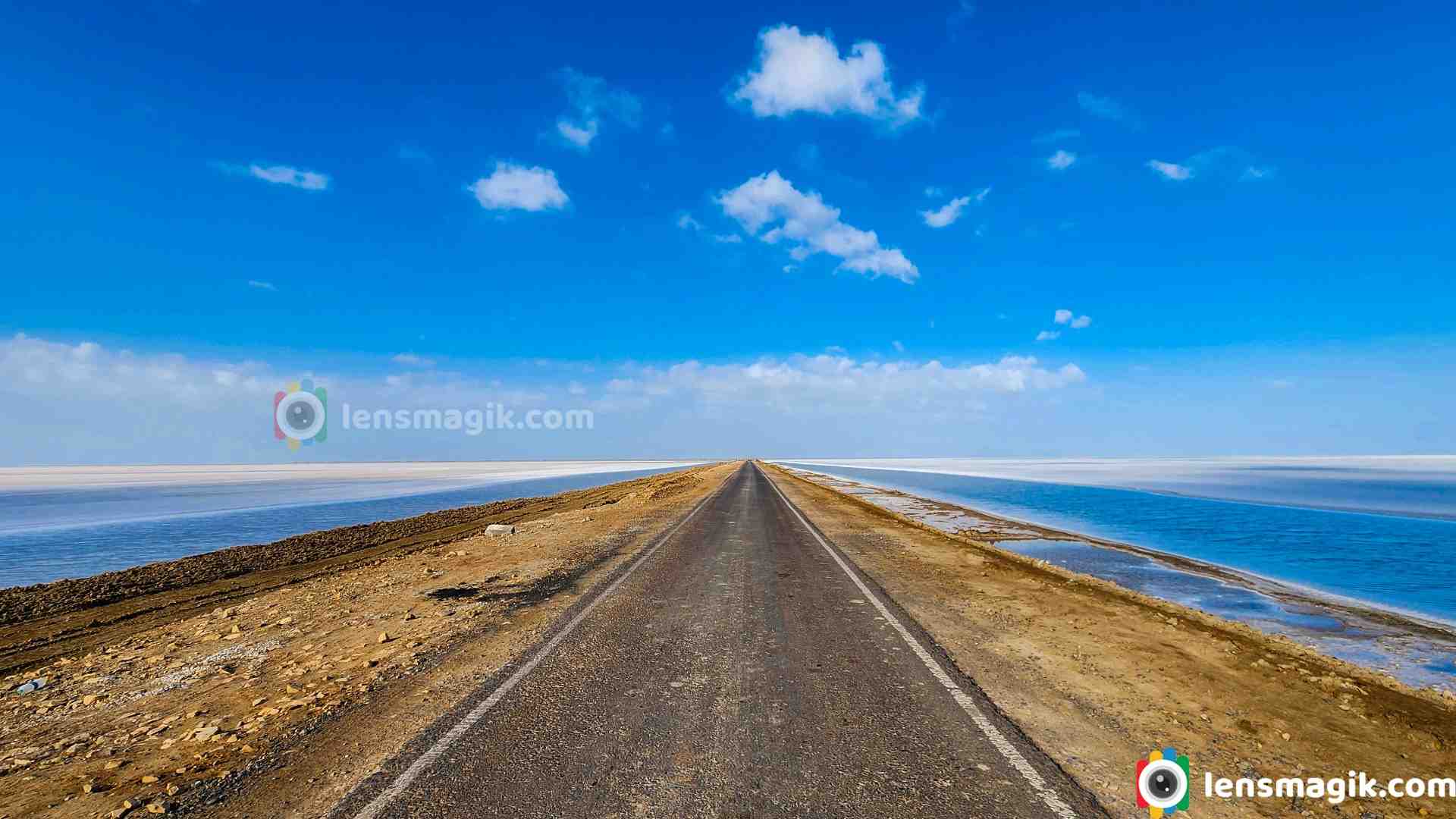
Kutch is a largest district of Gujarat and also of India. Main City or Headquarter of Kutch District is Bhuj. Kutch is famous for White Desert or White Rann. In Every winter season from December to February celebrate “ Rann Utsav “ to attract foreigners and also locals. Tent City made in white desert to stay and also cultural programs arranged in it. The main Rann Utsav held in Dhordo of Kutch.

After visit White desert people also visit Dholavira which is nearest destination from Dhordo and also Kalo Dungar in between. From Dhordo you will have to go Khavda first and then from Khavda to Dholavira which is connected through “ Road To Heaven “. Dholavira is located at Khadir Bet. Khadir bet is separated because after monsoon the water filled outer side of bet. So the Road To Heaven is the way to connect Khadir bet to main city Bhuj.
About Road To Heaven Dholavira / Road to Heaven in Kutch :
- · It connected from Khavda to Dholavira.
- · Road to heaven distance around 30-35 km.
- · After monsoon the rain water on the both side of the road. You can see beautiful Greater Flamingo birds in between. Water level is low but muddy.
- · After winter in January –February the water on both side of the road is evaporated and turn into salt. Not all water but some areas during the road.
- · Water on the both side of the road or Salt/ white layer on both side of the road make the beauty of the road and that’s why it name as “ Road To Heaven “
- · When you are on the road there is hardly some traffic you face the open road with both side water or salt at morning or evening make the scenery like a Heaven.
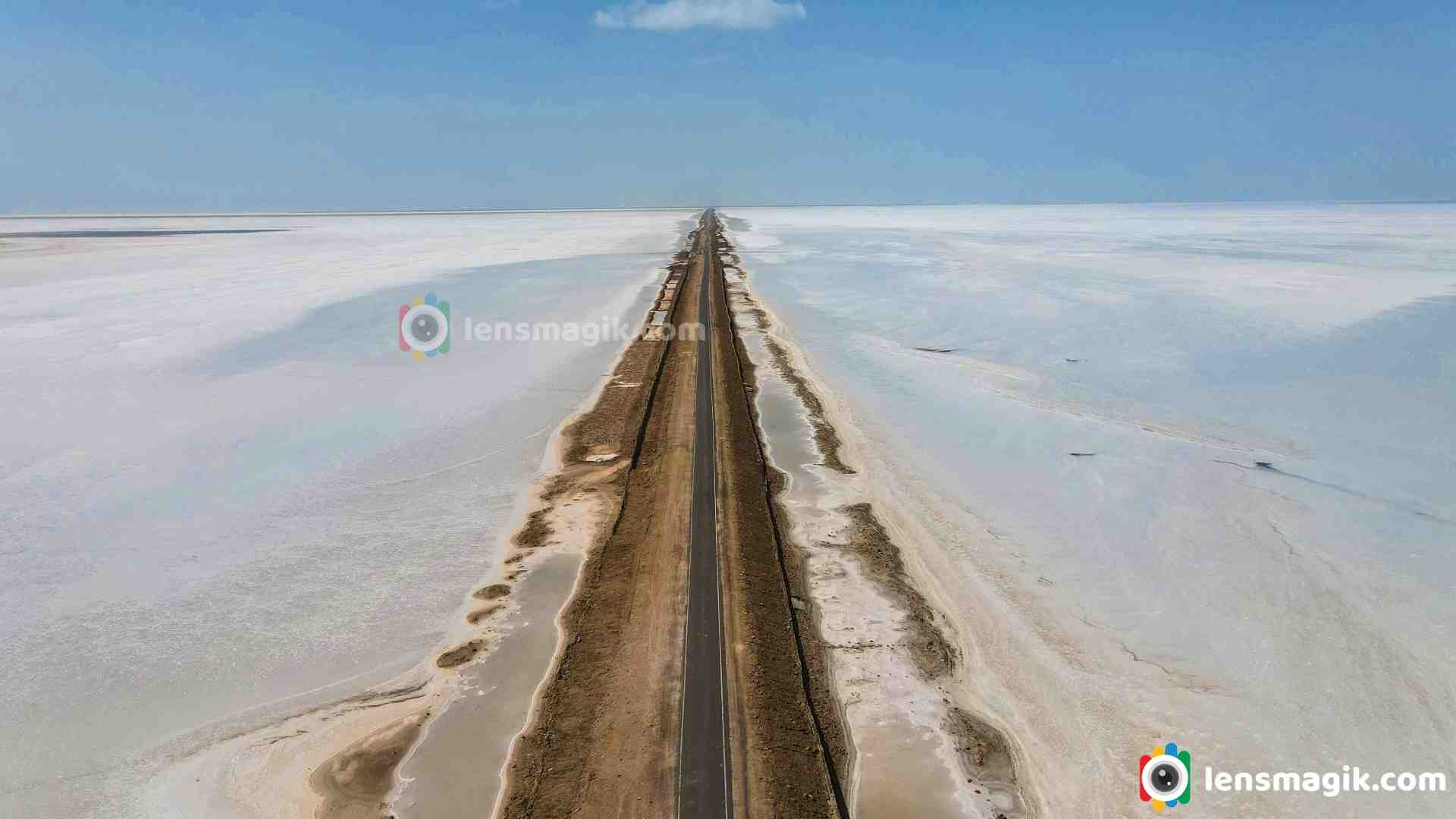
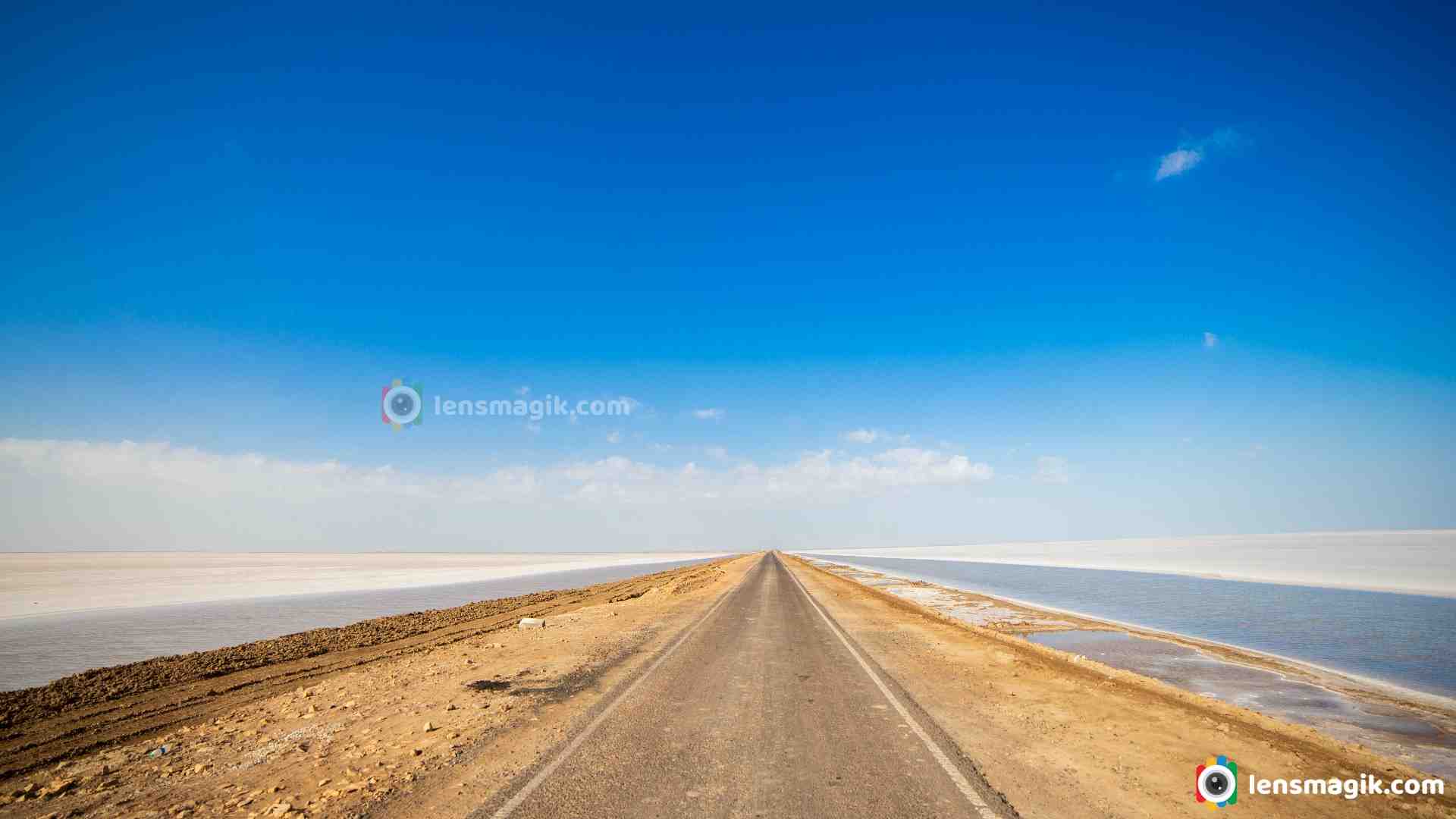
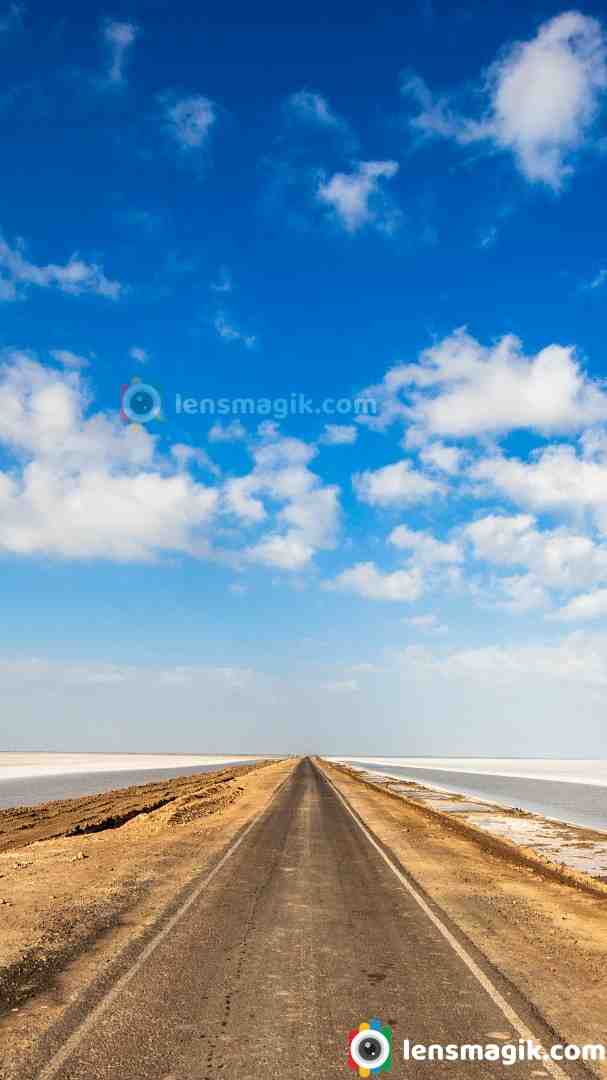
I must suggest to visit Road To Heaven in Kutch while you visit Kutch. Also Visit Dholavira which is one of the largest Harappan Civilization site.
Places to visit near Road To Heaven :
Dholavira, Kalo Dungar, Dhordo, White Desert
Places to Visit near Bhuj : White Desert , Kadiya dhro, Chhatardi, Mandvi beach, Vijay vilas palace, Bhujyo Dungar, Smriti Van, Vande matram memorial
Camera Used : Canon 80D, Canon 6D, DJI Mavic Air2
It is the largest species of Flamingo bird family and also a most widespread species of flamingo family.It is found in India ,south east , middle east and Africa. It is migratory bird. They also breed in India. In Gujarat they breed in Rann Of Kutch , Little Rann of Kutch also found in Thol Bird Sanctuary. I often visit Thol sanctuary so got good shots of them. Best time for shoot them is may-Jun at Thol bird sanctuary bcz of water level is too low . It is been recorded that some flamingo birds are resident in Gujarat at many places like LRK, Khijadia sanctuary, Nalsarovar and Thol Sanctuary. They also breed here and stay for all seasons. So you can find greater flamingo birds in all seasons in Gujarat at many places.
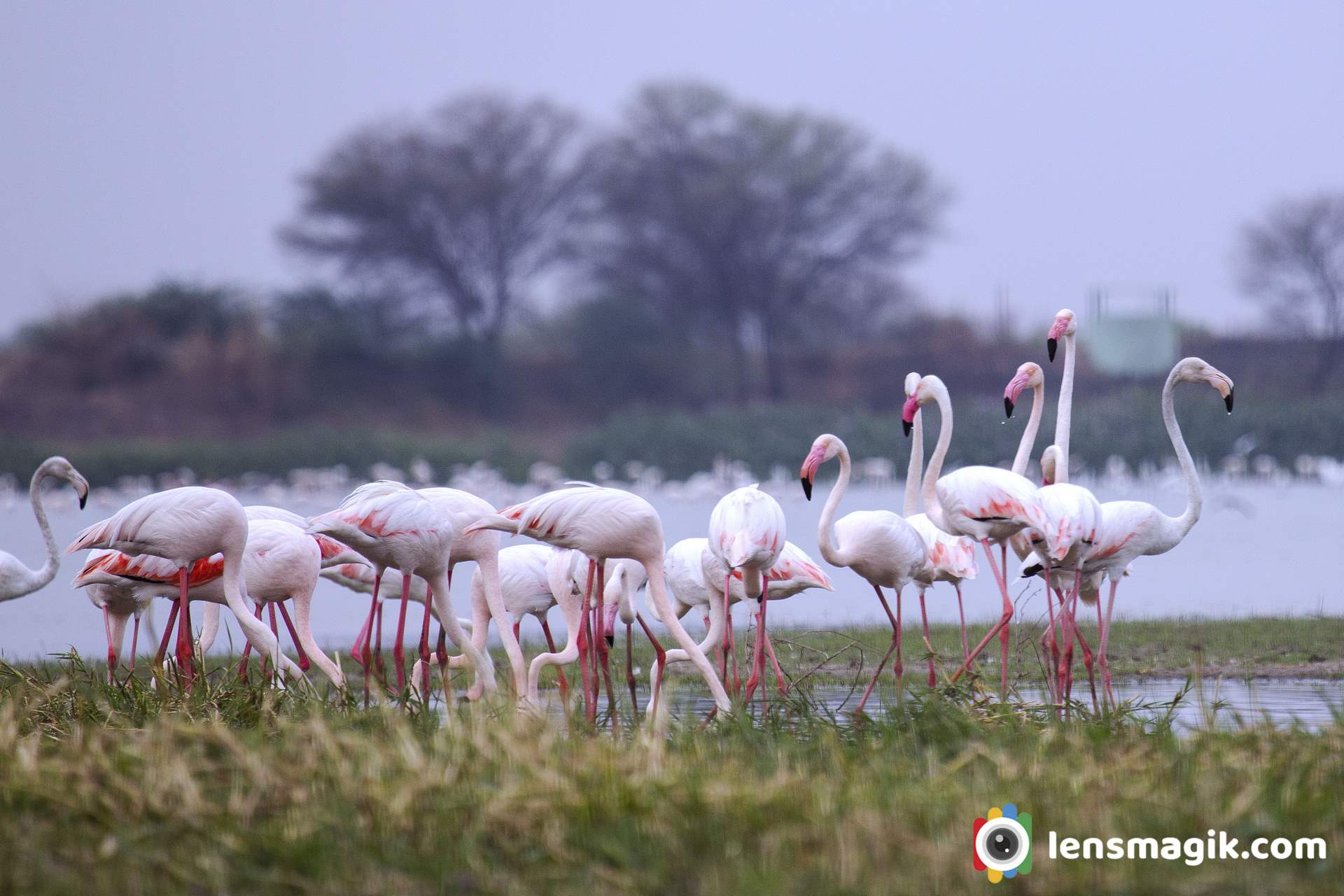
Flamingo bird facts and description :
- Greater flamingo bird is the largest living spices of flamingo.
- Greater flamingo has no subspices.
- Flamingo color most of pinkish white in plumage. Wings are red and feathers are black in end.
- Greater Flamingo bird call is like honking.
- The average lifespan of flamingo bird is 30-40 years.
- Main Difference between Greater flamingo and lesser flamingo is height . Lesser flamingo is shorter than greater flamingo. Also Greater flamingo has pale pink bill and black tip. In other case lesser flamingo has dark crimson bill. Lesser flamingo is also more red in color than greater flamingos.
Greater Flamingo birds In Thol Lake : Thol sanctuary is often i visit. Flamingo birds are stay here all seasons. I got good numbers of Greater flamingo and lesser flamingo bird images in a group when i visit Thol. This is my best time with flamingos. Also i got some beautiful pictures of flamingo birds with group and also in duo with some masti. Flamingos looks very good in frame bcz of their color. Thol lake is good place for birders because more than 150 birds spices found here. Also some mammals like Blue bull and black buck also found here. Lots of water birds and tree birds found here. Also sanctuary is not so big so you can find all birds in around 6 sqkm area. Best time to visit thol lake is November to March. All migratory birds are visit in winter so that is best time. Early morning is best for birders.
Timing And Fees of Thol Sanctuary :
Thol Sanctuary open at 6 AM in morning and close at around 5 PM
Fees of Thol Sanctuary is 50 INR per person and camera fees are 200 INR. Car fees are 500 INR.
Weekend fees may change that actually i don't know about it.
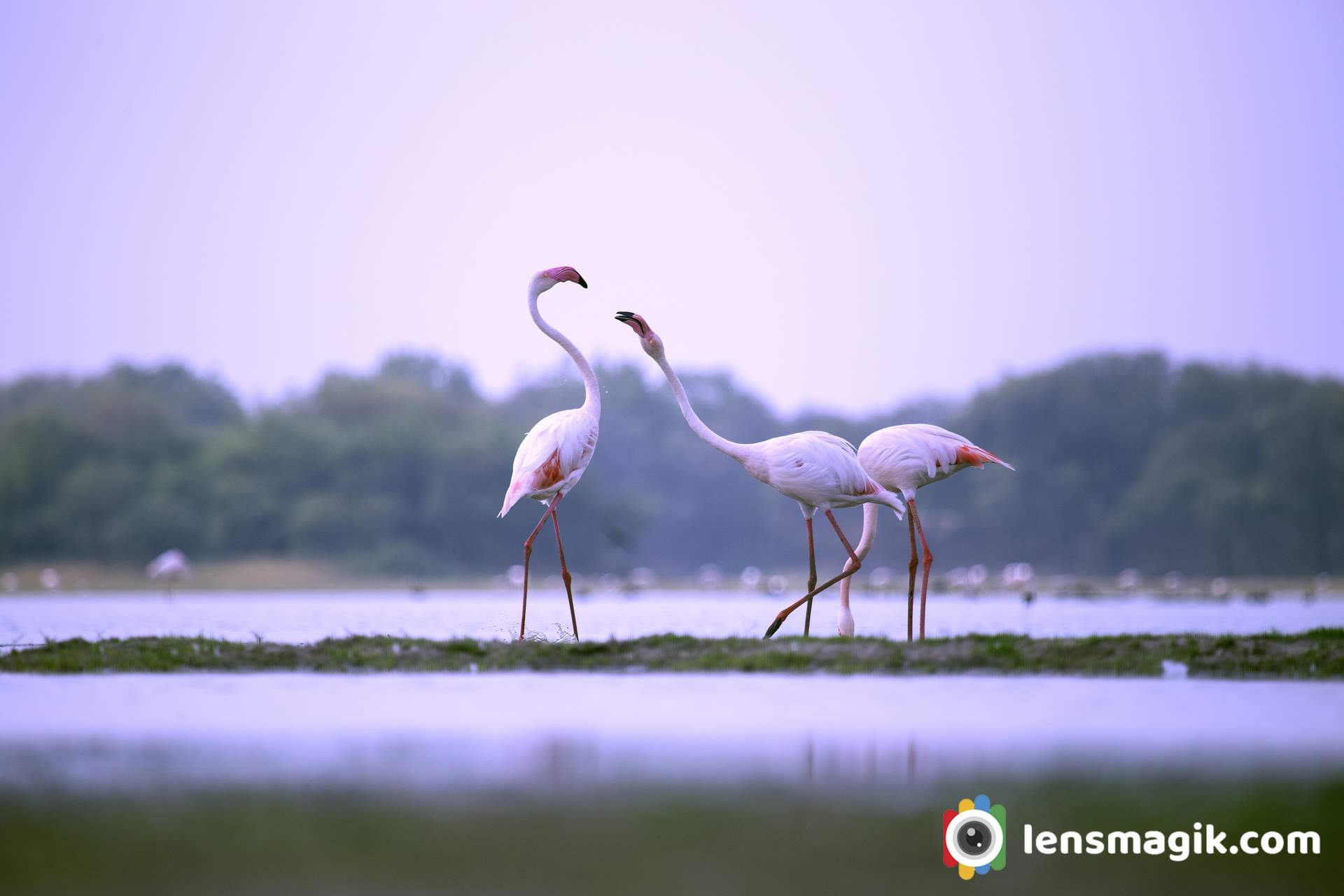
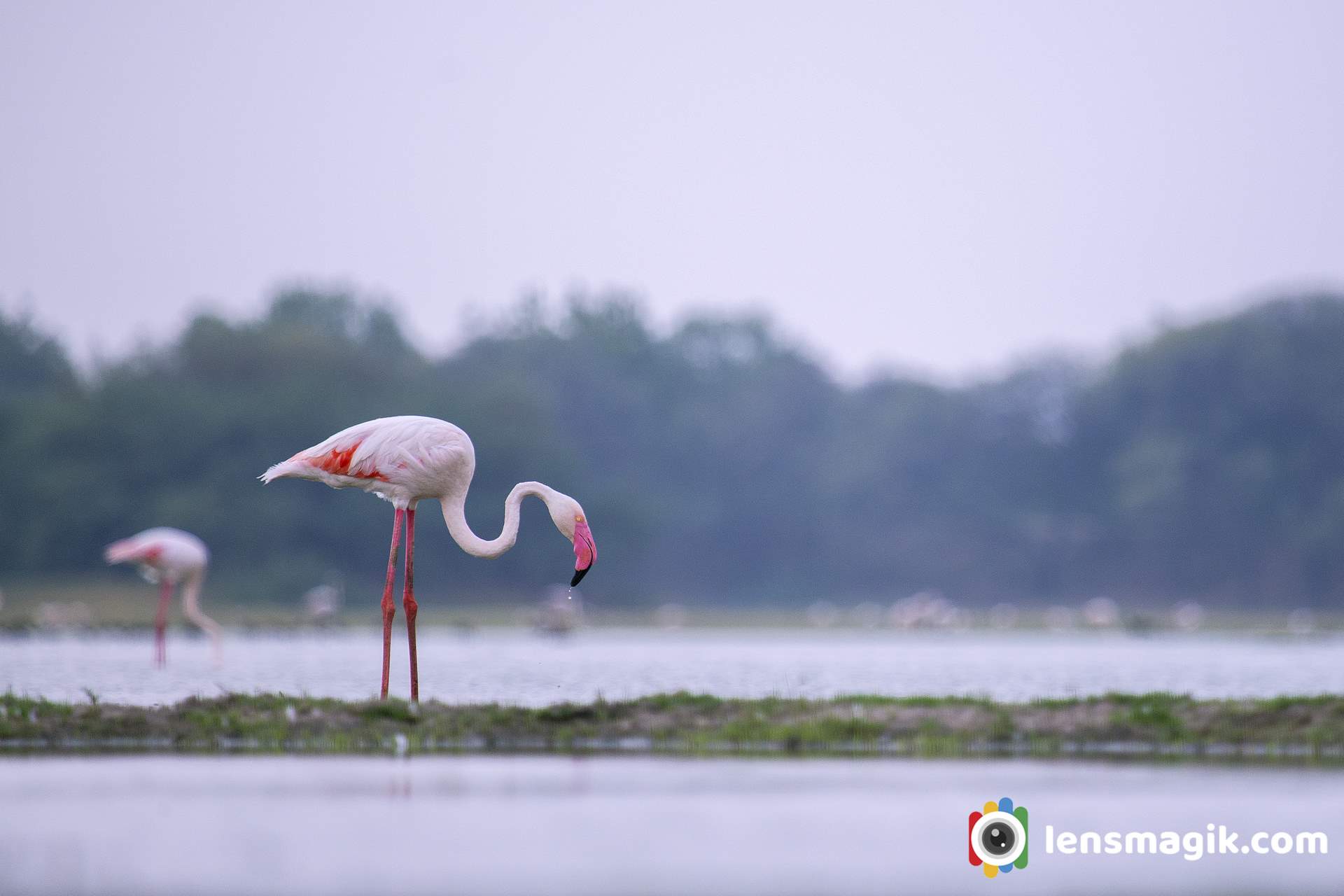
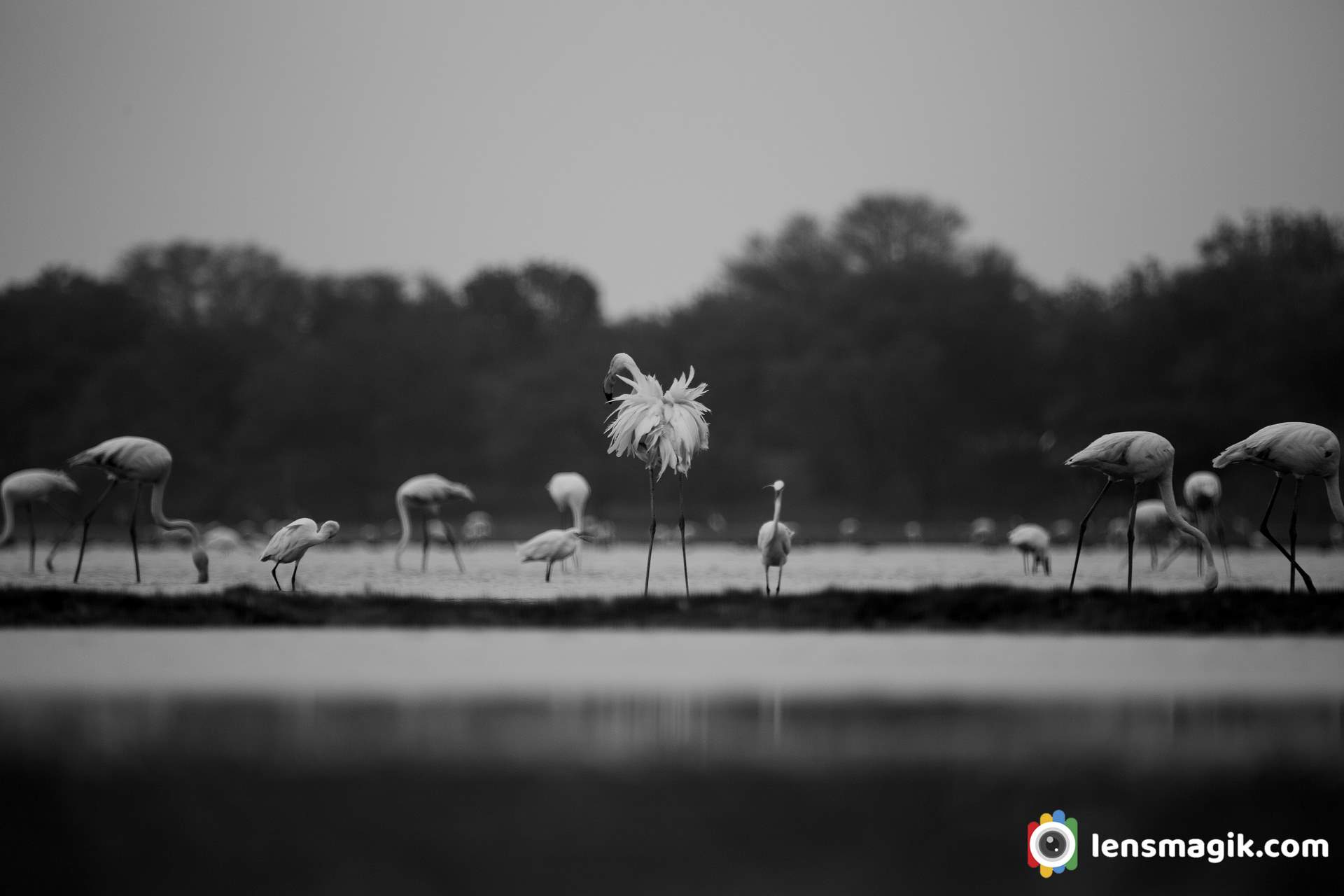
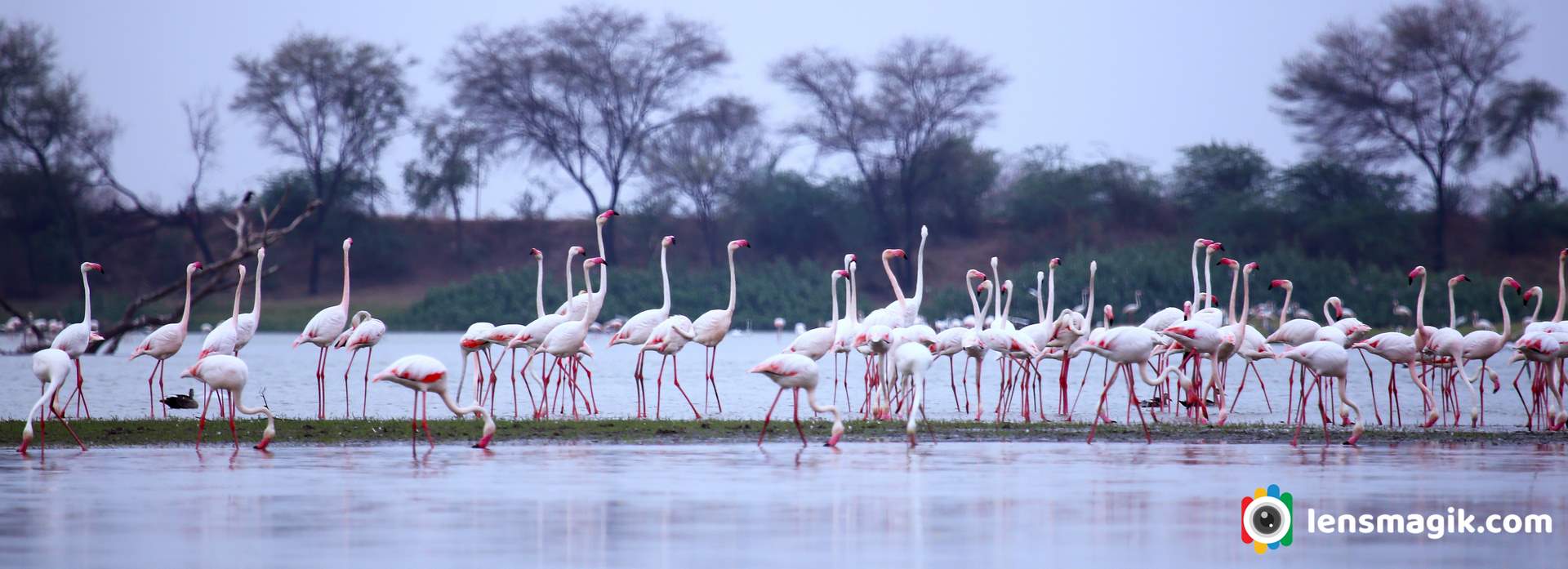
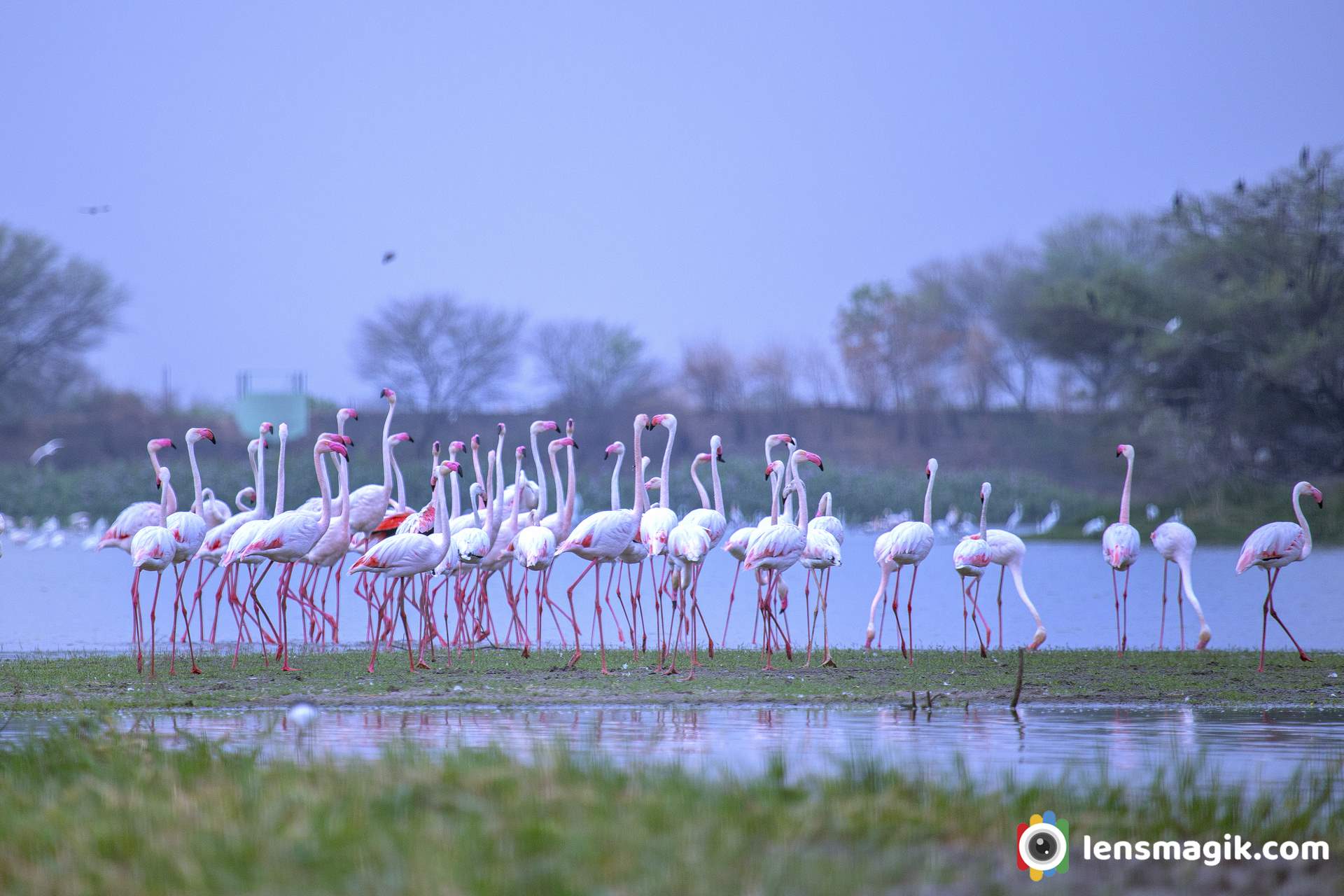
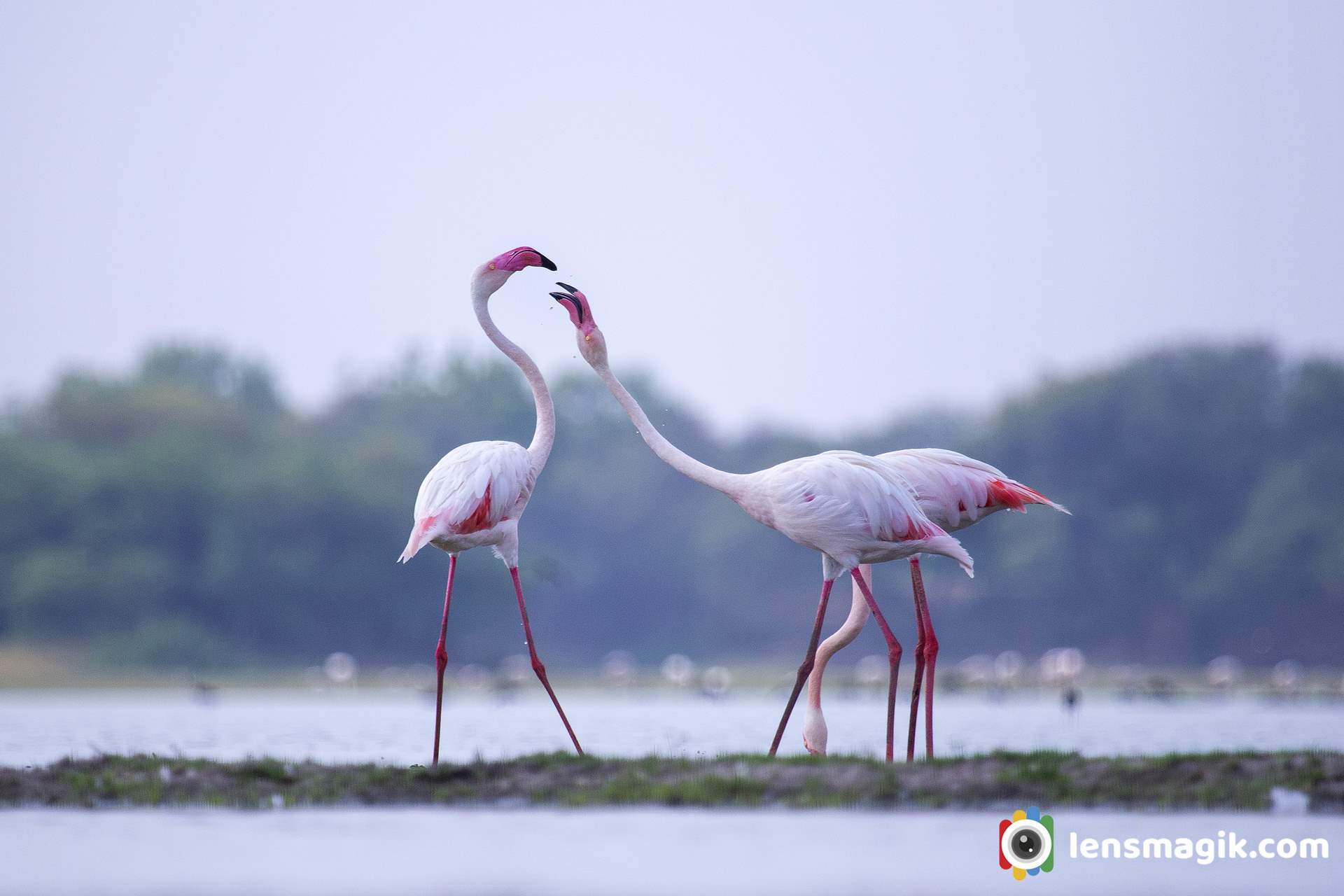
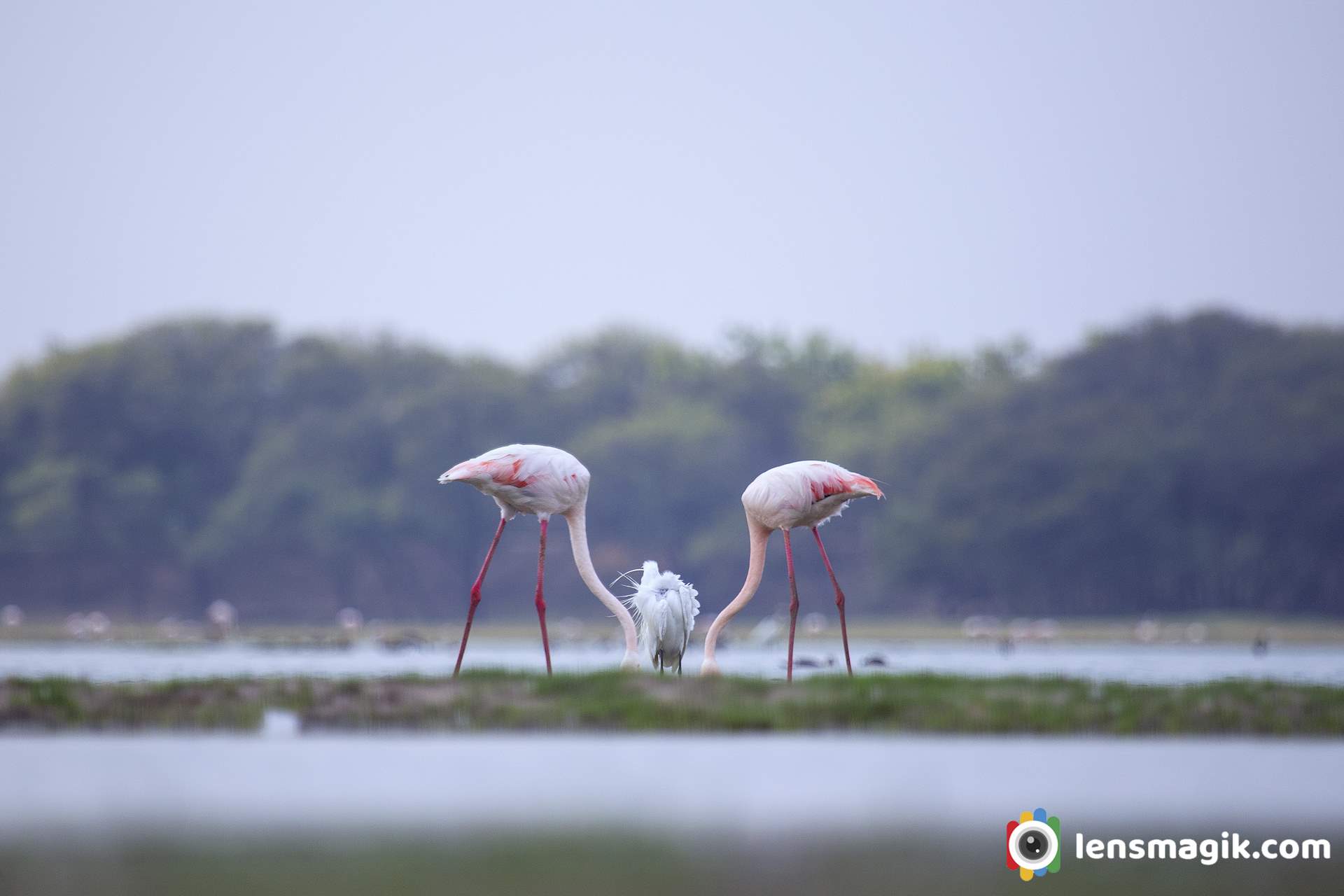
Two flamingos with little egret in between of them with down head all. The images of flamingo bird making a good frame. Because of its color flamingo birds images are very attractive and also their grouping make a perfect frame of flamingo bird picture.
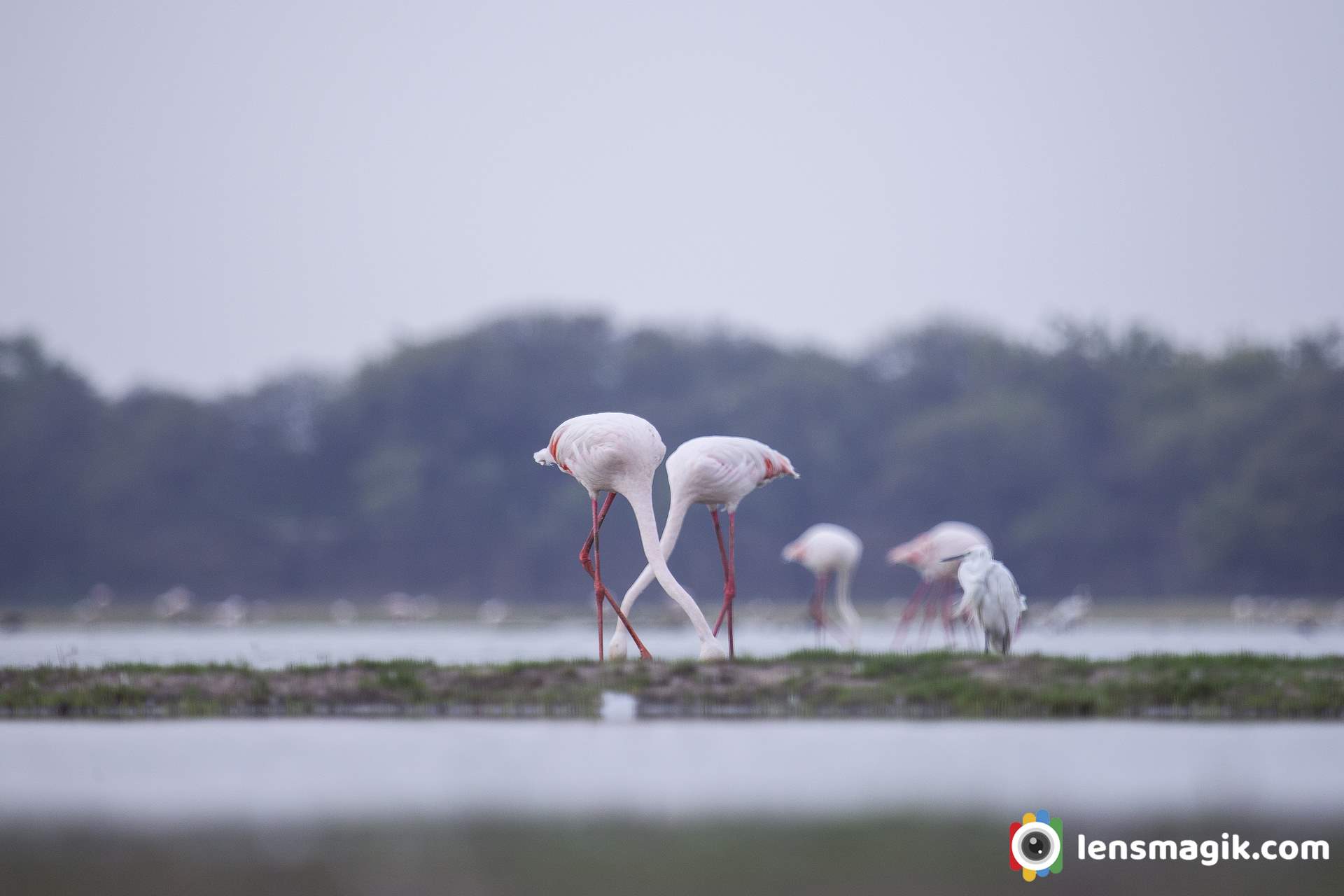
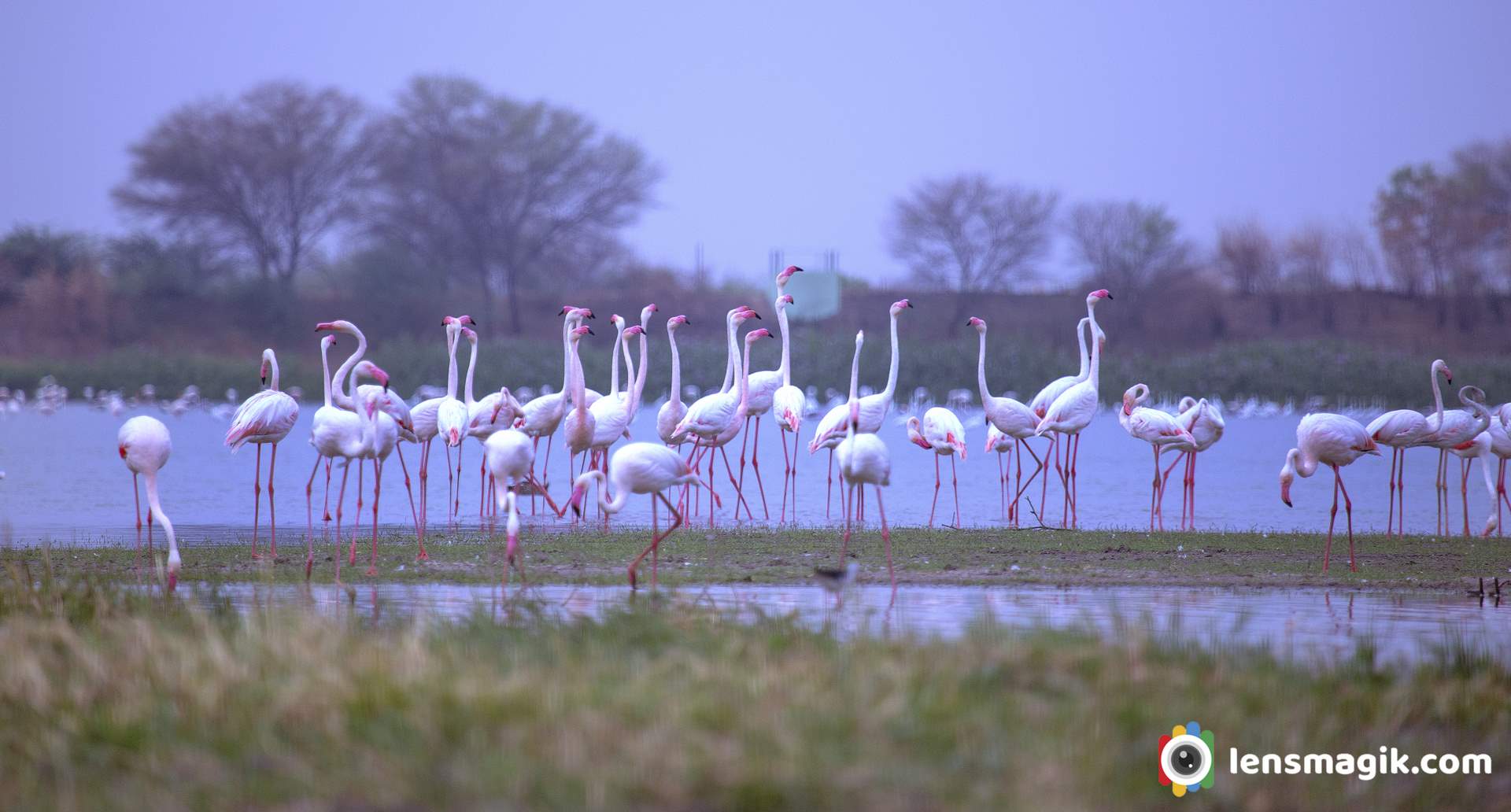
A morning pared time for flamingo birds. A beautiful Greater flamingo birds are in a raw make image nice and show their unity.
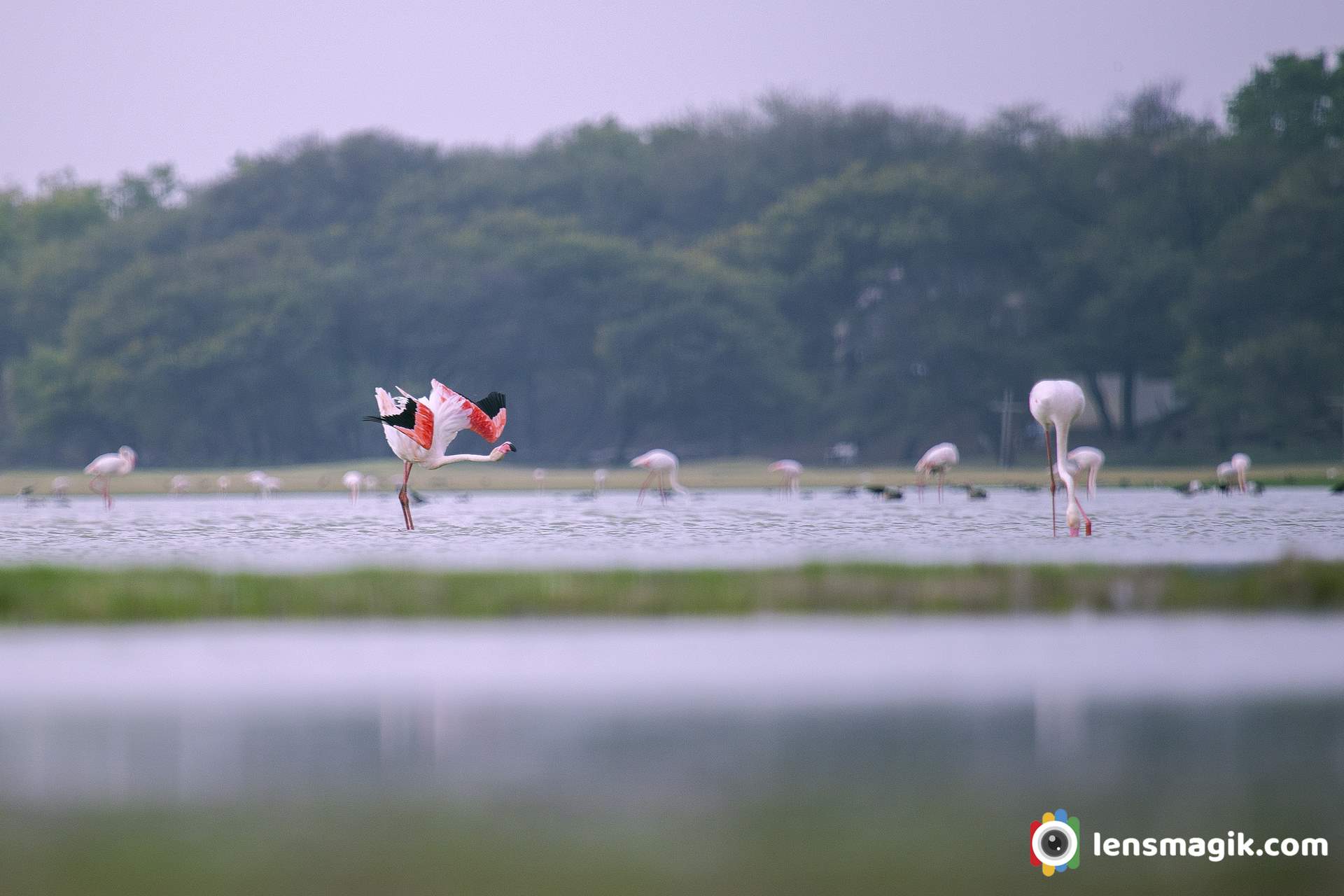
Perfact wingspan of Flamingo bird looks great. Pink Wings make image more attractive.
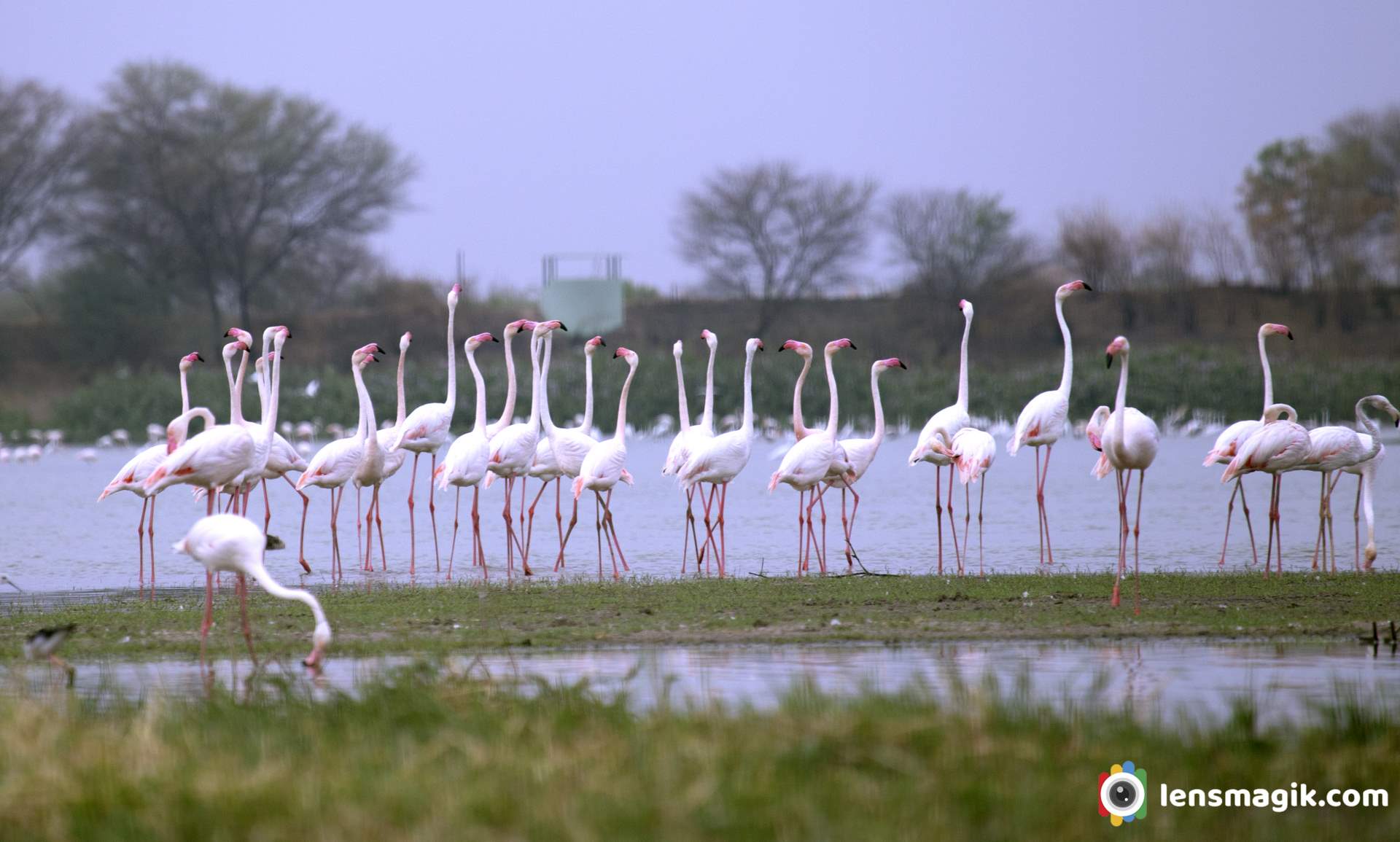
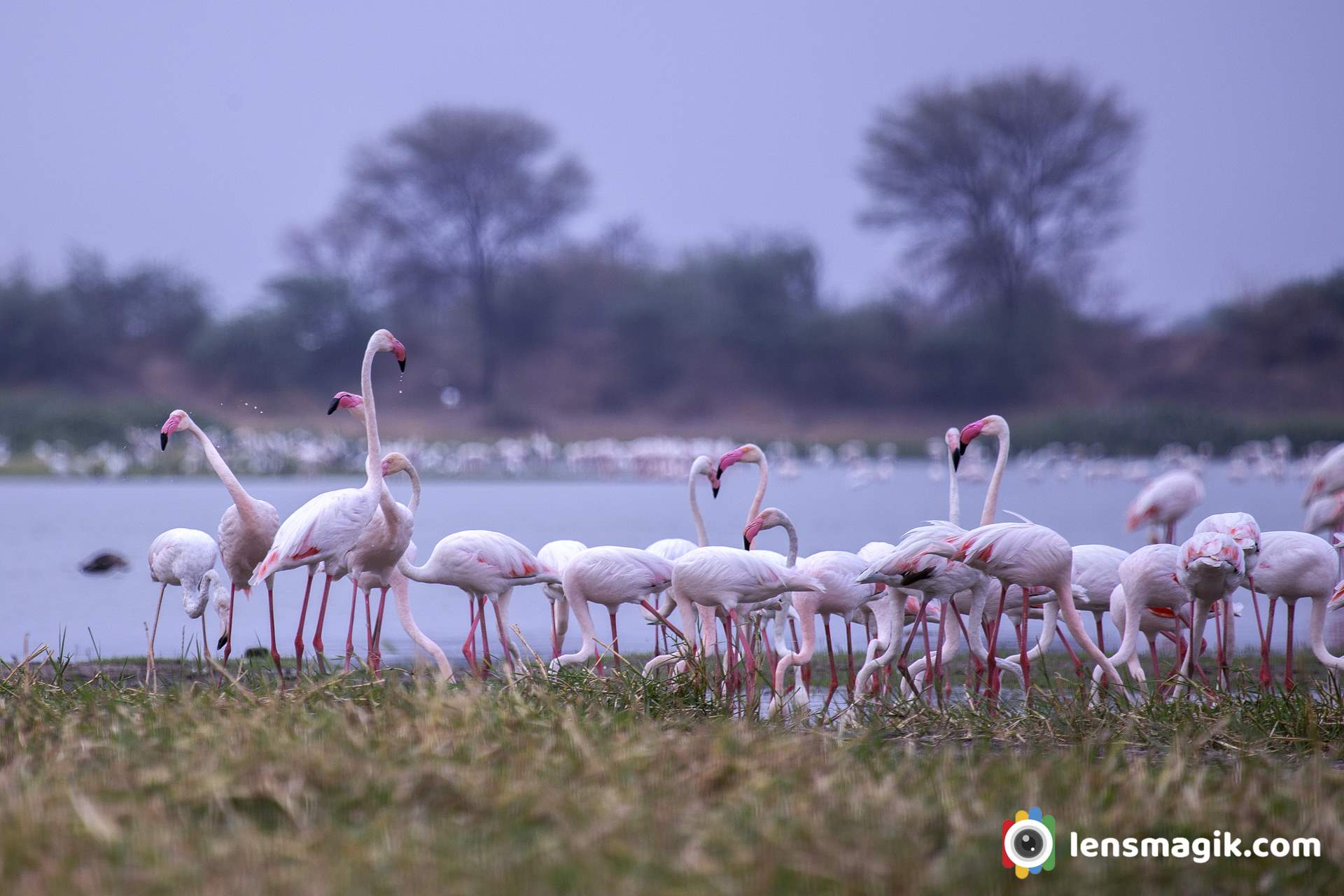
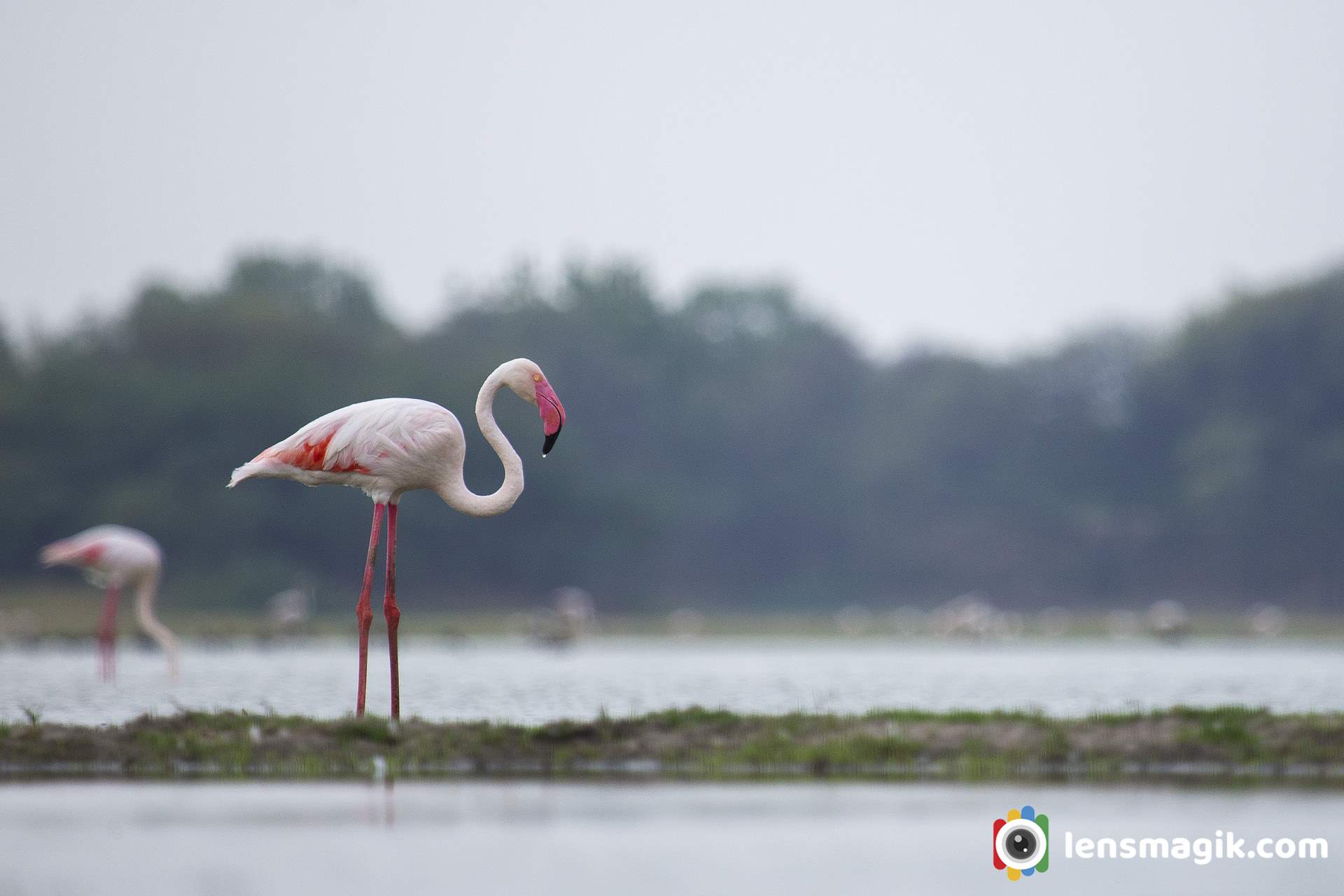
Solo Greater flamingo bird
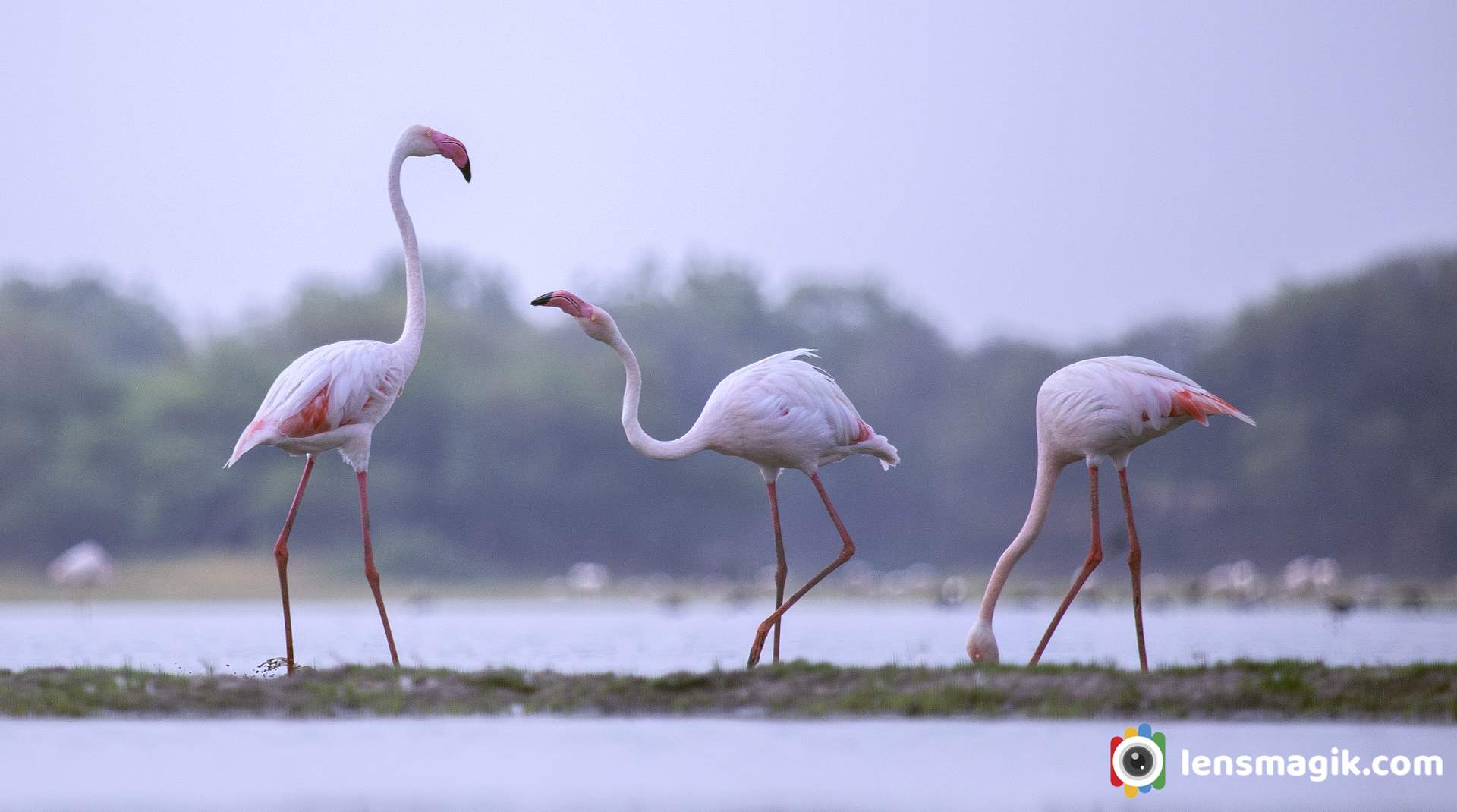
Some masti time for two flamingo birds .
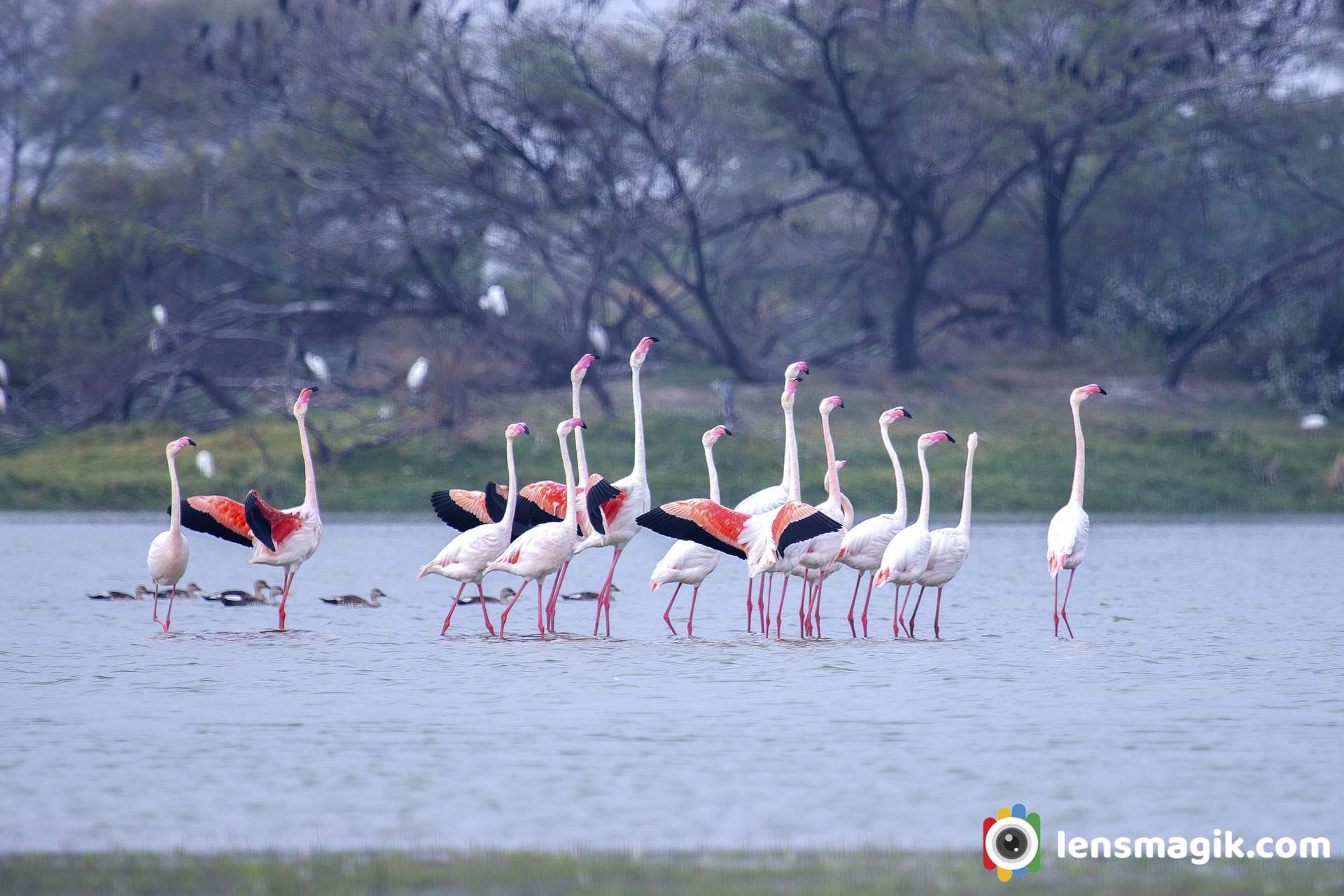
Above image shows the discipline of Flamingo Bird and looks like a morning pared they are doing .
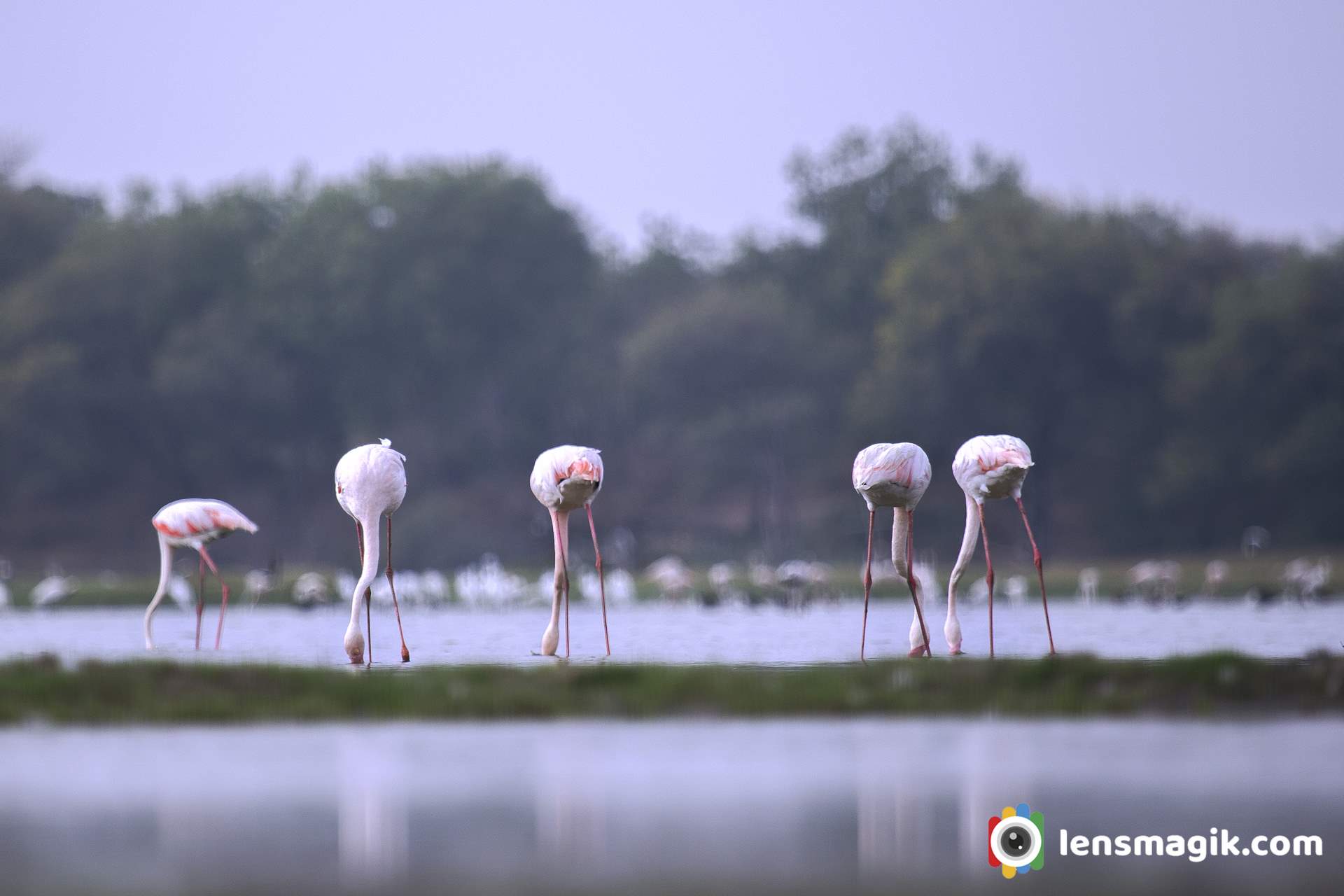
https://youtu.be/9dVBrR9NSOo
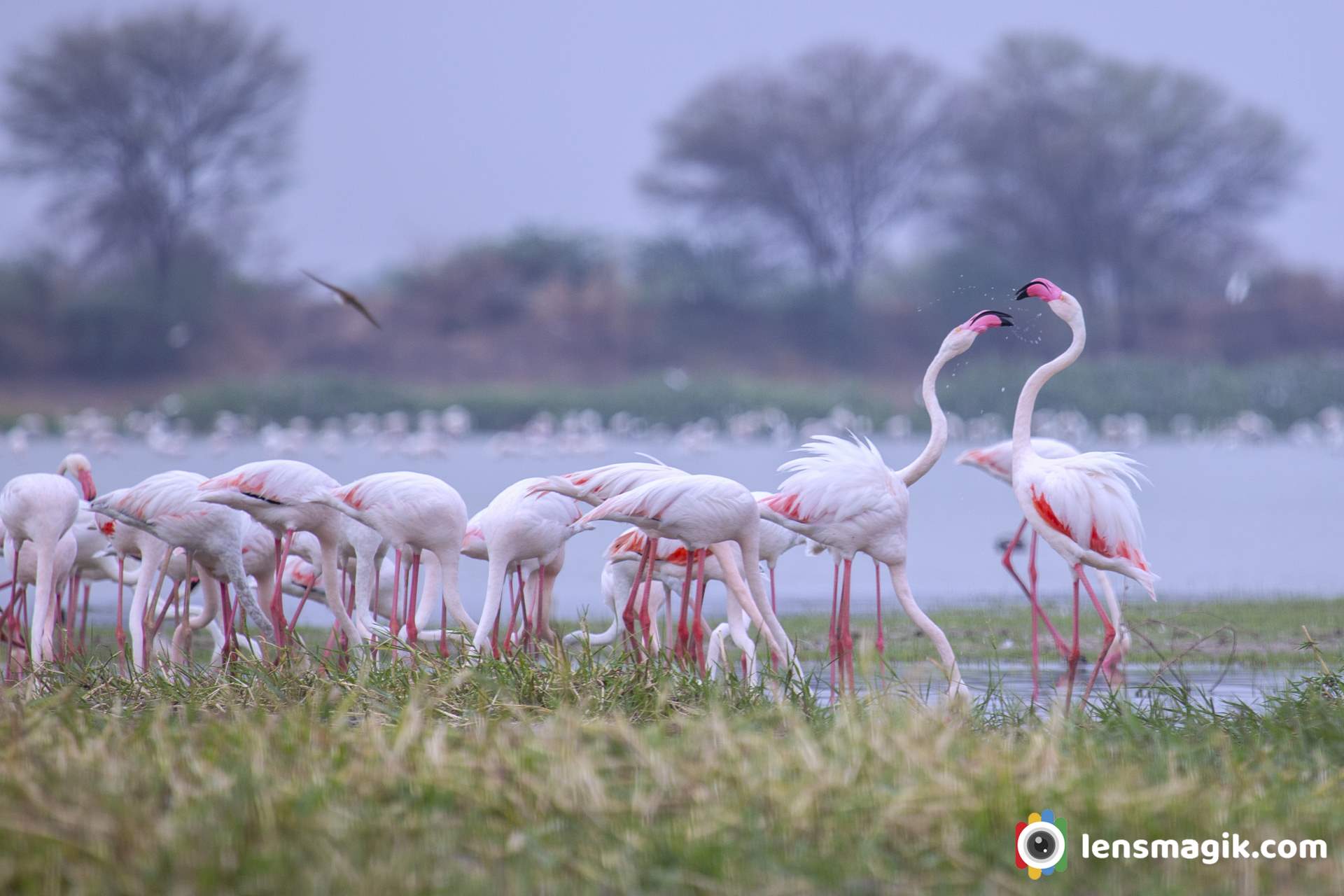
A group of Flamingo Birds at Thol Lake make your frame awesome.
Location : Thol Lake, Gujarat
Thol lake is just 25 km approx. from Ahmedabad. You can visit one day for Thol lake is enough. Also you can find another migratory birds like pelicans , bar headed goose, river tern and many more resident spices.
Ahmedabad to Thol lake distance about 25km
Thol bird sanctuary is located in Kadi Taluka in Mehsana District near sanand Gujarat. It is an artificial lake located near village Thol. In 1912 thol lake was built and it was declared as a Sanctuary in 1988. The main use of lake is use of water for irrigation. The Thol Bird Sanctuary or a Thol lake wildlife Sanctuary India is a habitat of more than 150 spices of birds. Also it is famous for migratory birds Flamingos and Sarus Crane which breeds here.
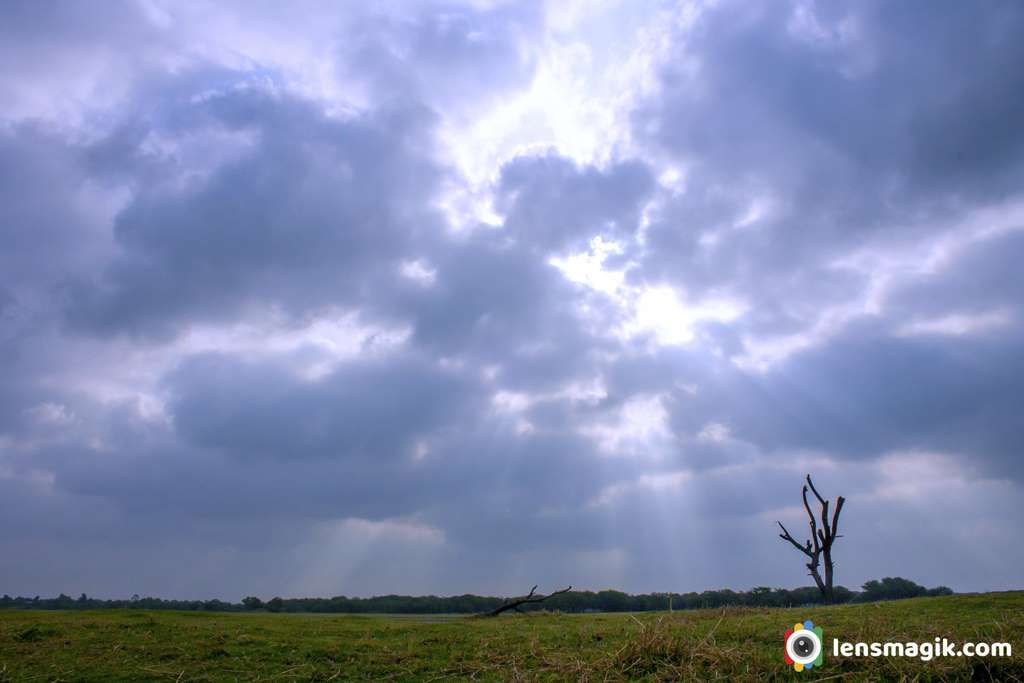
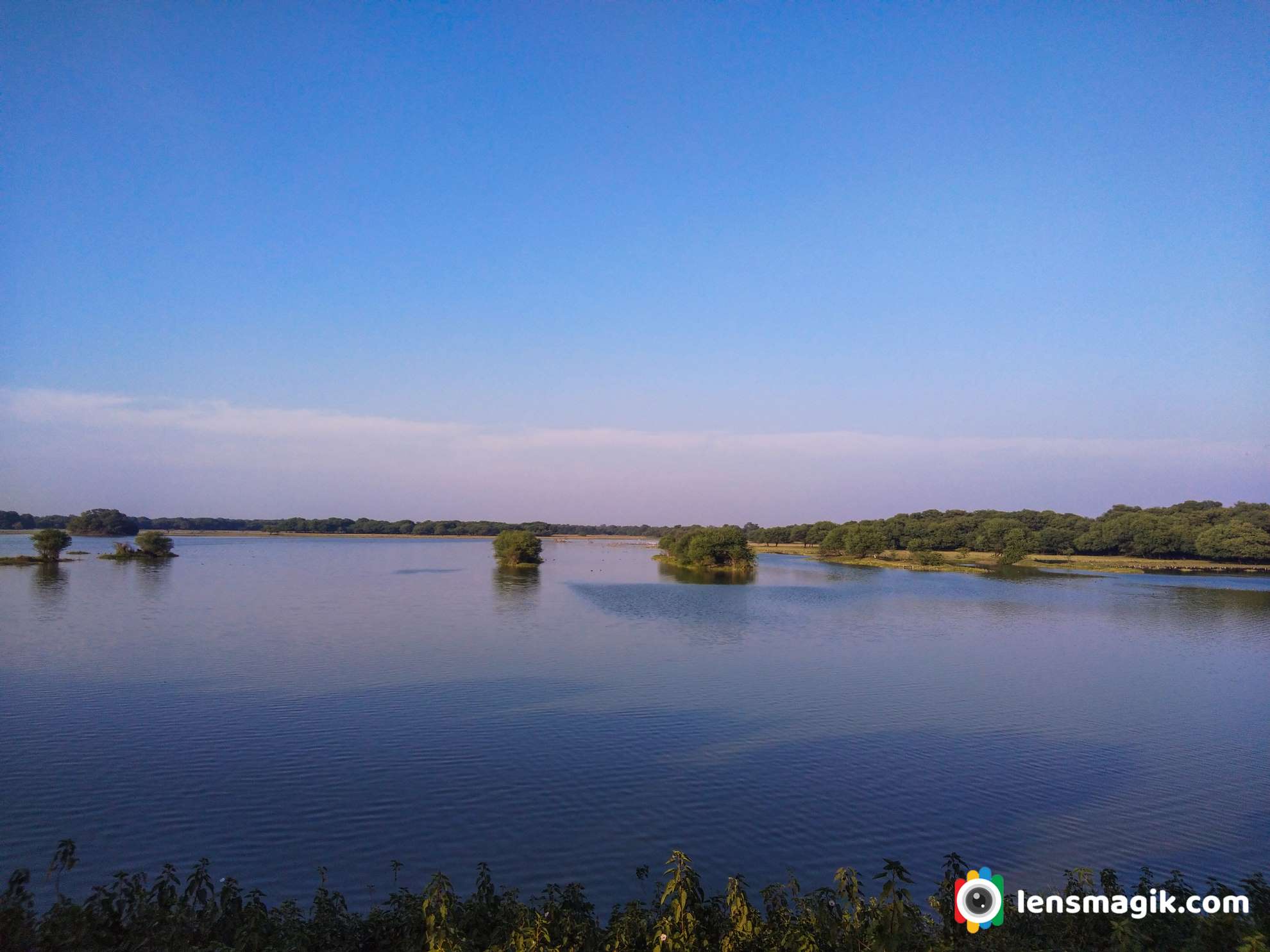
About Thol Lake / Thol Bird Sanctuary
Thol lake is located near Thol village and its area around 38000 acres. Lake faces all season winter , summer and monsoon. During winter temperature goes to 8 degree and in summer temperature goes to 43 degree. Thol lake is under control of Forest and Irrigation department of Gujarat. Thol lake water storage capacity is around 84 million cubic meters. Thol wildlife sanctuary is declared as Eco Sensitive Zone .
Flora and Fauna Thol Sanctuary :
Thol lake has many vegetation plants like Zizyphus, Acacia nilotica, Ficus, Capparis, Azadirachta indica etc. There are also some mix flora of Marshy and Aquatic plants reported in Thol Lake.
Thol lake is protected area and it is very good habitat for water birds. In thol bird sanctuary there are more than 150 spices of birds found . Among these more than 60 % of birds are water birds. Flamingo bird is most prominent bird of Thol Lake. Also Sarus Crane nest in large number here.
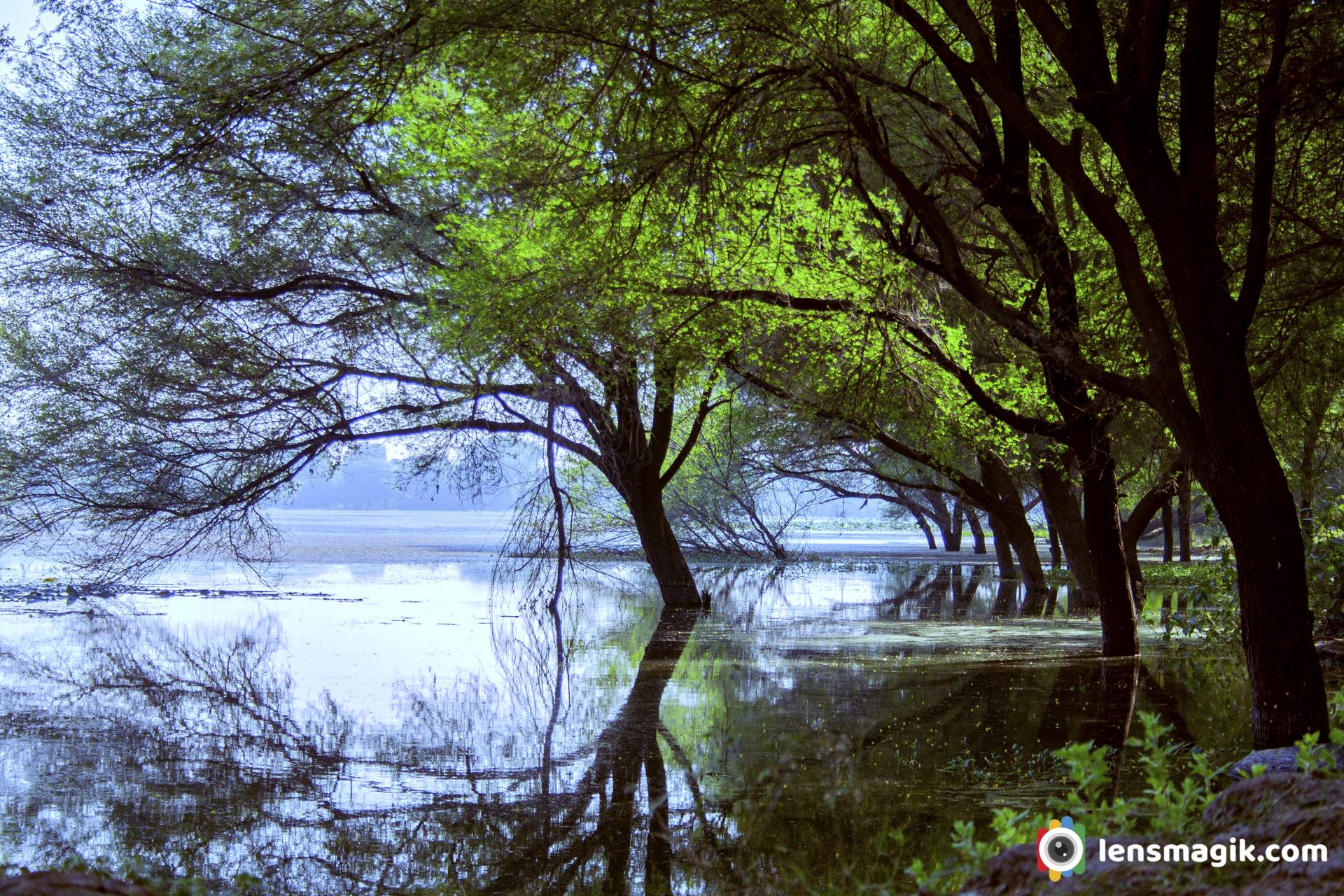
Famous Migratory Birds of Thol Lake
• Flamingos
• Sarus Crane
• Great White Pelican
• Mallards
• Bar Headed Geese , Grey Headed Geese
• Waterfowl
There are also some spices reported here like Dalmatian Pelican, Indian Skimmer, Greater Spotted Eagle, Indian Vulture and white rumped Vulture etc. In Mammals Bluebull, Blackbuck and Golden jackal reported here.
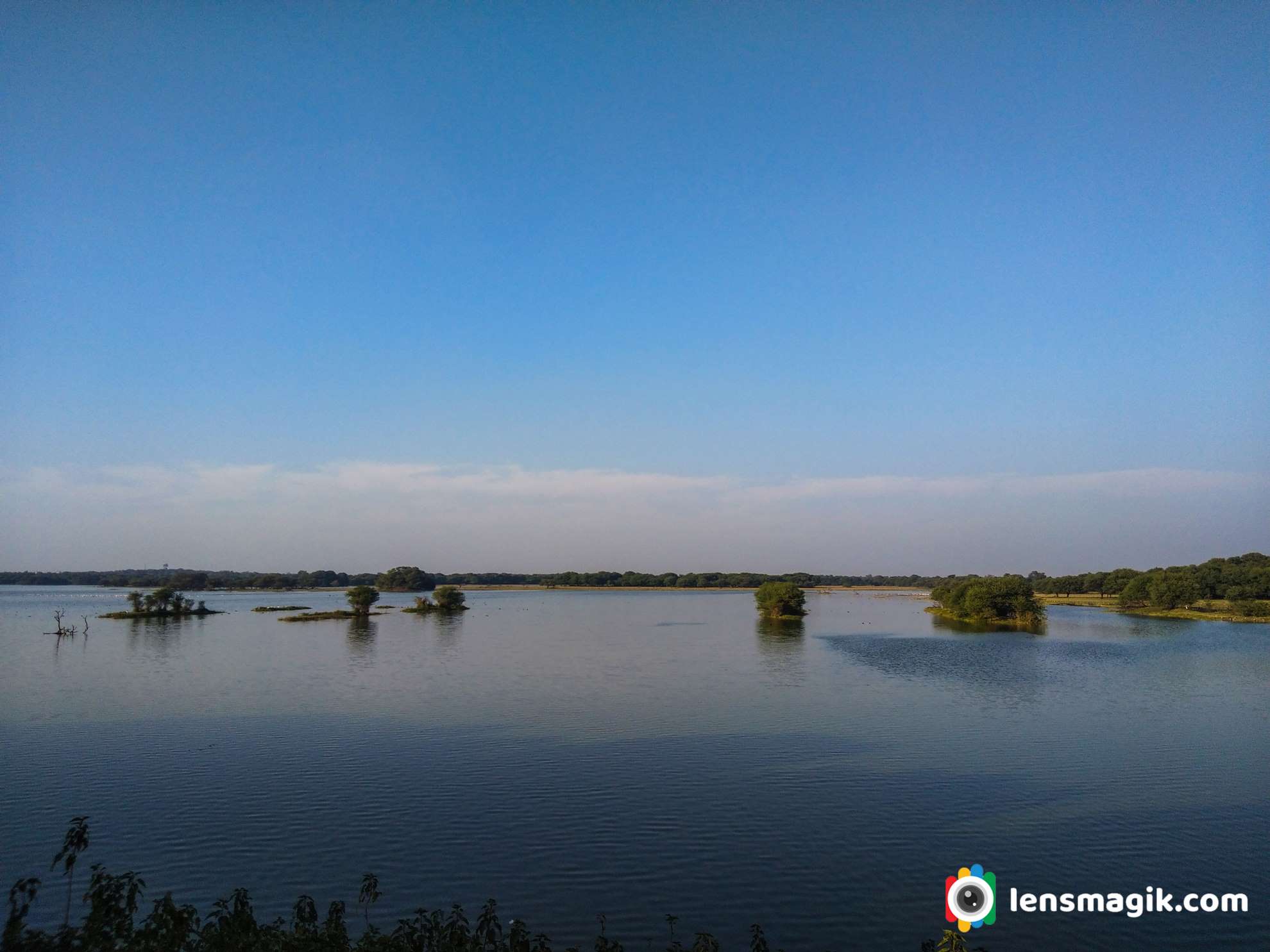
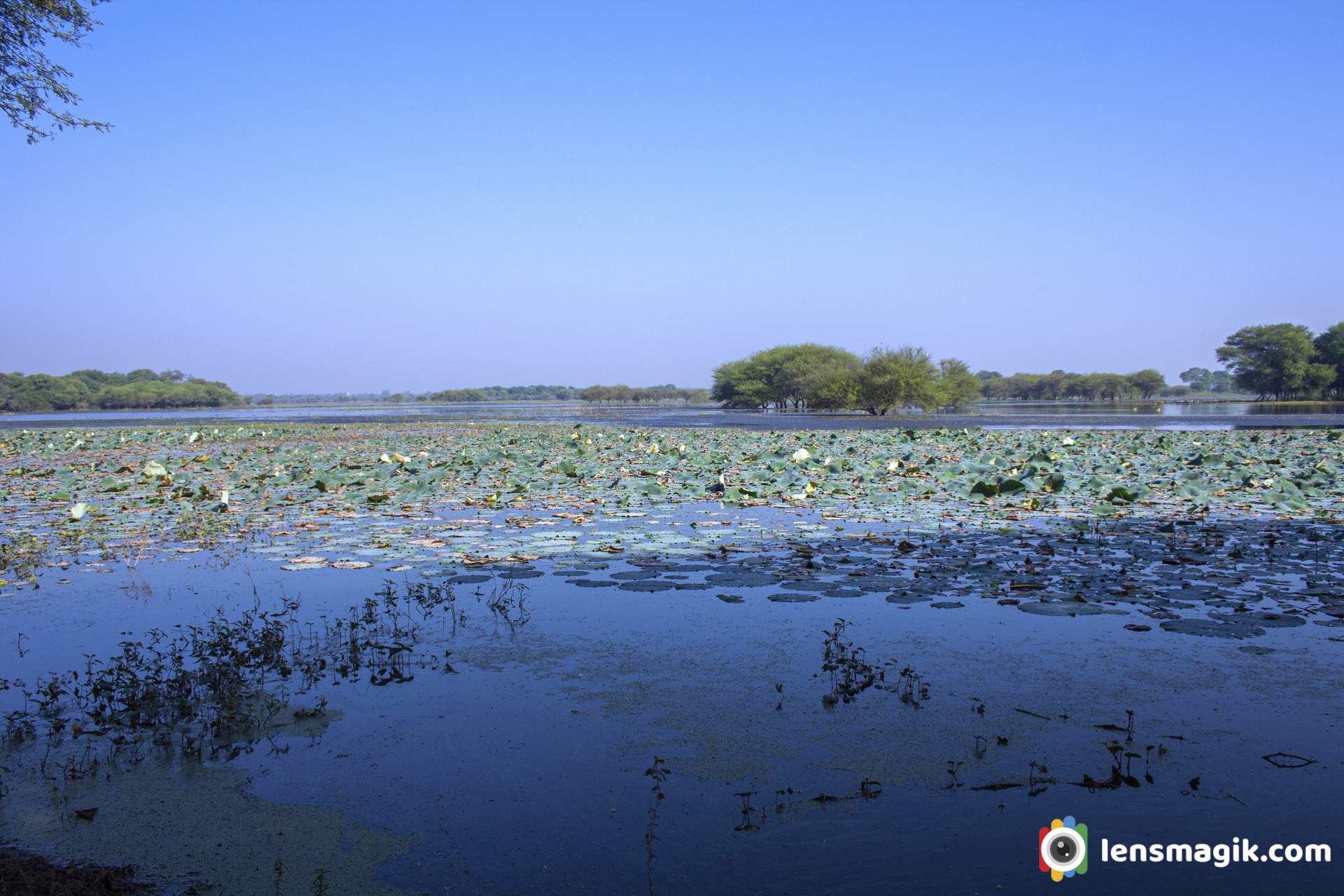
Thol Lake Timing and Fees :
Thol lake open everyday at 6 AM in morning and close at 5.30 PM in evening. Entry fees for Thol Lake or Thol sanctuary is 50 INR for per person. Also Camera fees extra at 200 INR and if you go via car then car fees also 500 INR. Foreigner fees are 10 $ per person.
Best Time to Visit Thol Sanctuary / Thol Lake :
Best time early morning for Thol Lake. In winter if you go before sunrise you can see Twilight sky amazing with lake shore and birds sound .During all season Thol lake has its own beauty. Every season you can visit at Thol Lake. But mostly during winter from November to March season is best for Thol Sanctuary visit. Because during winter lots of Migratory birds came here and stay for long time so for birding winter season is best at Thol Lake. Also during summer some of birds stays here like flamingos and pelicans, geese etc. So you can also see them in summer too. Also during summer water level of lake is low so may be the birds you can get in deep or sometimes closer. During monsoon most people don’t visit but if you like macro photography then you must visit Thol lake in monsoon. You can get some excellent macro subjects like waterdrops , Spiders, Insects etc.
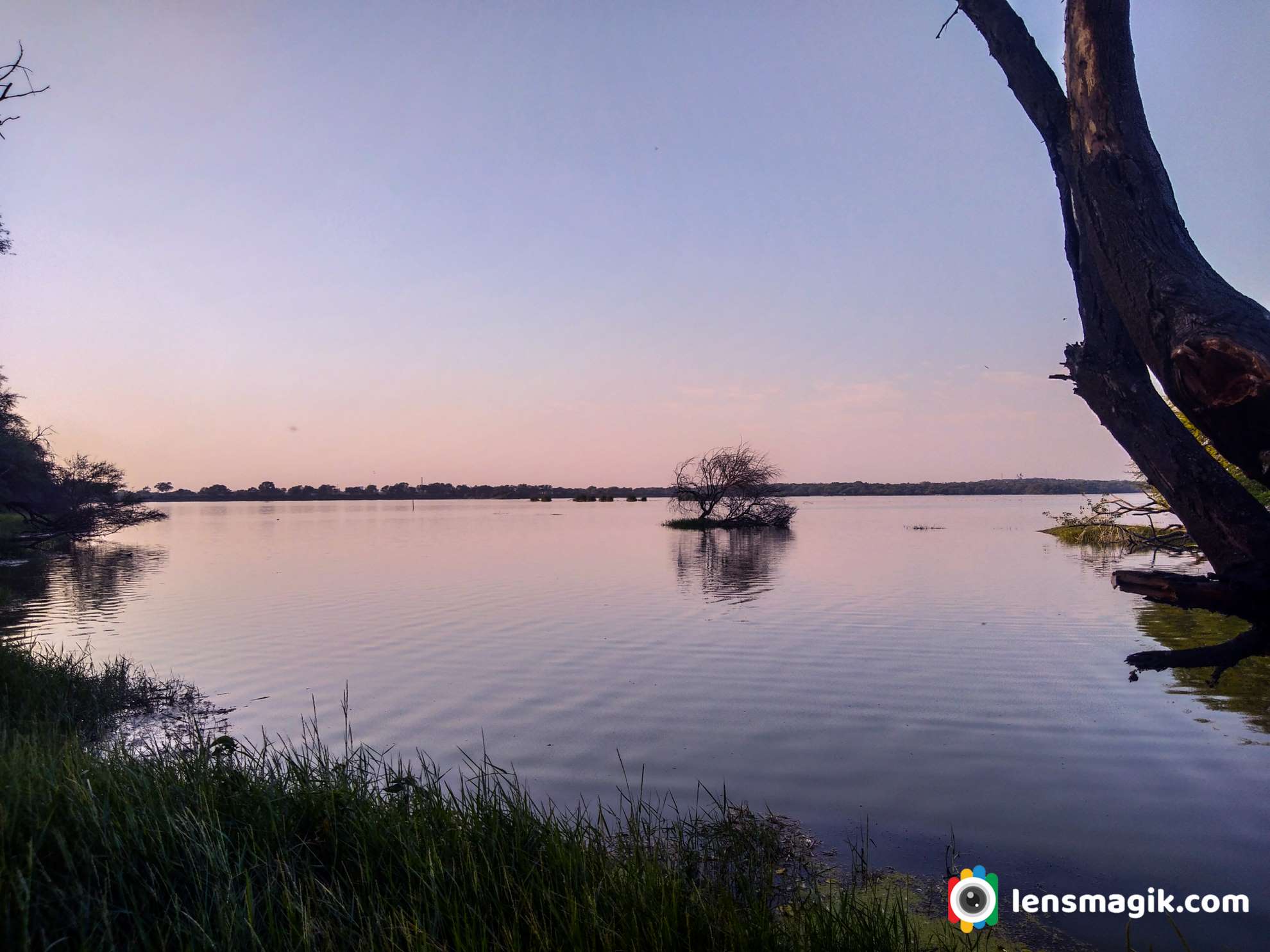
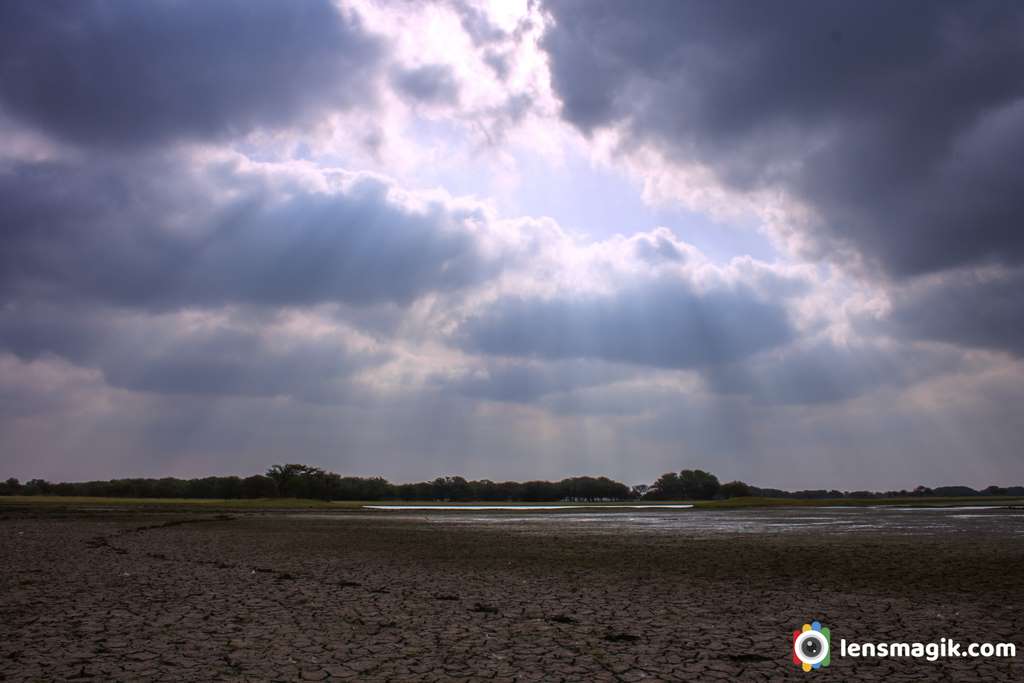
What to do and What not to do in Thol Lake / Keep in mind while visiting sanctuary in India :
• Keep silence in sanctuary
• Maintain discipline
• Keep sanctuary clean
• Do not throw plastic waste anywhere in sanctuary
• Protect wildlife
• Observe birds, mammals etc and protect them and identify them
• Follow rules of wildlife protection act -1972
• Don’t disturb birds and animals
• Don’t enter in sanctuary with liquor and inflammable objects
• Don’t make loud noice.
• Enter in sanctuary with permit only and keep receipt till you leave sanctuary
• Don’t feed birds and animals
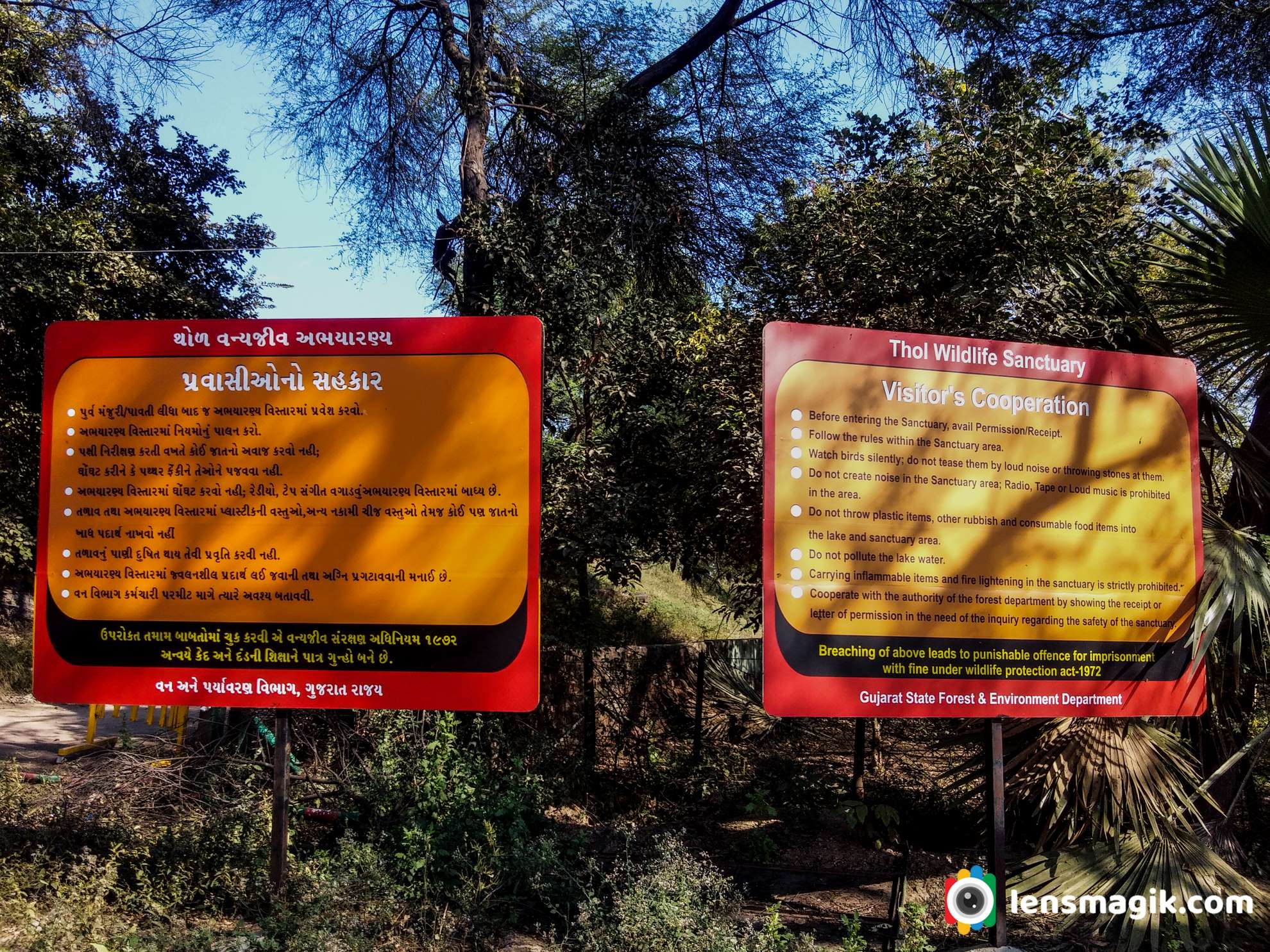
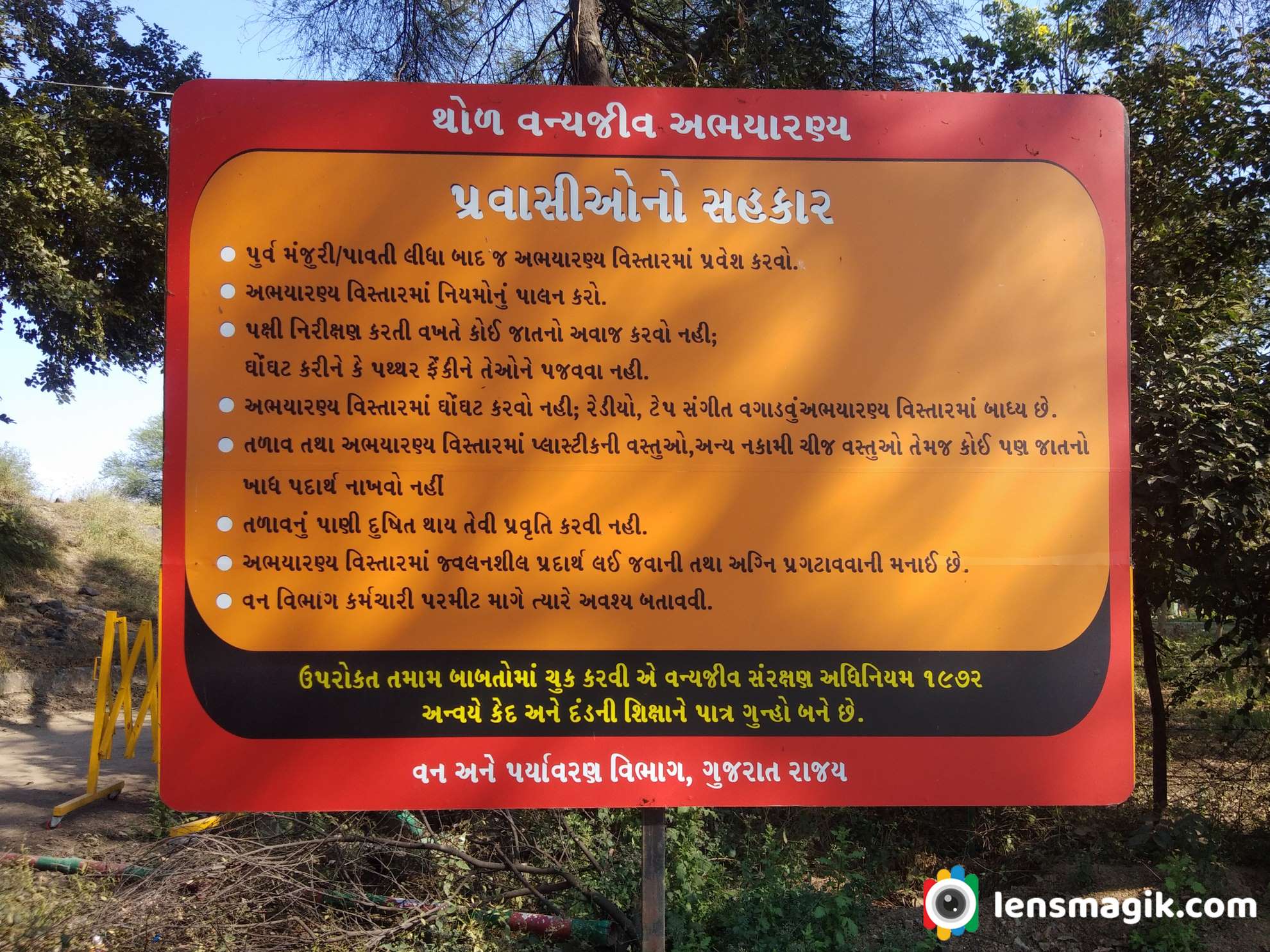
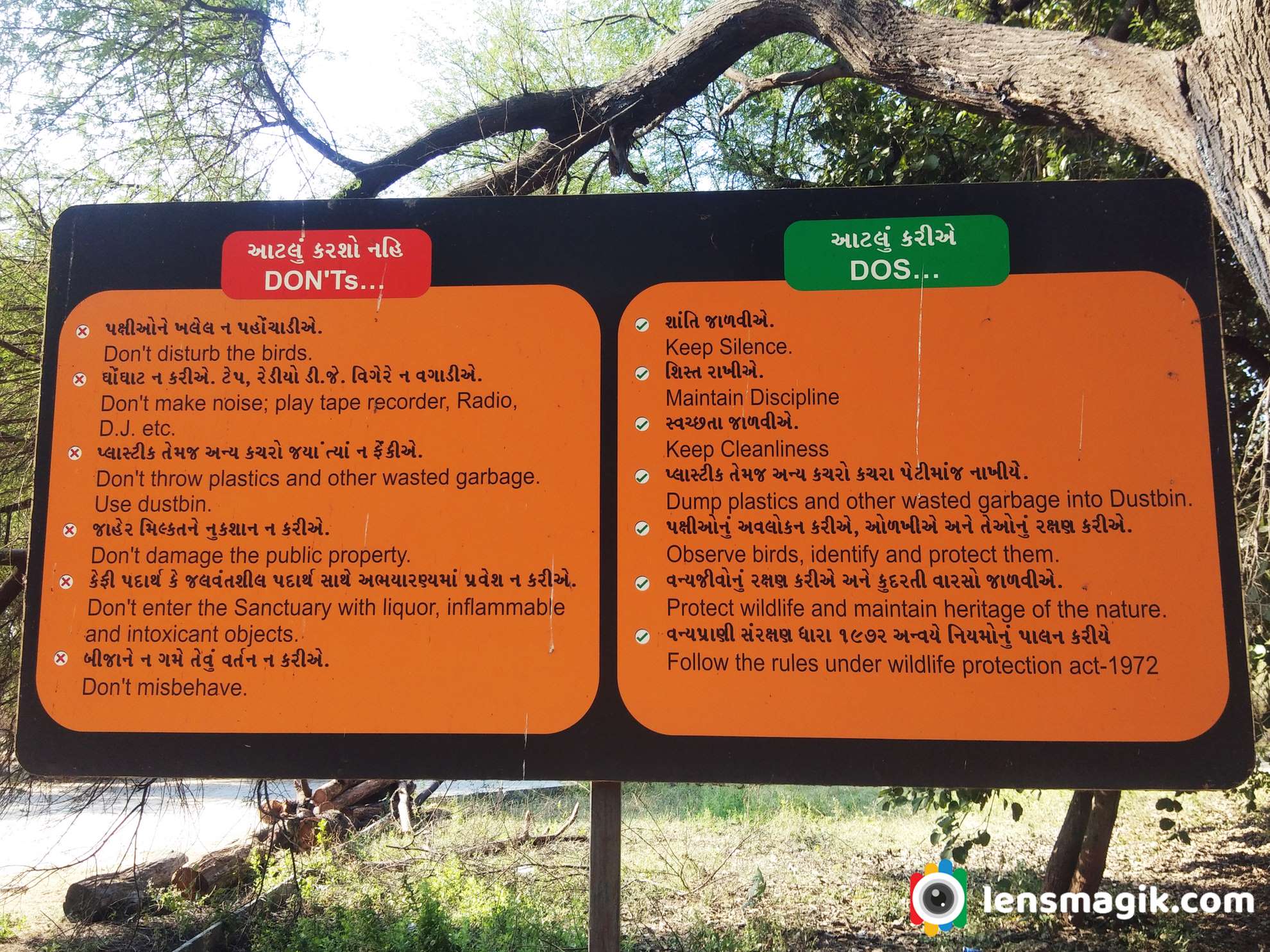
Where to Stay near Thol Lake :
Well near to Thol Lake there are not good places to stay at night but you can go near to destinations like Kadi, Kalol or Gandhinagar , Ahmedabad where you can get good places to stay at night. Nearest I suggest Kalol around 15-18 km or you can go Ahmedabad around 25 km.
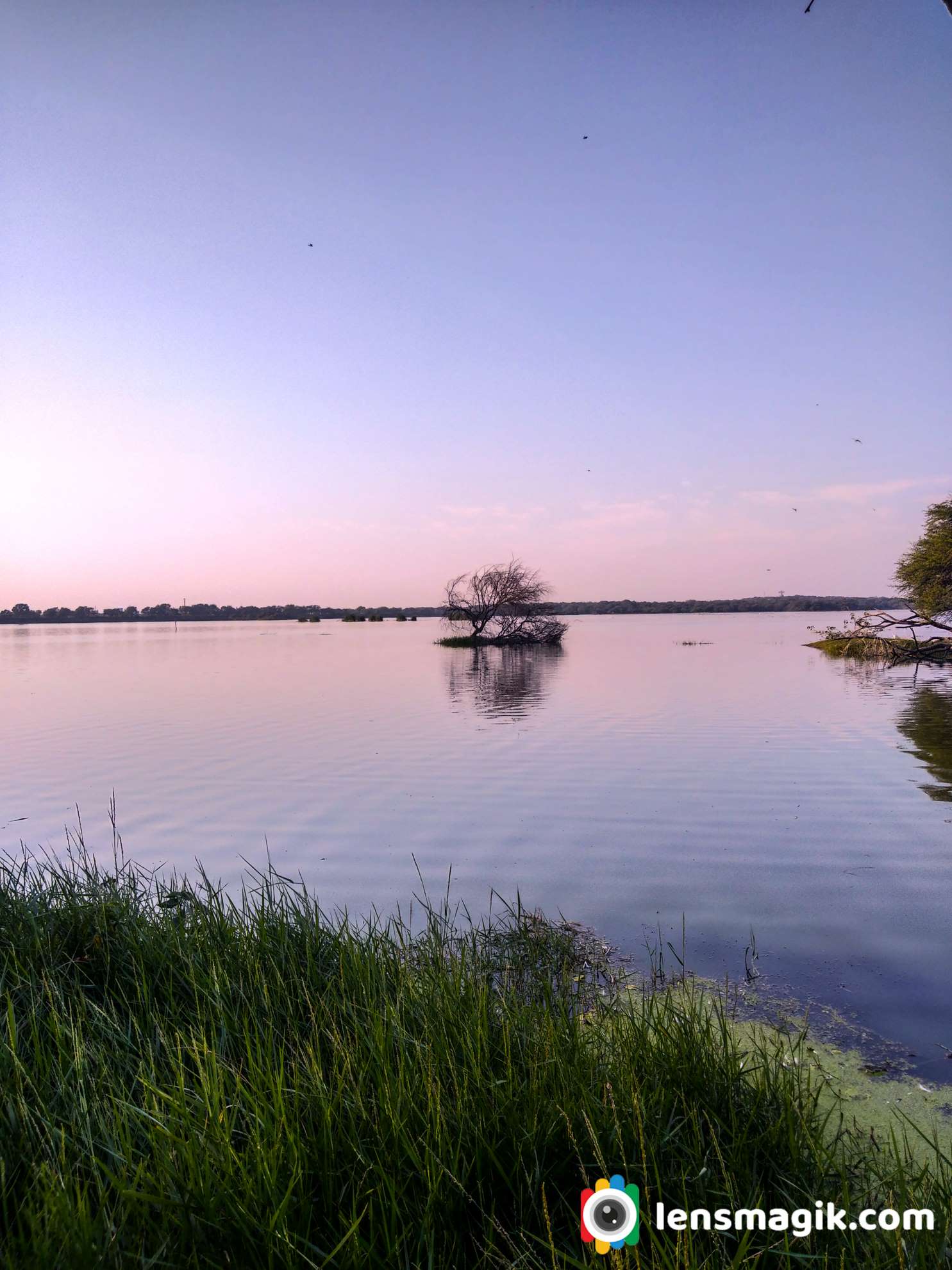

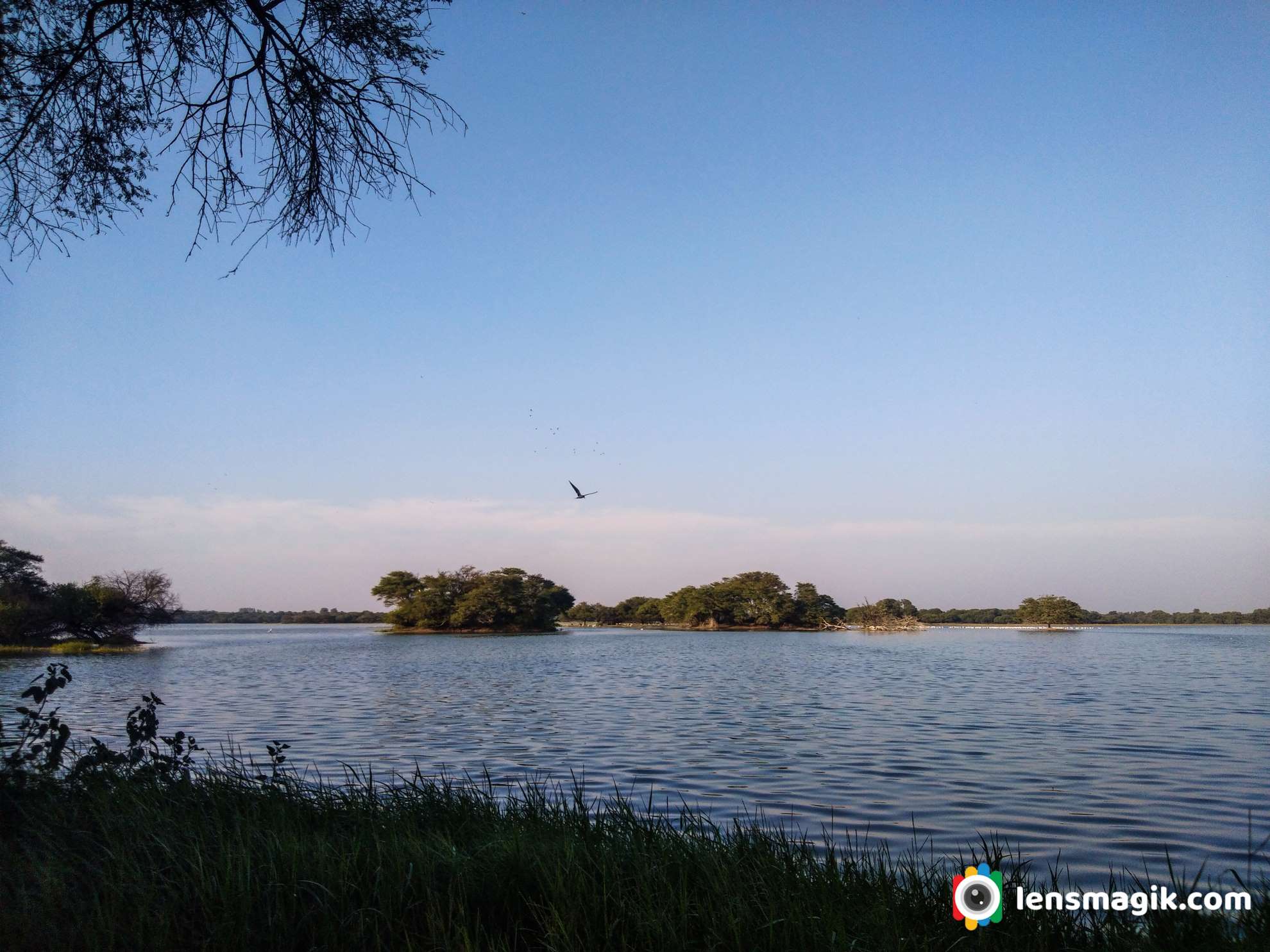


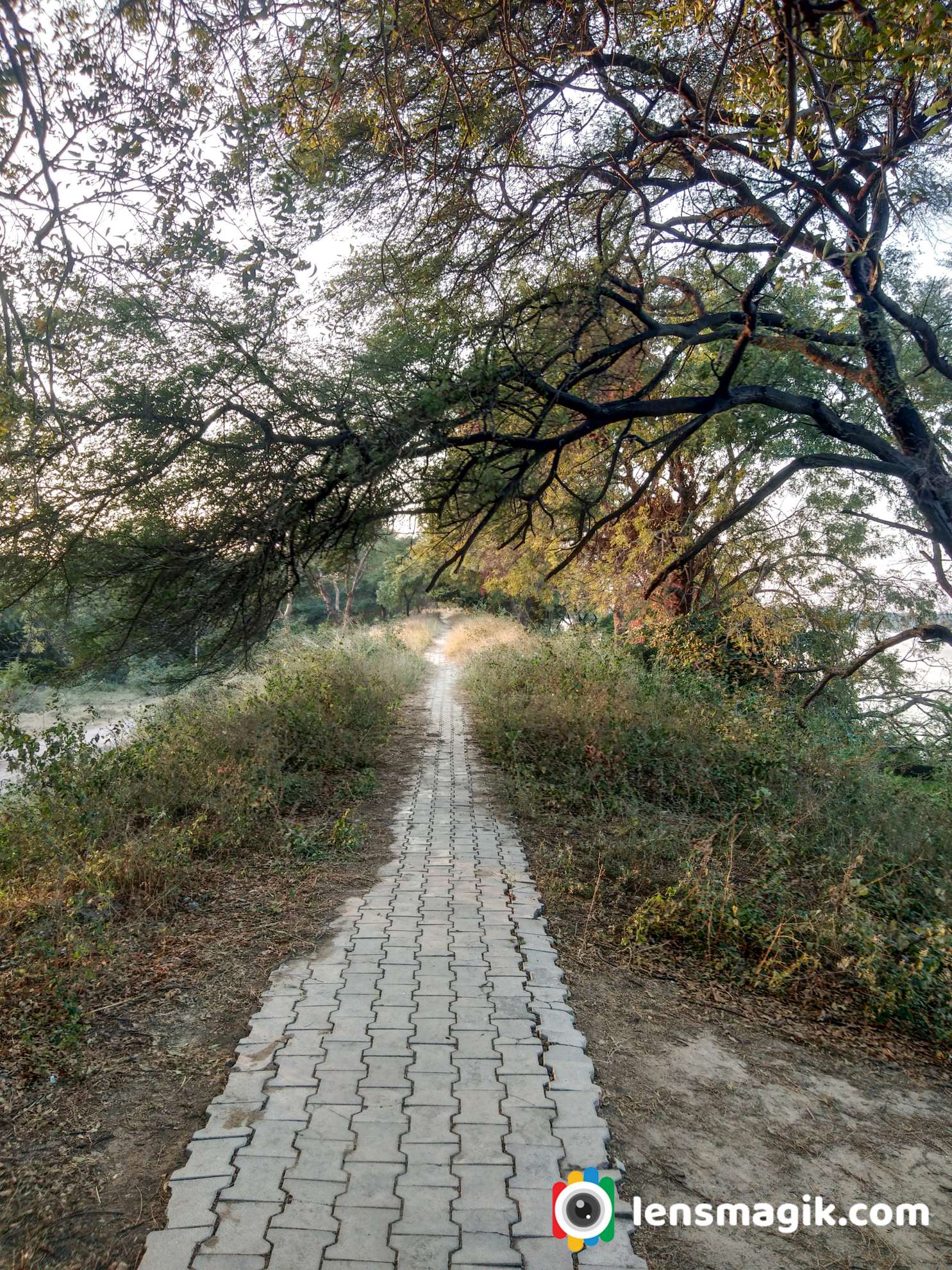
Places to Visit near Thol Lake :
If you are staying at Ahmedabad then go for Ahmedabad Darshan , Pol area of Ahmedabad and Adalaj Ni Vav ( Heritage places ) etc. Also go for fast food test at night at Manek Chauk and SindhuBhavan road there are lots of option for food lovers like Urban Chauk, Freezbee etc.
If you stay at Gandhinagar then visit Mahatma Mandir at Gandhinagar, Sarita udyan , Akshardham Temple etc.
I would suggest Modhera Sun Temple if you had some more time which is around 100km from Ahmedabad. For bird lovers and bird photographer I would suggest visit Little ran of Kutch (LRK) during Winter season, Pariej Lake, Indroda park Gandhinagar, Jessore Sanctuary Banaskantha etc.
How to Reach Thol Sanctuary :
Nearest airport is Ahmedabad and from Ahmedabad thol lake distance is around 30-40 km
Also for Railway station is Ahmedabad because you can get all frequency and destinations from Ahmedabad railway station.
Mt Kanchenjunga or Mt Kangchenjunga both spellings right and whatever you say located in west Bengal India. When i was on my Singalila National park trek i visit it. It was really gesture to see Mt Kanchenjunga from own eyes. A beautiful Mountain surrounded by snow and little bit clouds looks like you are in Heaven. The view i capture makes me very happy to see first time snow mountain in my life. When i was at my last location of my trek at Sandakphu we go for birding and v had a clear mountain view of Kanchenjunga. Kanchenjunga is also spelled Kangchenjunga. Height of Mt. Kanchenjunga/Kangchenjunga is 8586 m . The view of Mt Kanchenjunga from India is amazing as you can see in photos. This Mountain range in wide angle as shown above image looks like Sleeping Budda so this mountain range also known as Sleeping Buddha Mountain Range too.
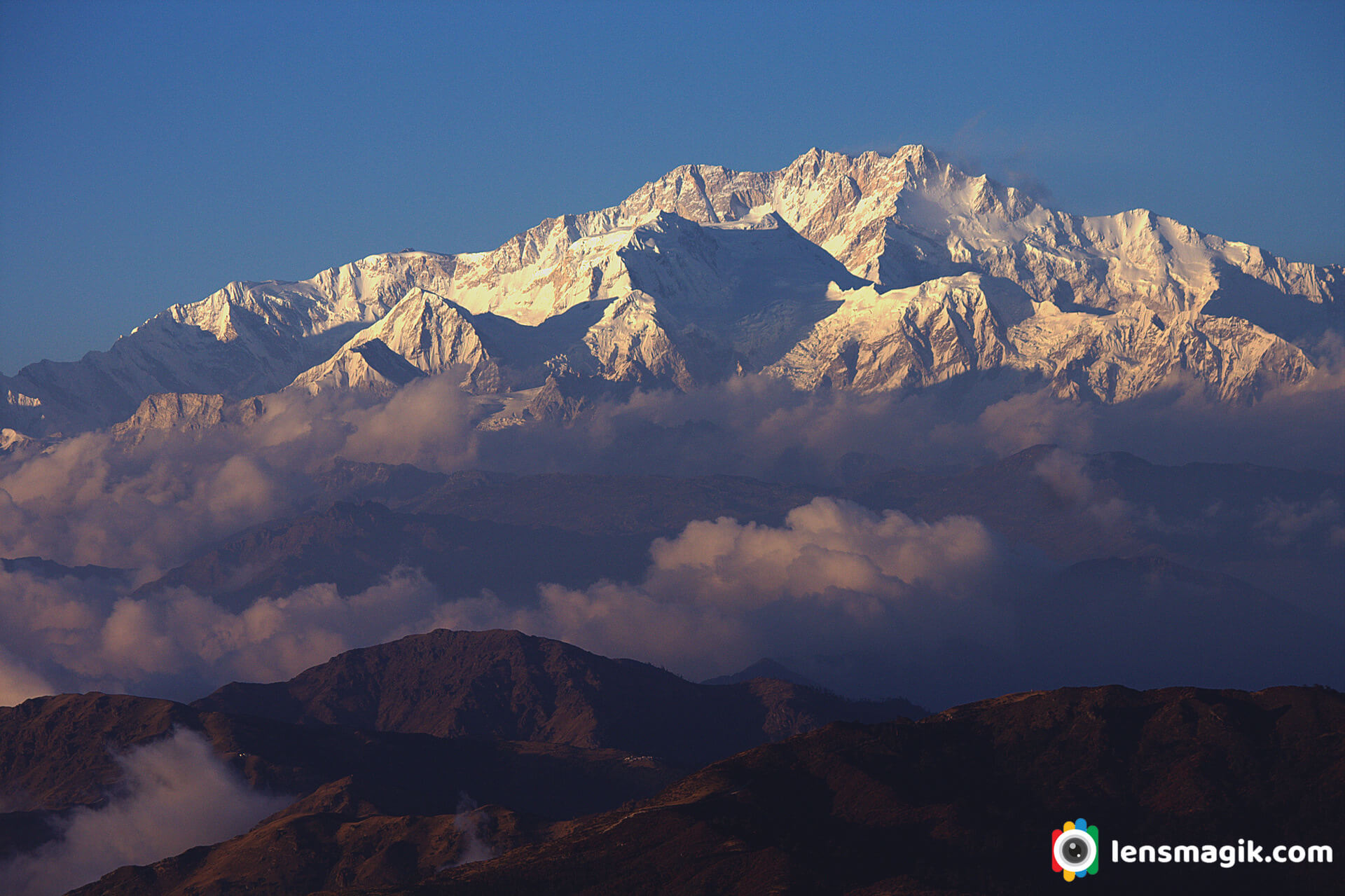
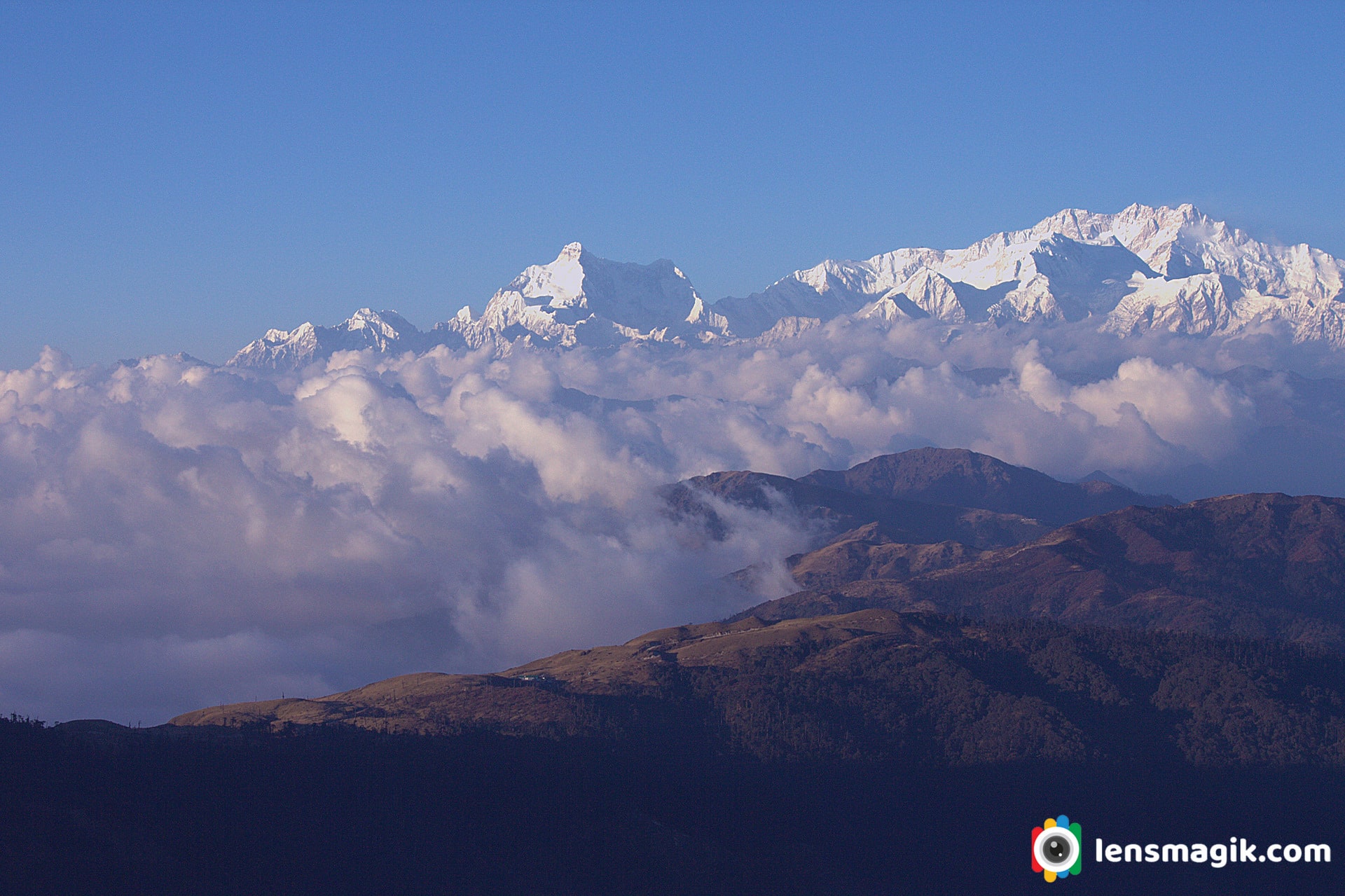
The name Kanchenjunga is derived from sanskrit kanchana ganga . Kanchana means gold and ganga is the river which flows in the region. The river shines like gold and hence the name Kanchana Ganga was given to this mountain.
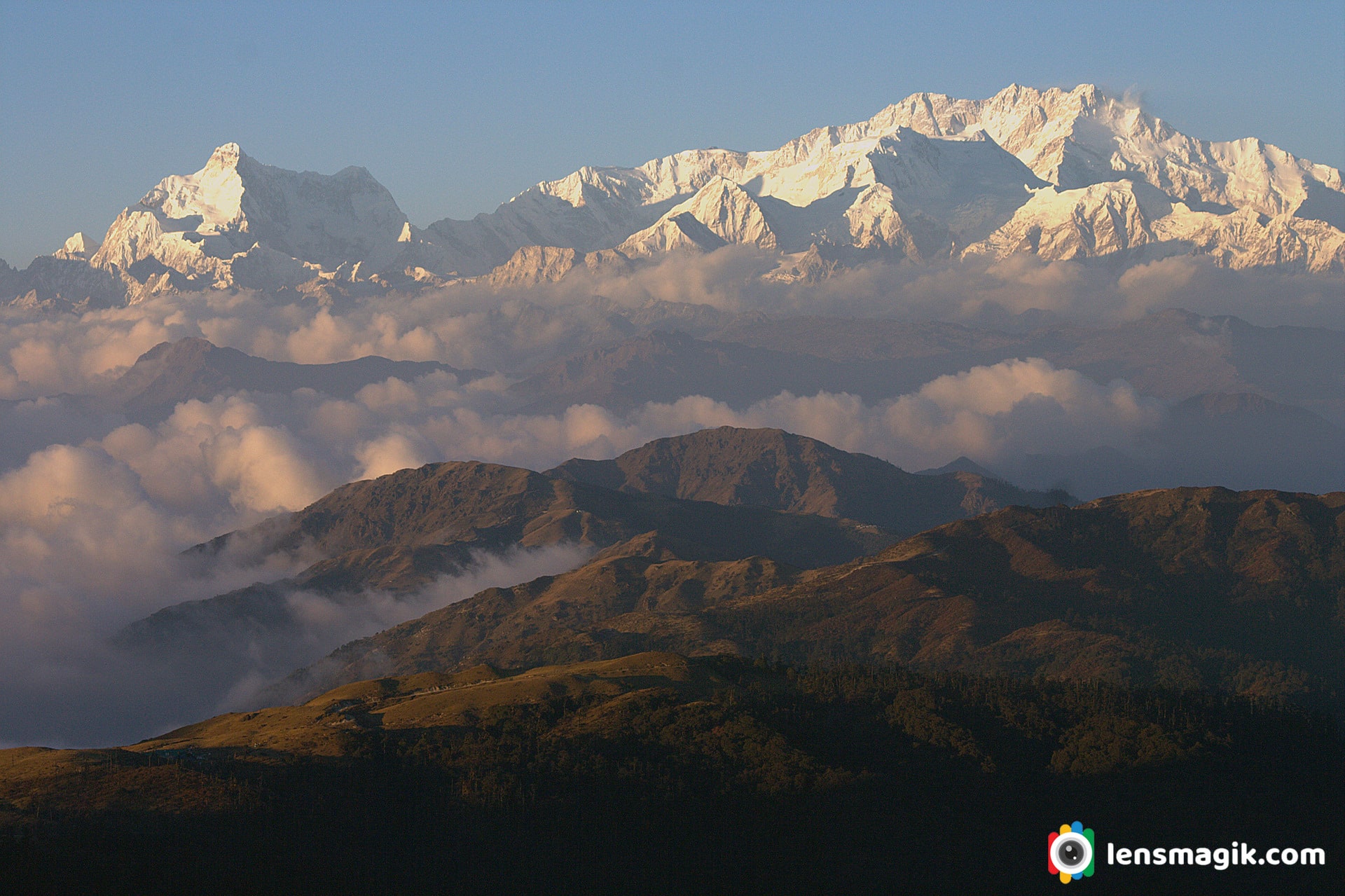
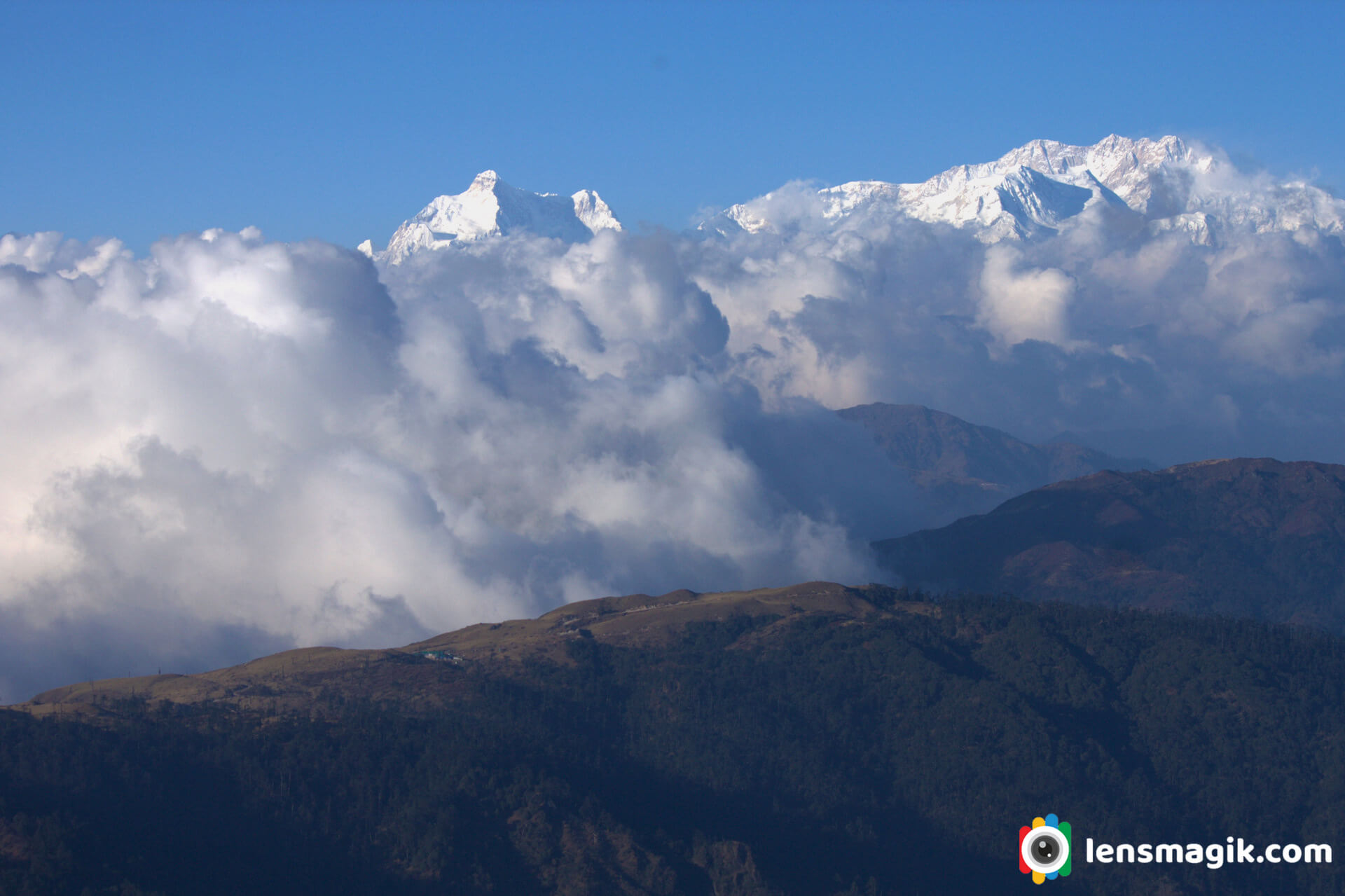
Things to know About Mt. Kanchenjunga/ Mt. Kangchenjunga :
- Kanchenjunga Mountain is about 28,169 ft height and located along the Nepal-India border in the Himalayas.
- It is the third highest mountain in the world.
- It contains 5 peaks and four of them above 27,700 ft of heights.
- Kanchenjunga is also name of surrounding section of Himalayas and means THE FIVE TREASURES OF SNOWS .
- Joe Brown and George Band was the first climber of Kanchenjunga mountain on 25 may 1955.
- Kanchenjunga mountain boundry shared by Nepal, India, China and Bhutan.
- Total 5 peaks of Kanchenjunga are Kanchenjunga Main ( 28169 ft ), Kanchenjunga West ( 27904 ft ), Kanchenjunga Central ( 27828 ft ), Kanchenjunga South ( 27867 ft ), Kangbachen ( 25928 ft ).
- Kanchenjunga Main is the highest elevation of Brahmaputra River.
- There are four climbing route for Kanchenjunga among them 3 are from Nepal and one from Sikkim India.
- It is also known as Sleeping Buddha Mountain range.
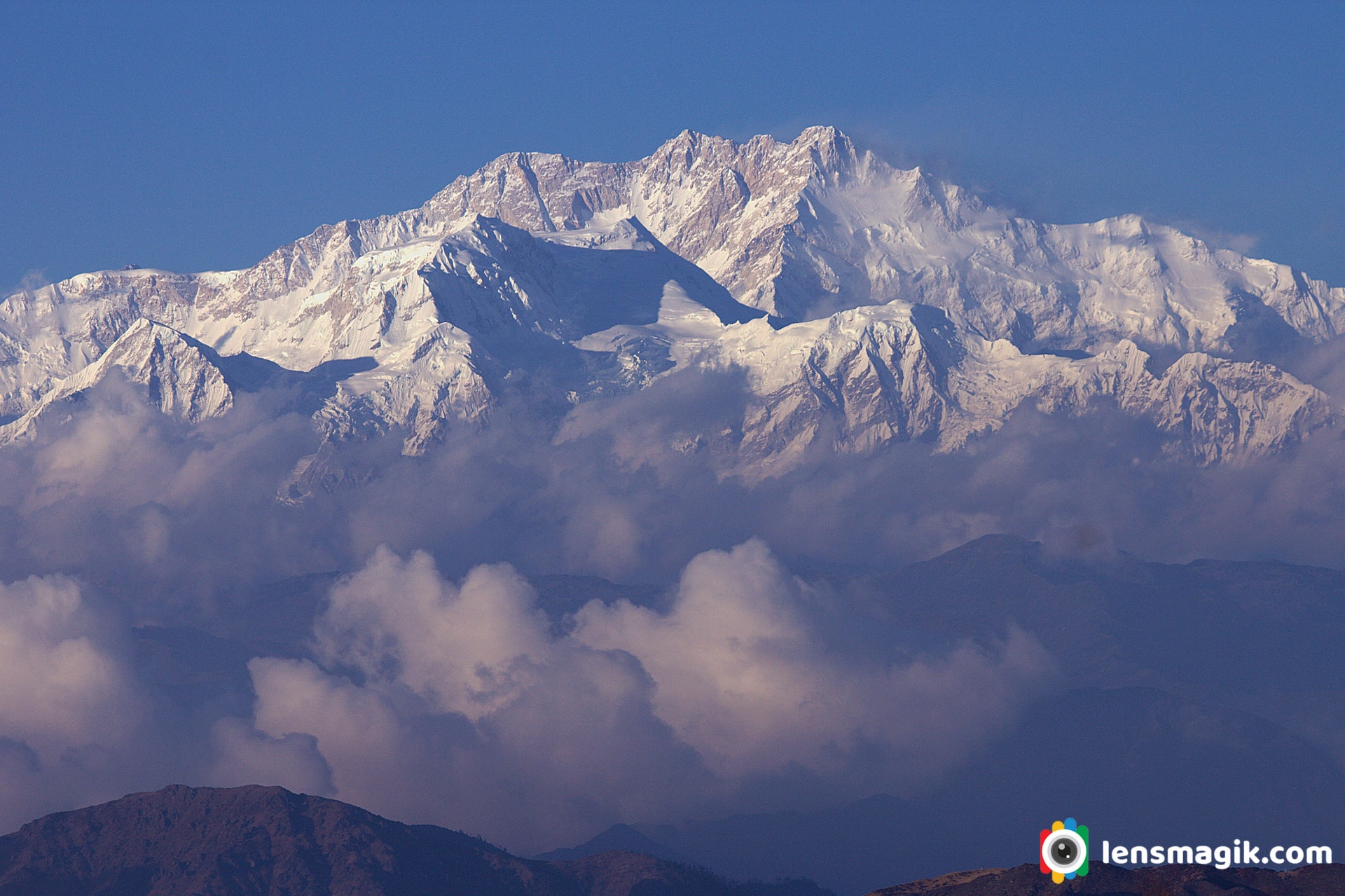
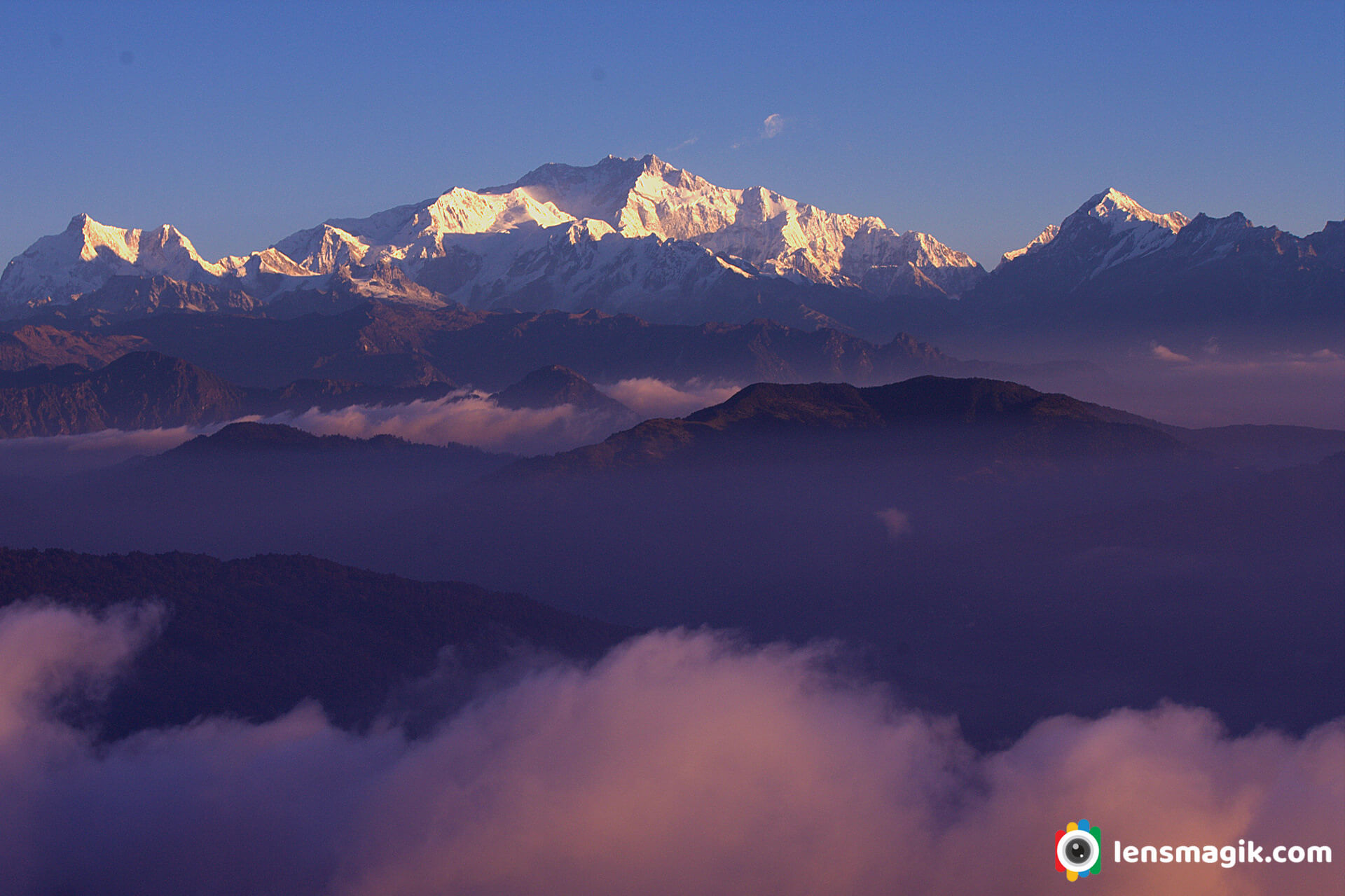
When i was on a tour to Singalila National Park we have a terrific view of Kanchenjunga mountains and also other Himalayan mountains. The best view of Kanchenjunga i saw from Sandakphu located at India-Nepal border. I also saw Mt. Everest from here. Everest is on a long distance but if weather is clear you can see it very clearly.
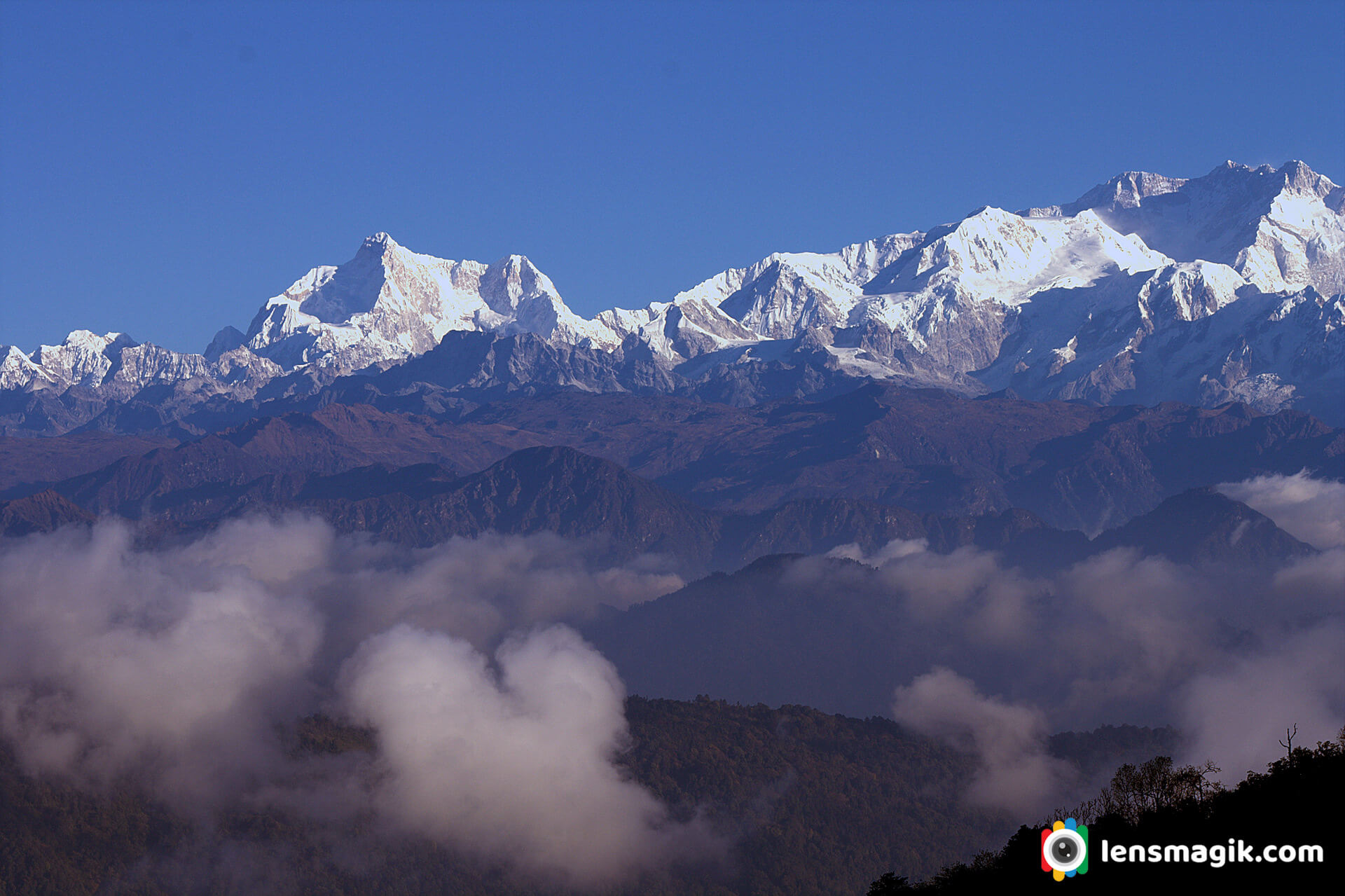
In above picture the mountain shows in left side ( Triangle 3 peaks ) of Mt Kanchenjunga is Kumbhakarna Mountain.
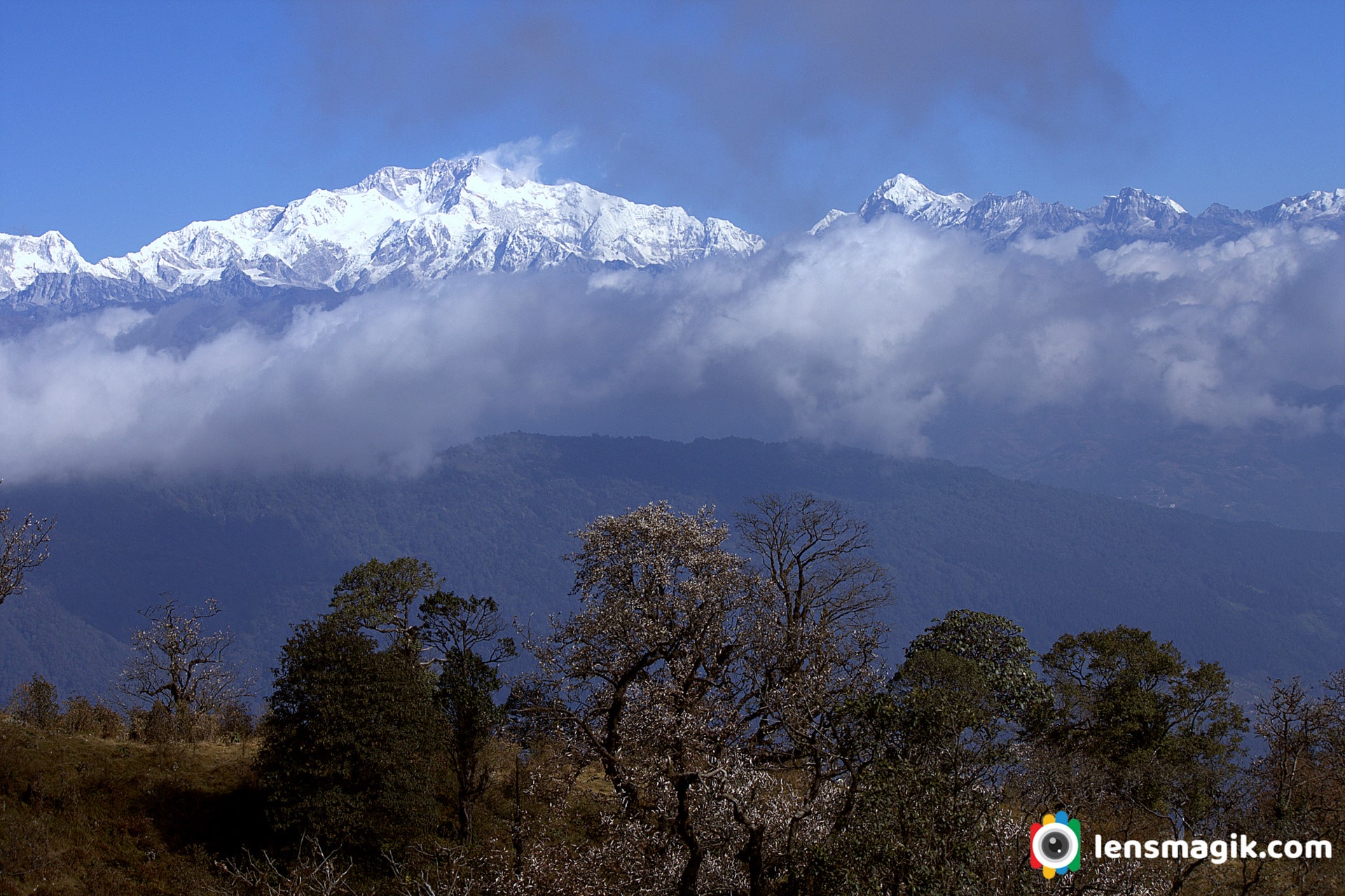
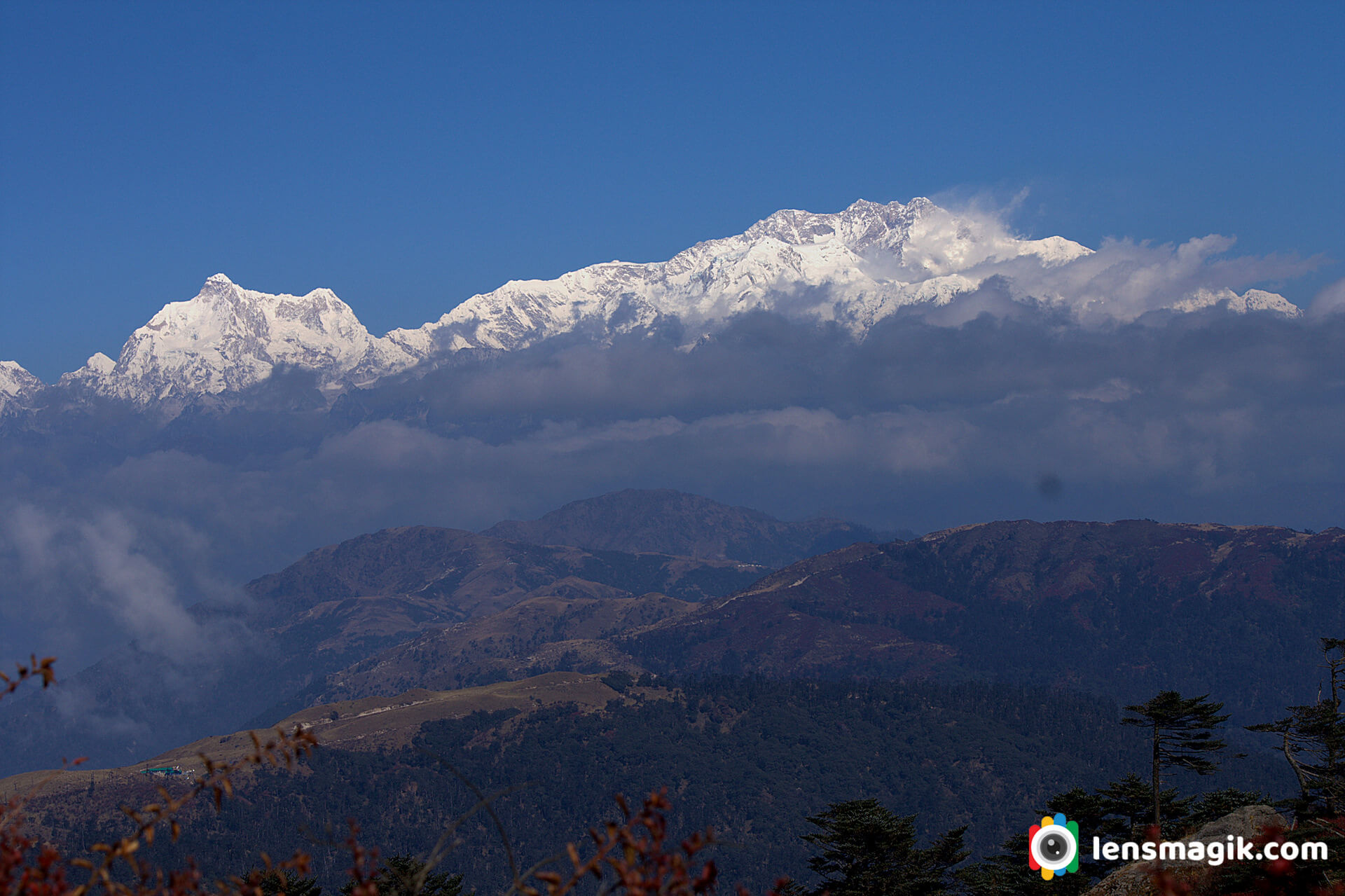
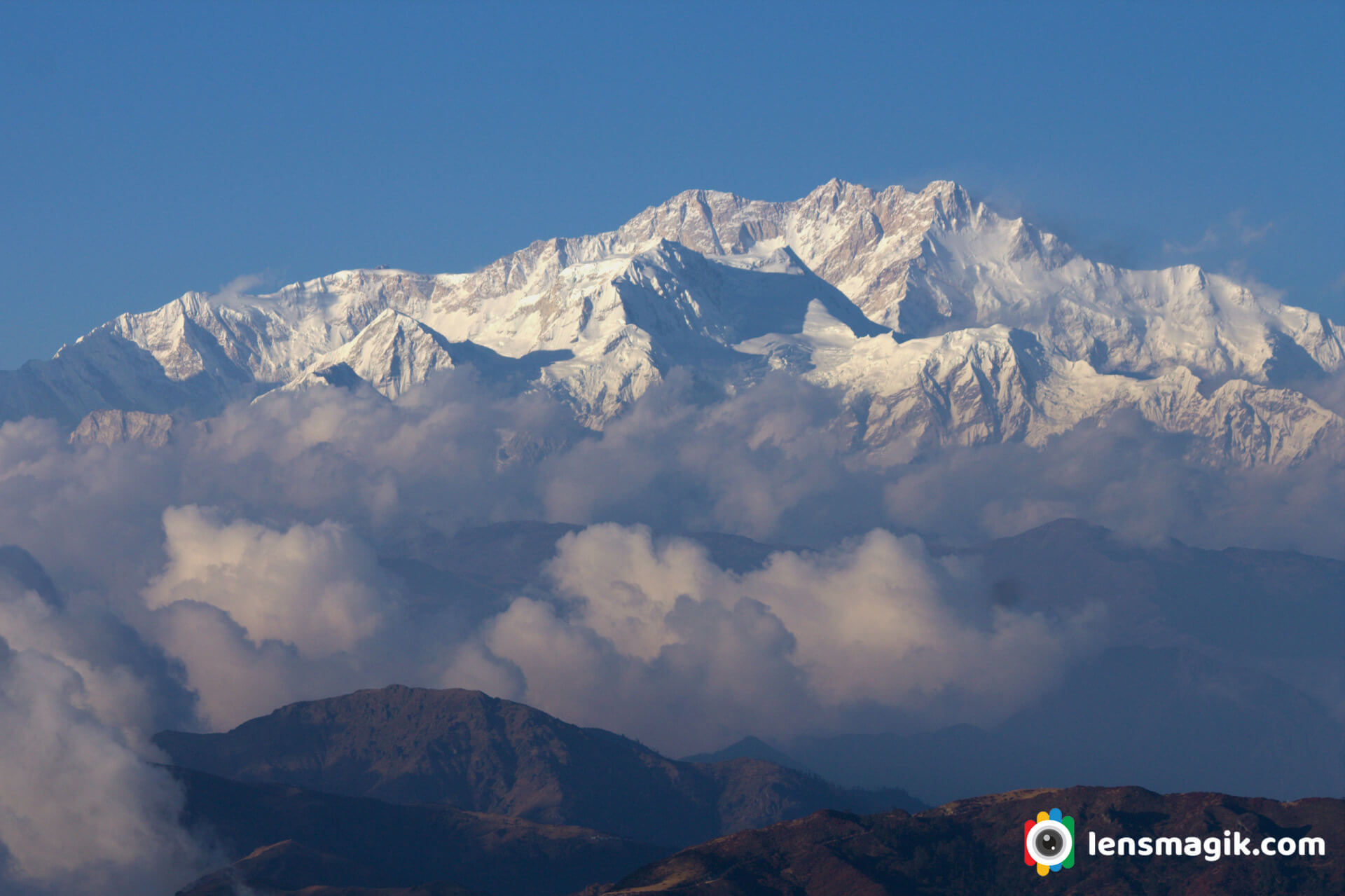

Sandakphu trek is one of the beautiful trek among India and also of Himalayas. During summer lots of trekkers go for these trek and also Phalut trek. At Sandakphu you can stay a night and just see at night the sky is full of stars. I was never seen such stars in my life. A milky way you can see and it was amazing experience of star gazing at Sandakphu. Also after dark a sunrise is beautiful as enough. At 4 or 4:30 am sunrise time and we were ready to see first light of sun rays on Himalayan mountains. The color of rays are red orange color looks beautiful on snow mountain of Kanchenjunga. Thats the beauty of Himalayas.
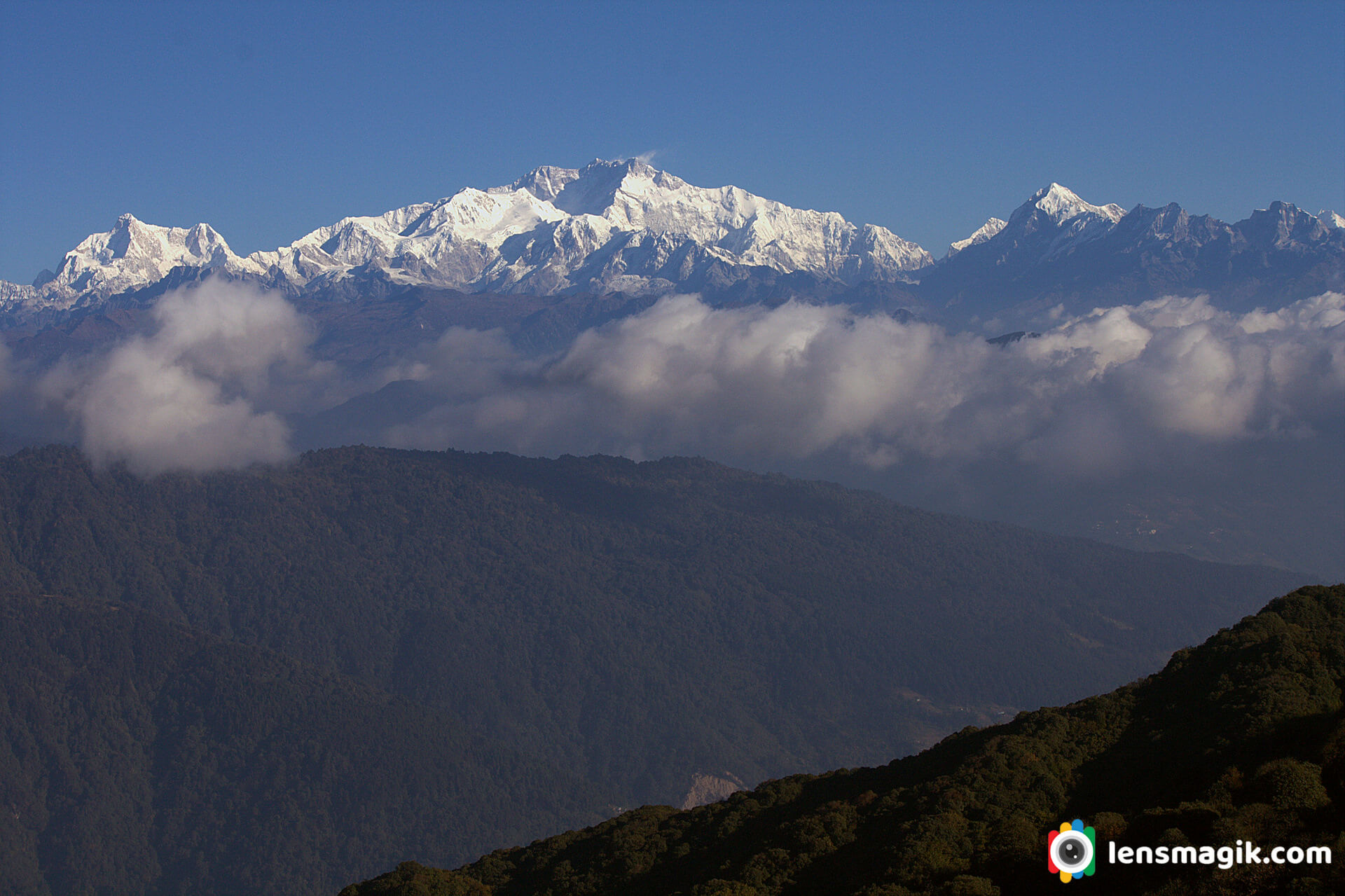
For climbing Mt. Kanchenjunga you can go from Nepal only because Indian Government has been closed Northeastern Sikkim route of Kanchenjunga since 2000. To See Mt. Kanchenjunga from India Sandakphu is the best place. You can go to Sandakphu via Trek or via Range Rover car hire at manebhanjan village. Nearest airport is Bagdogra or you can go to Kolkata and go for overnight train from Kolkata.
Gear used : Canon 1000 D body, Canon 18-55 mm lens, Canon 55-250 mm lens.